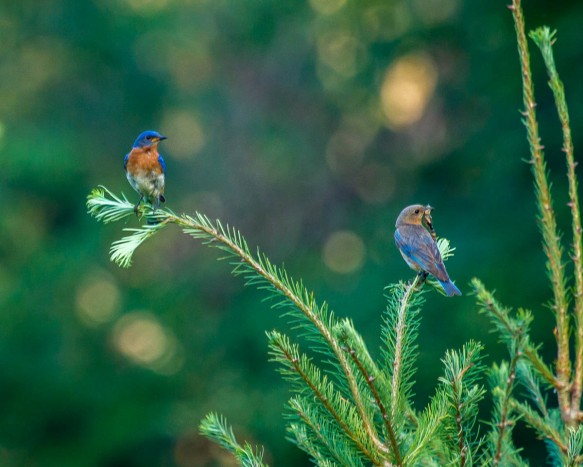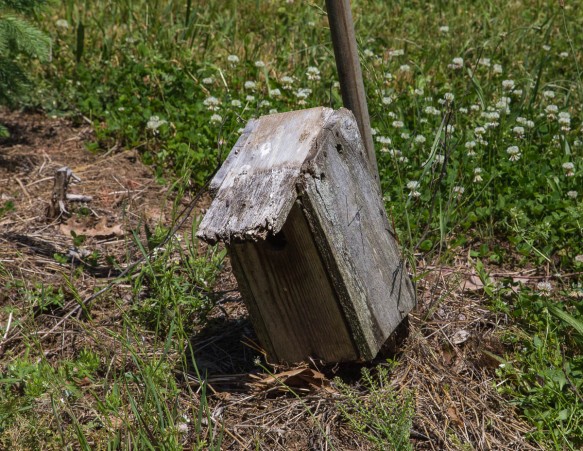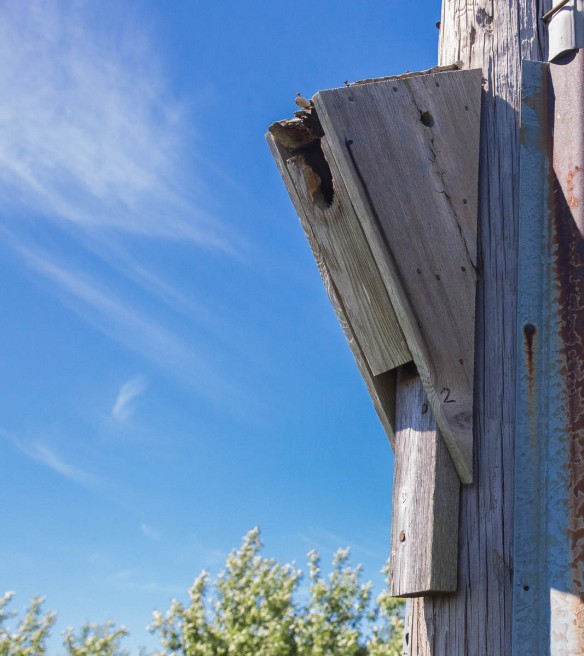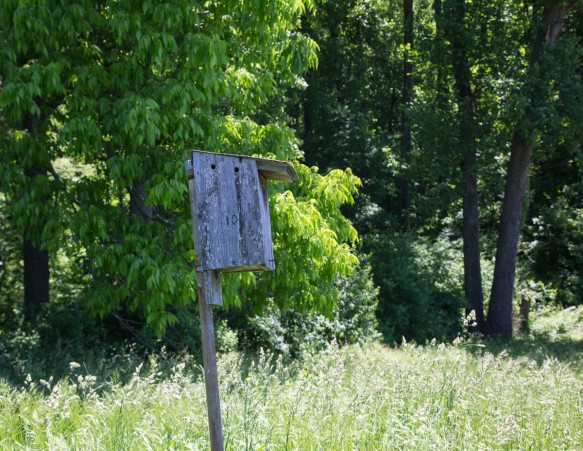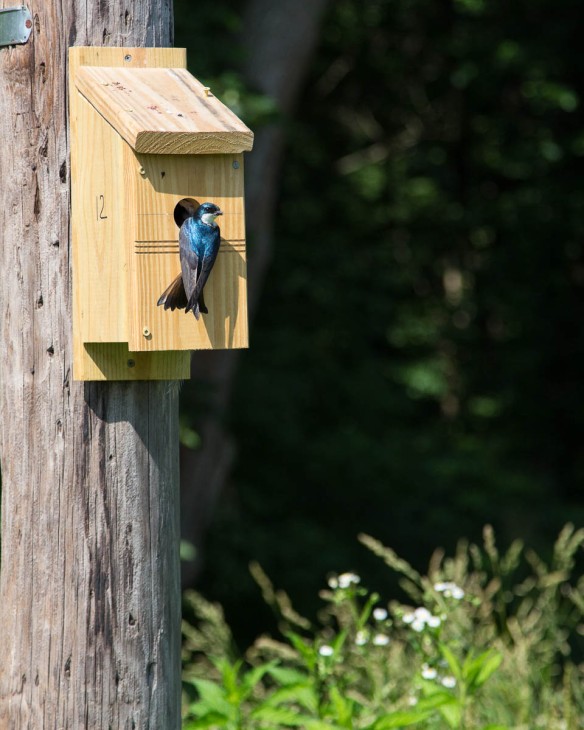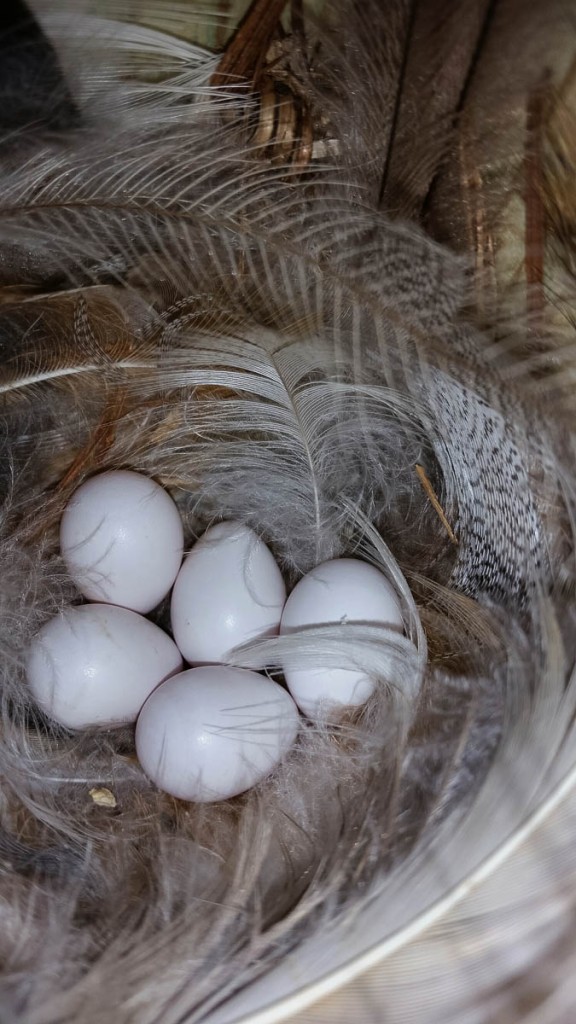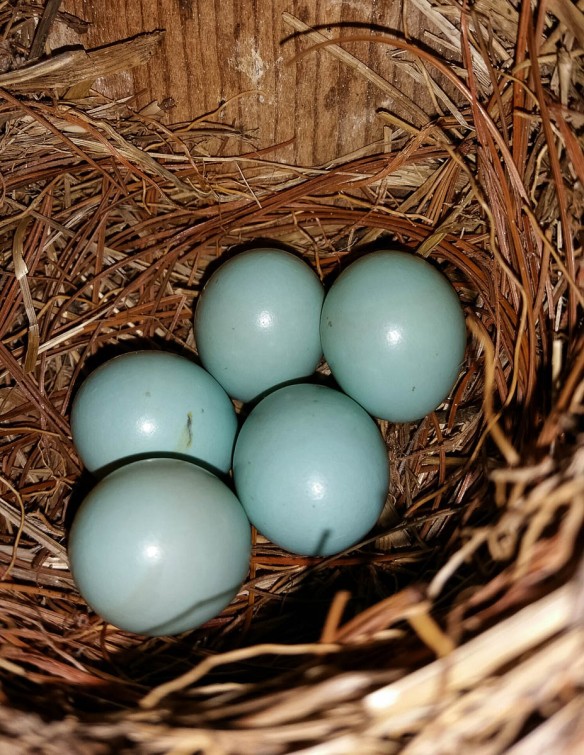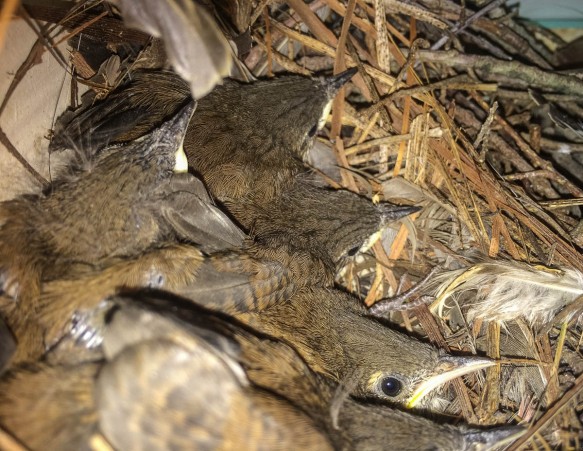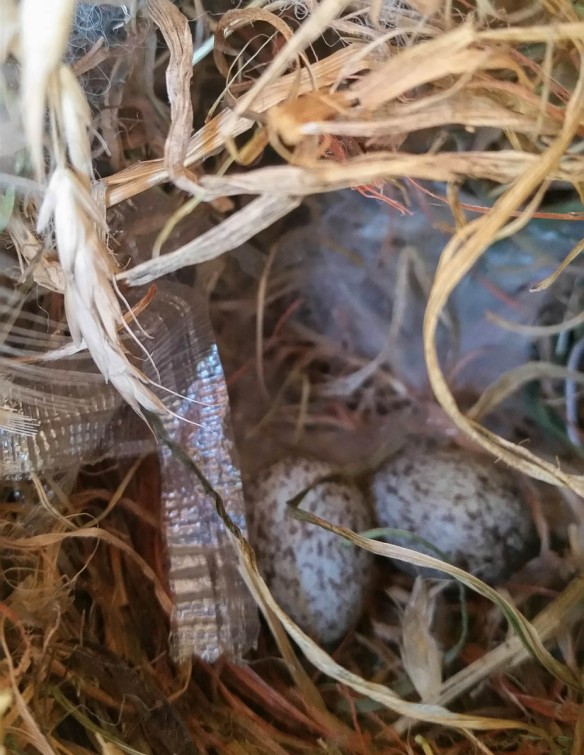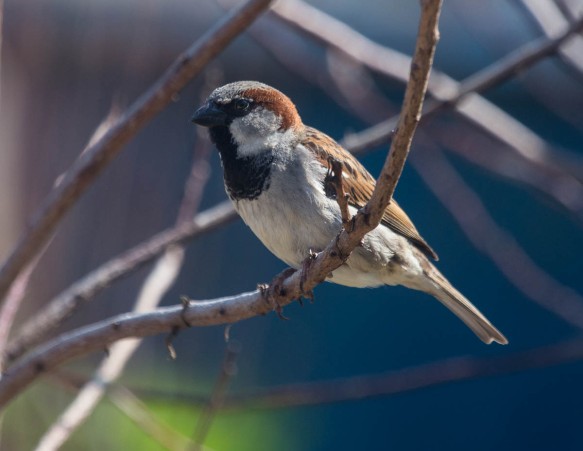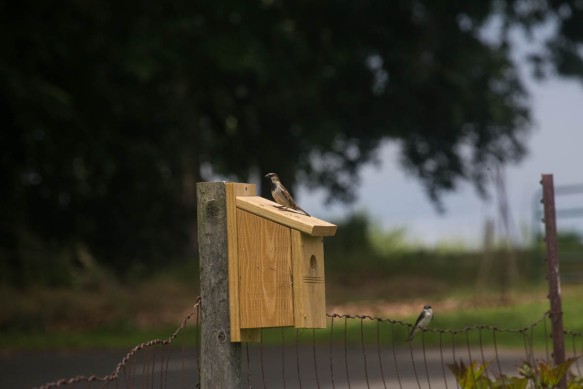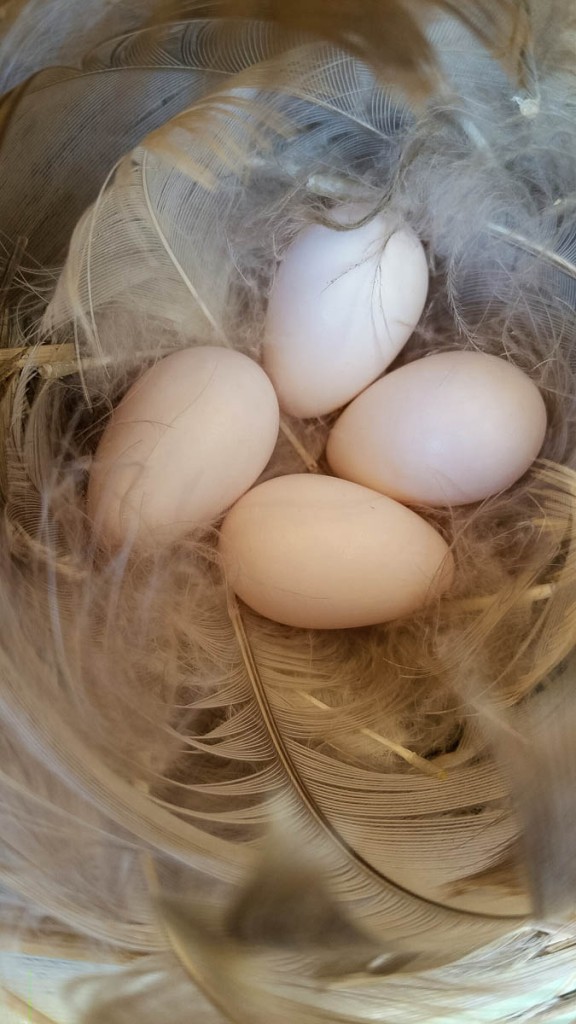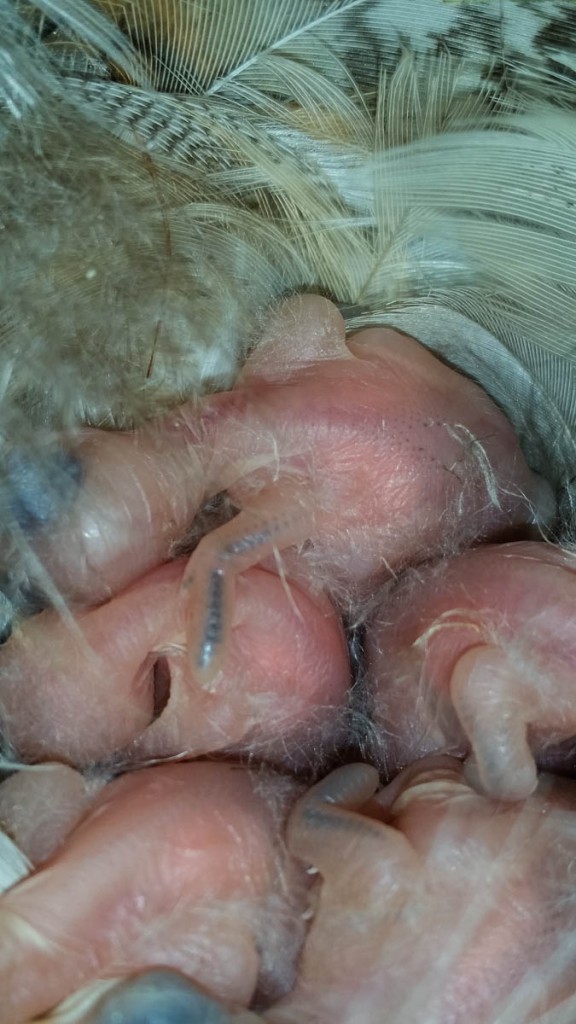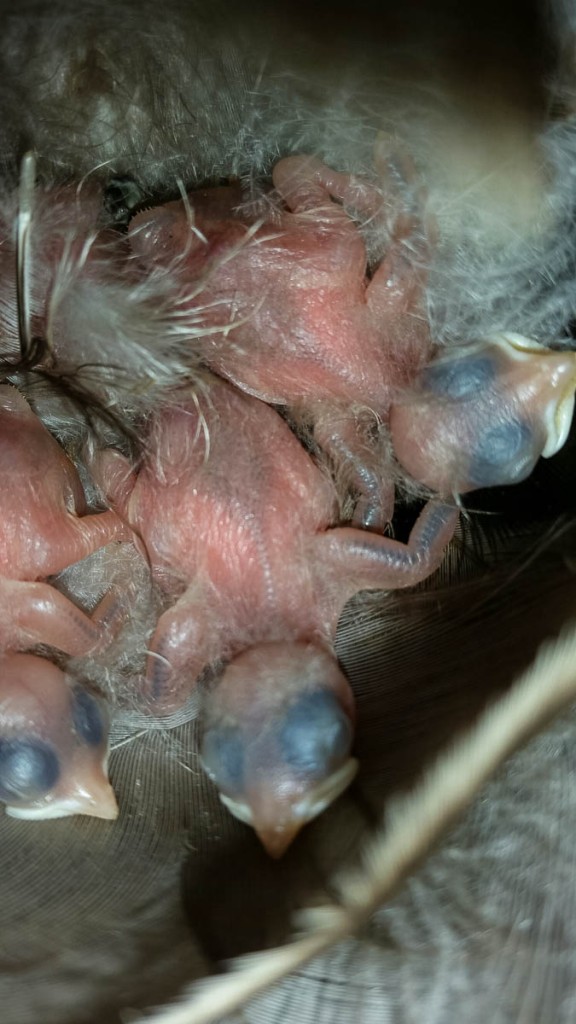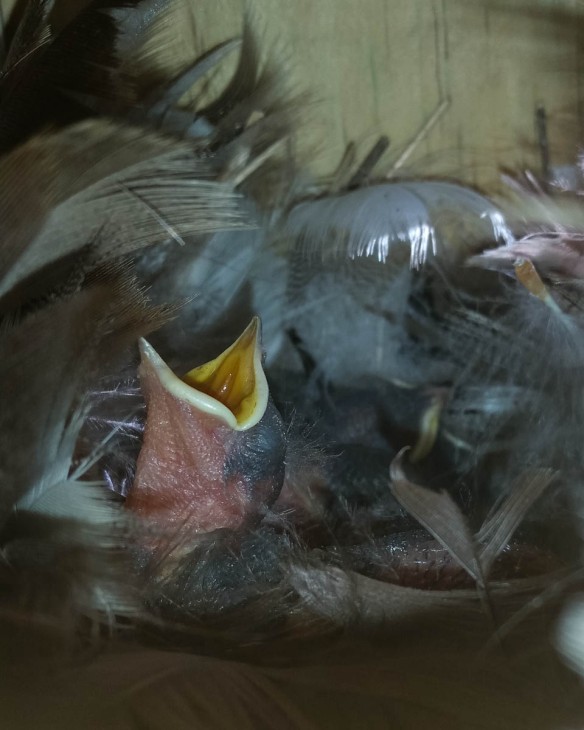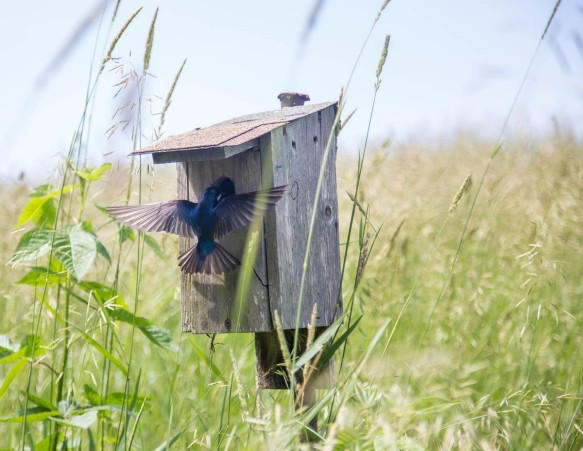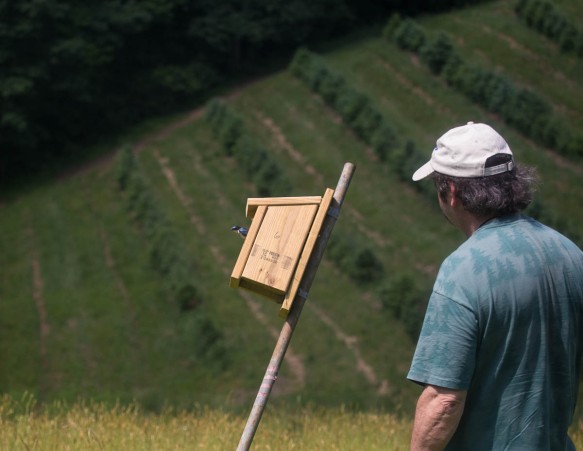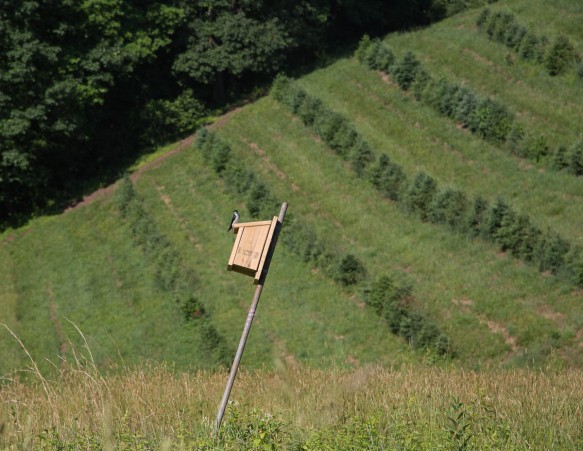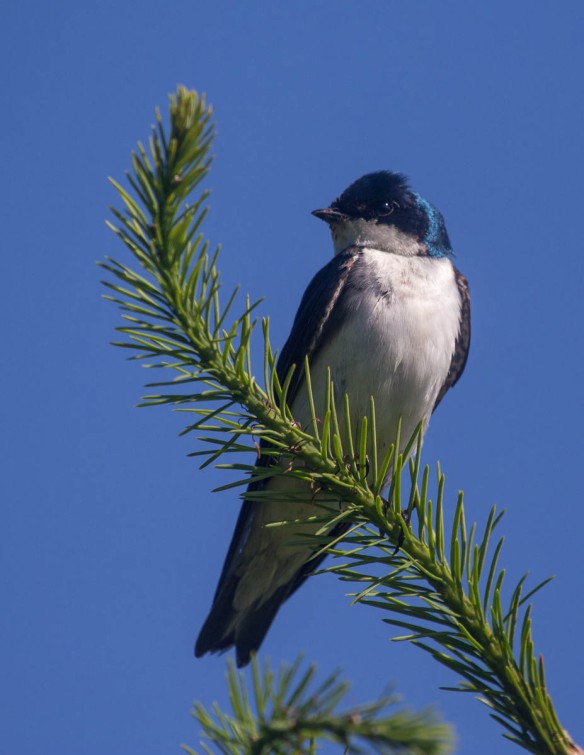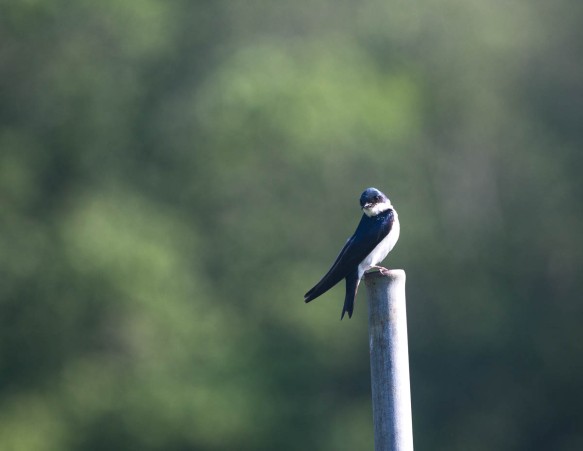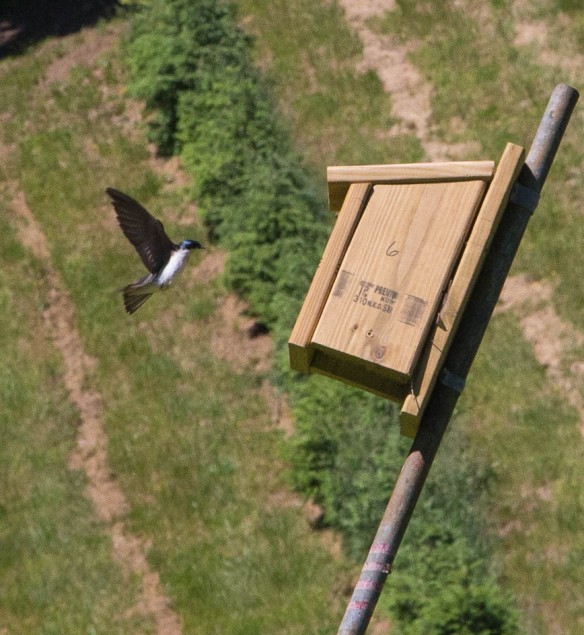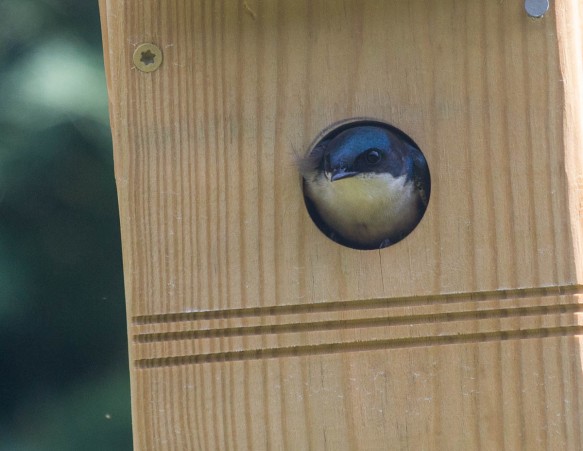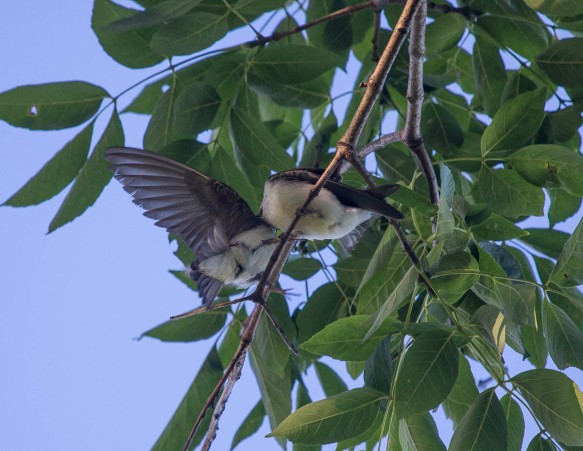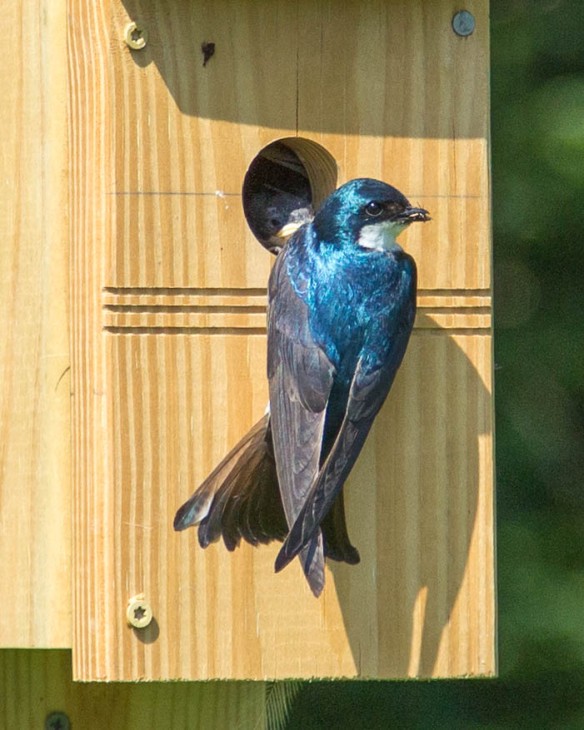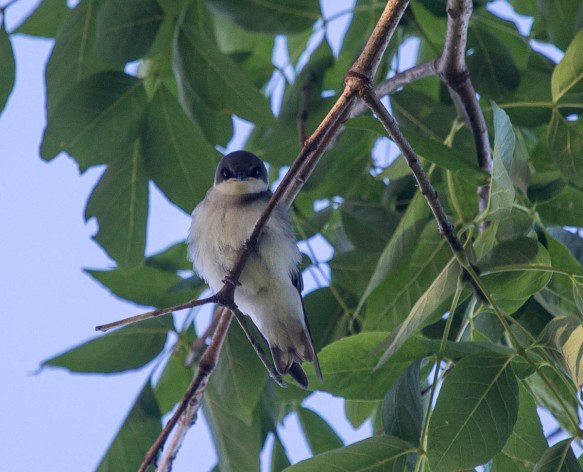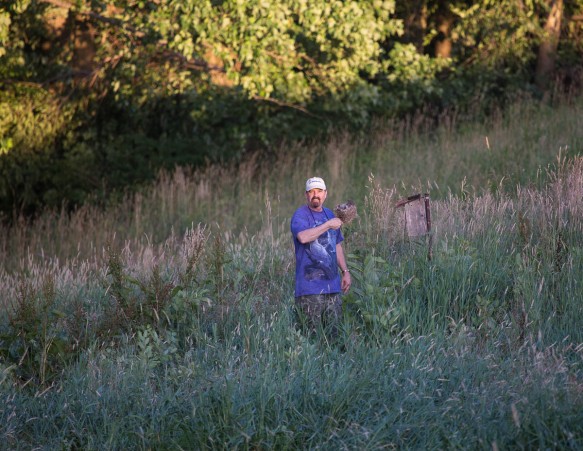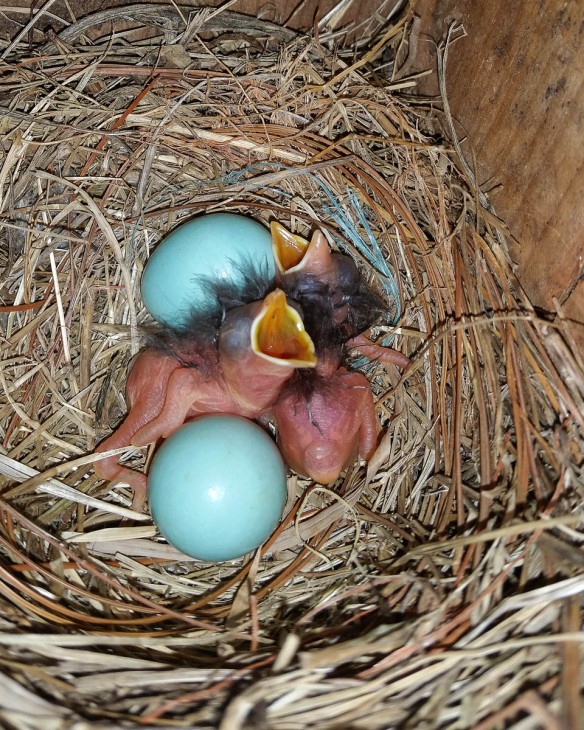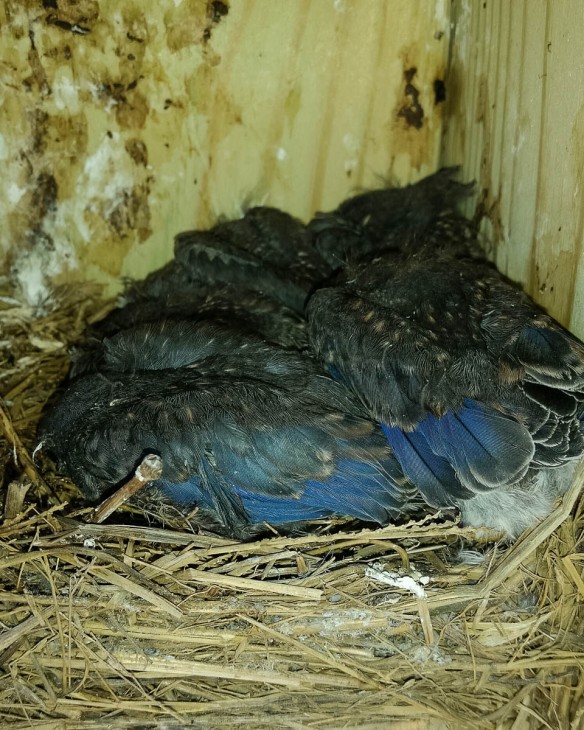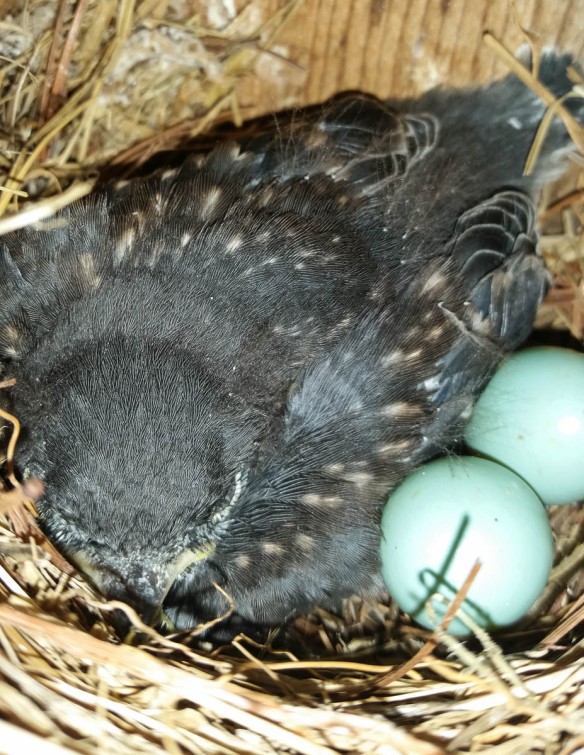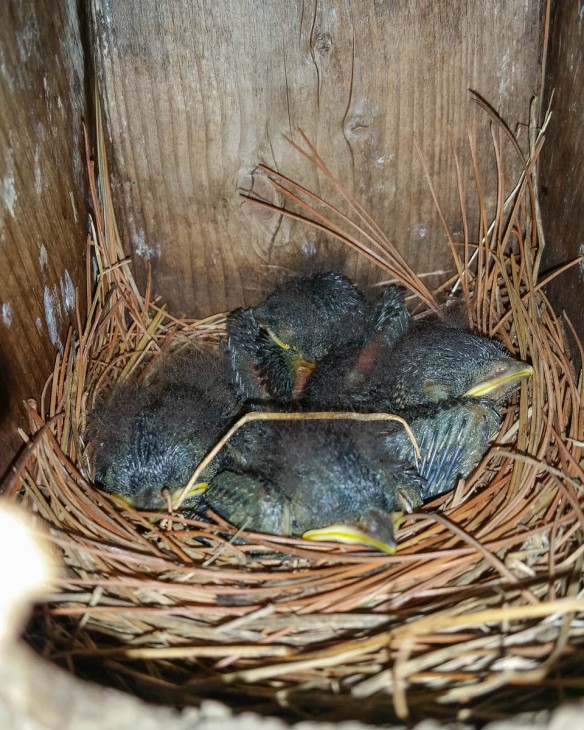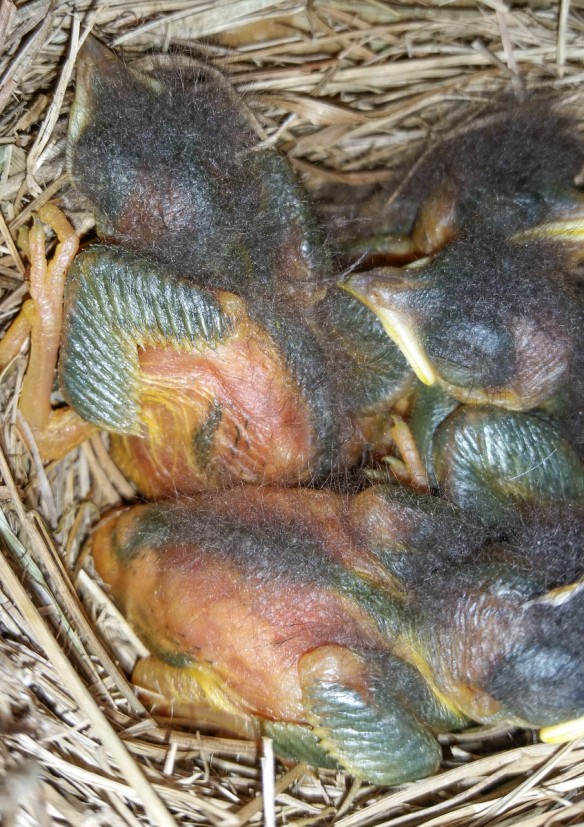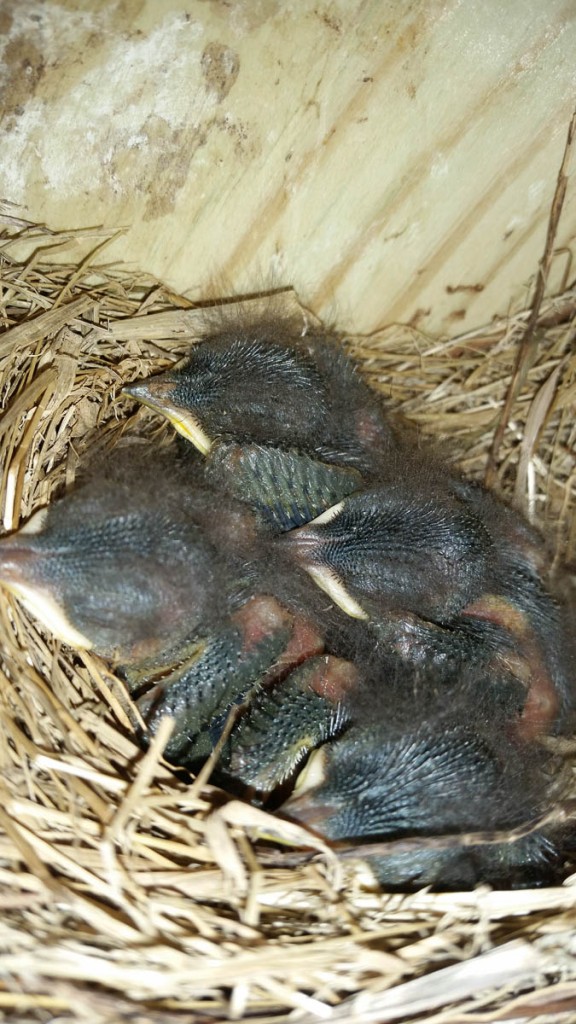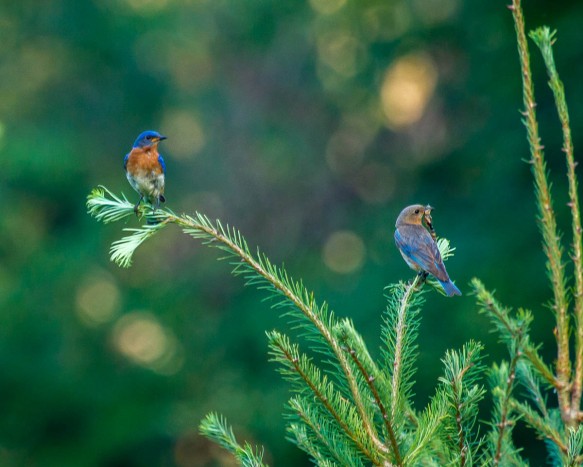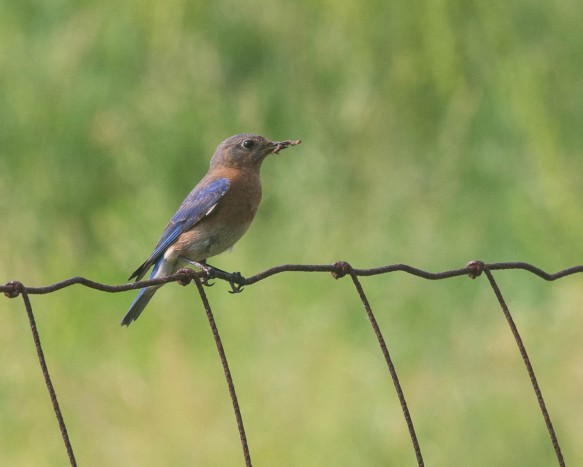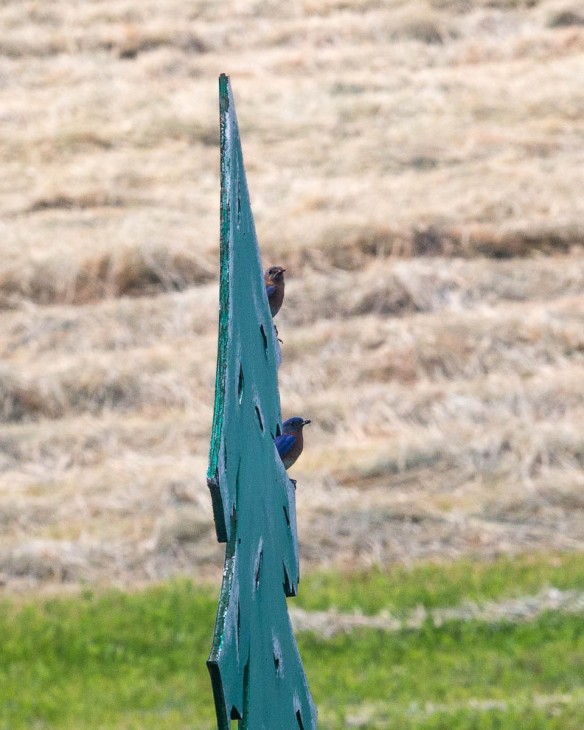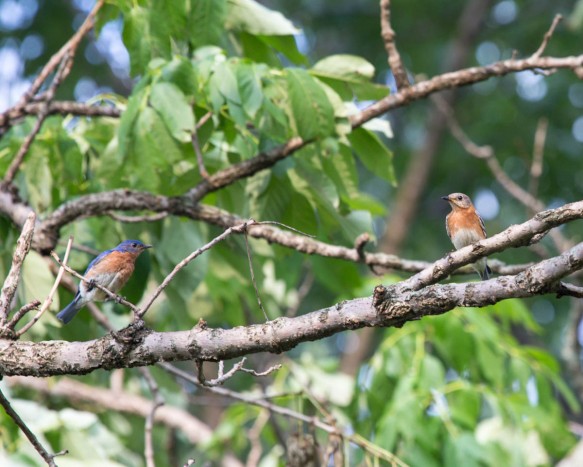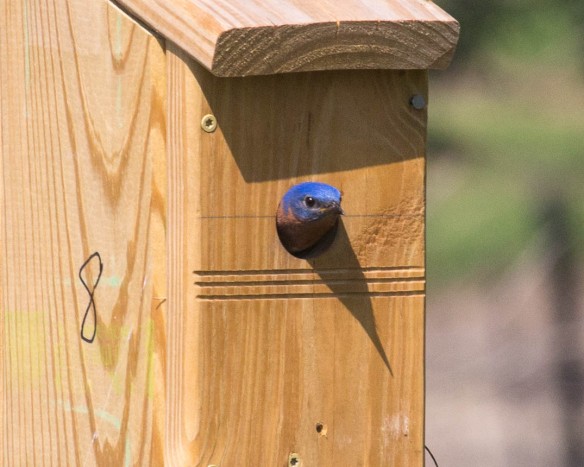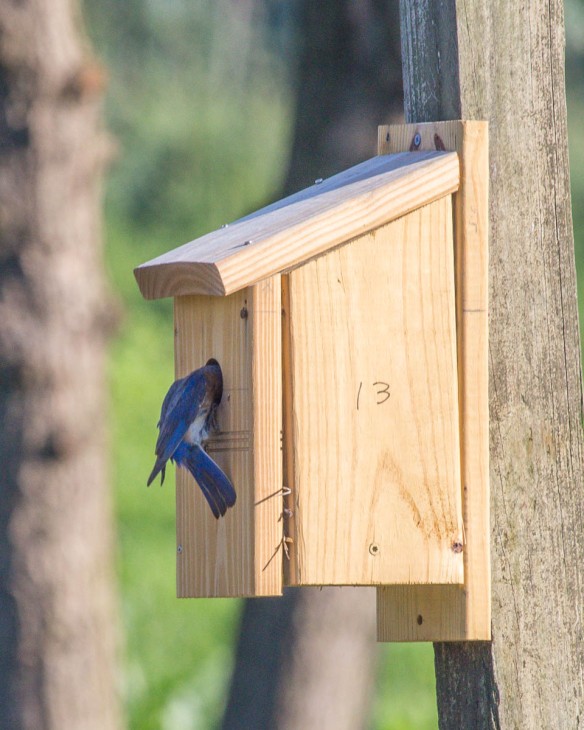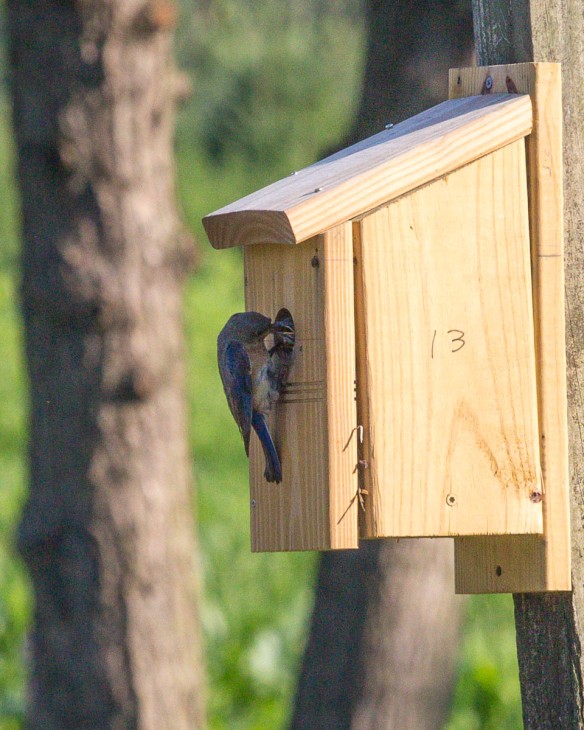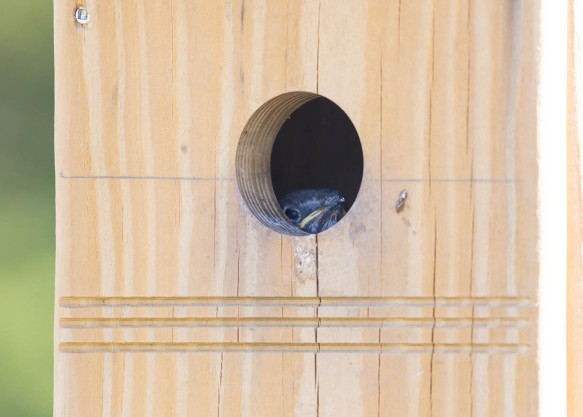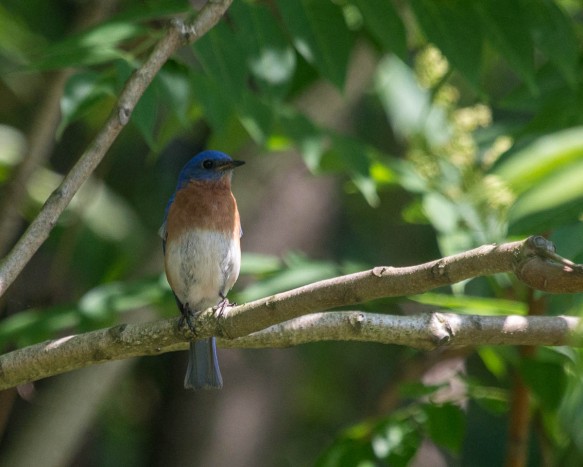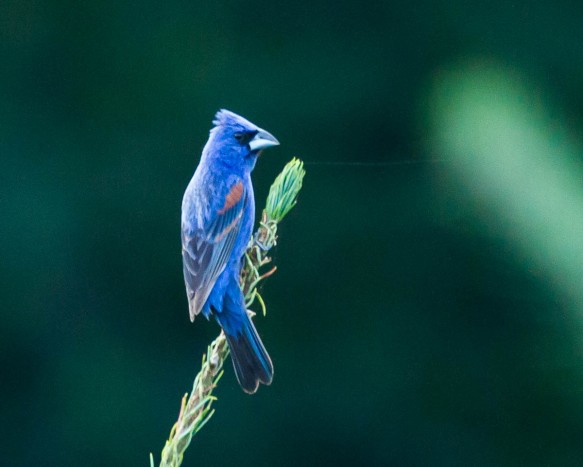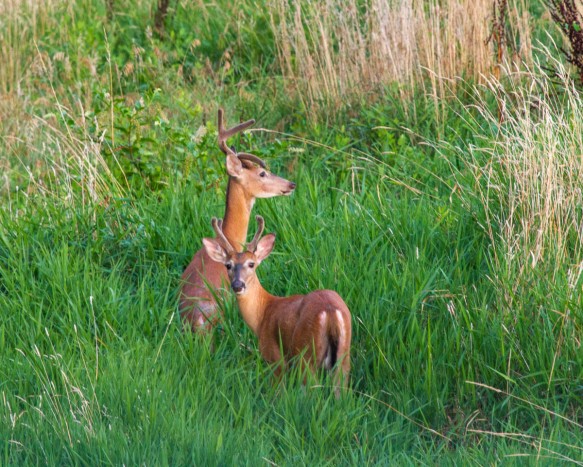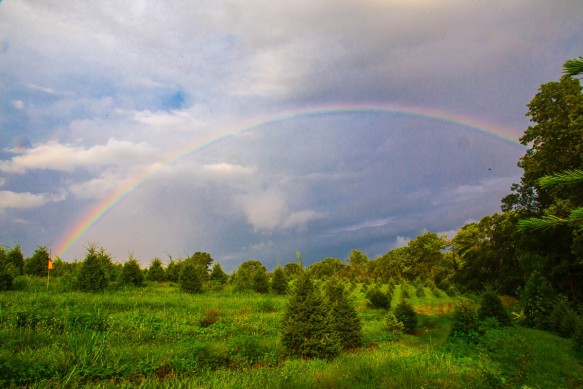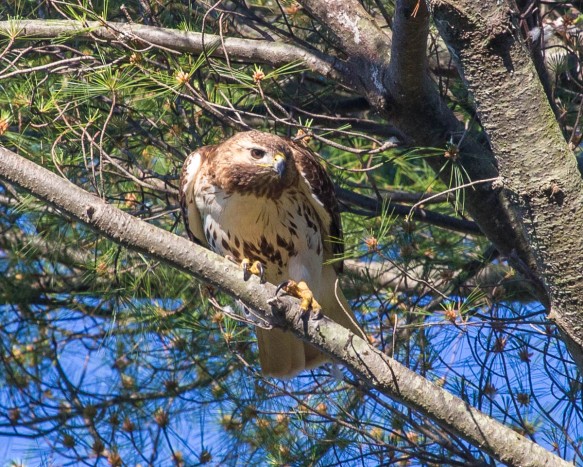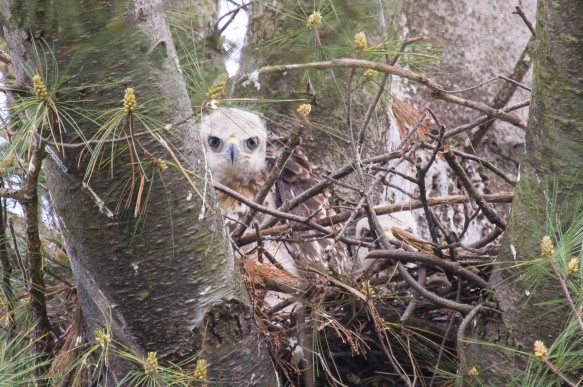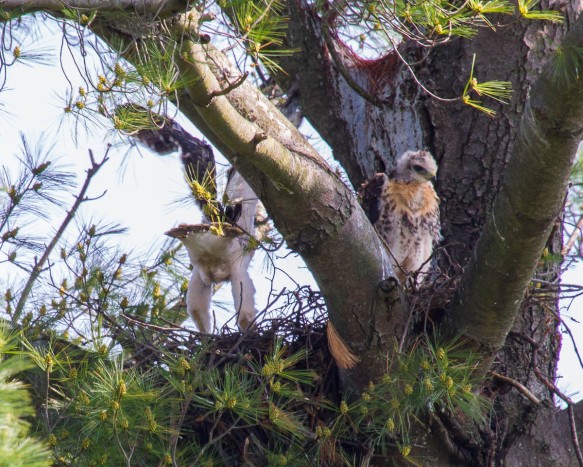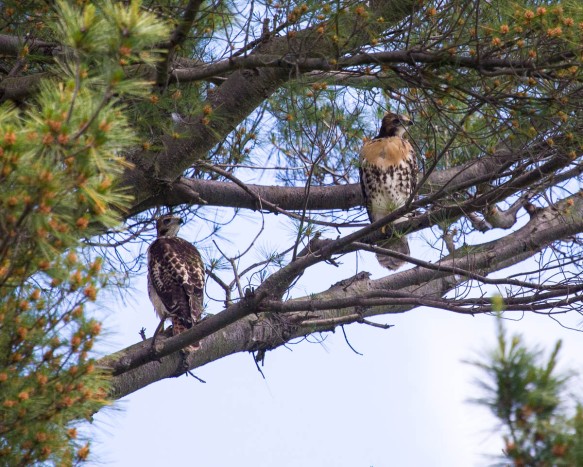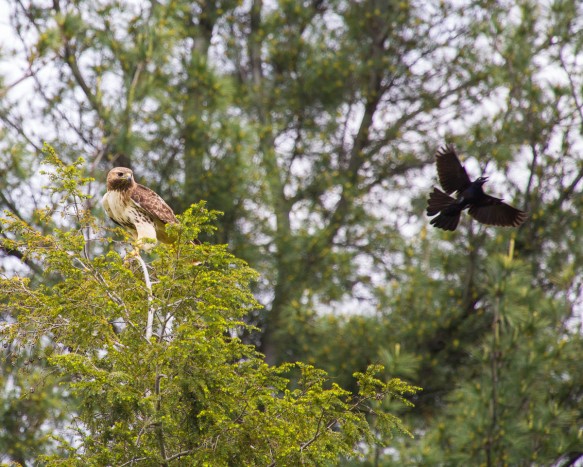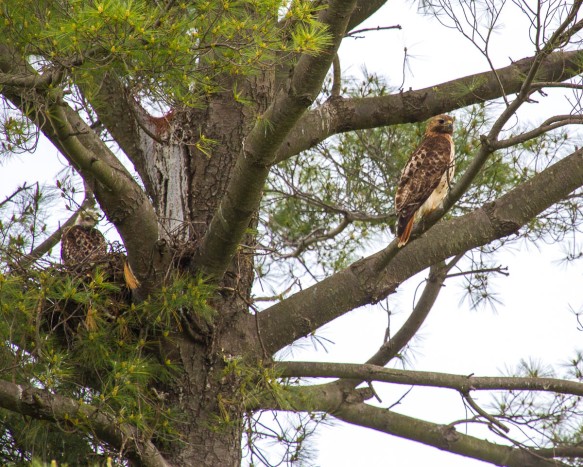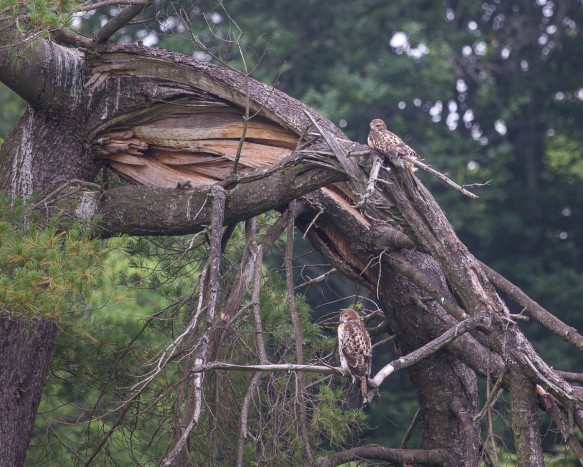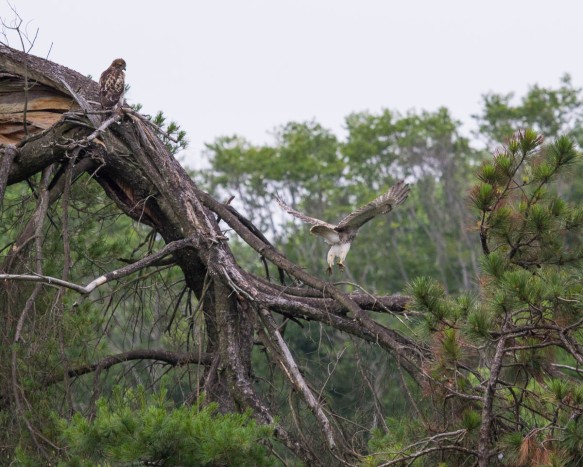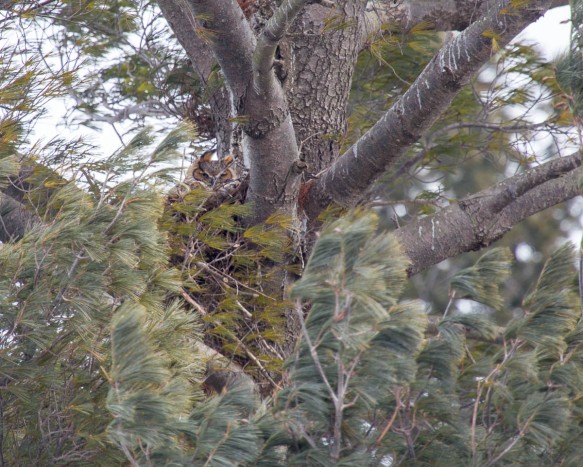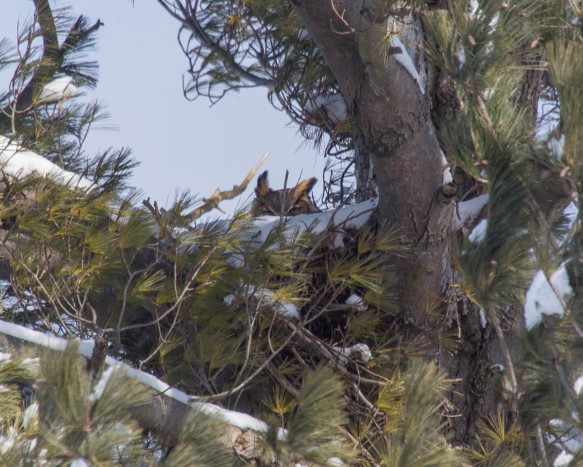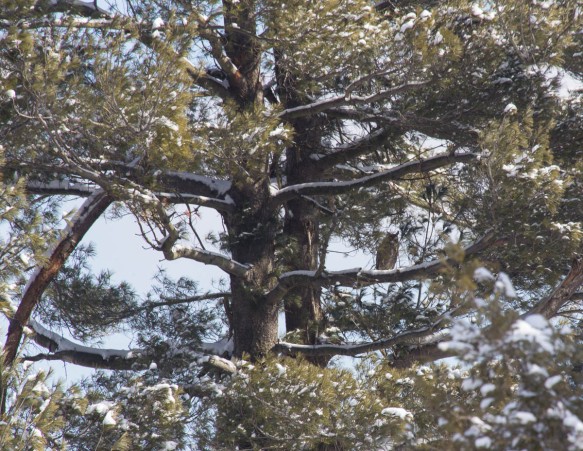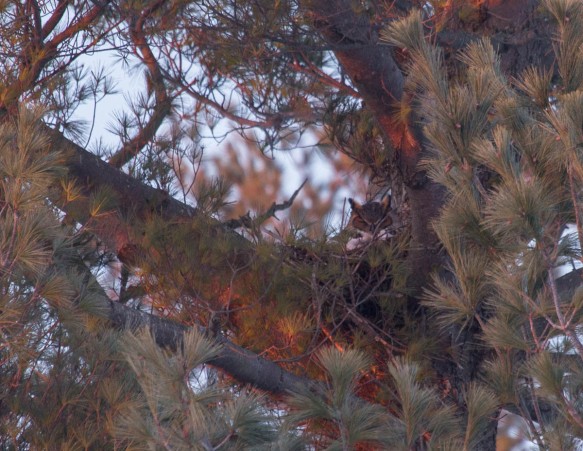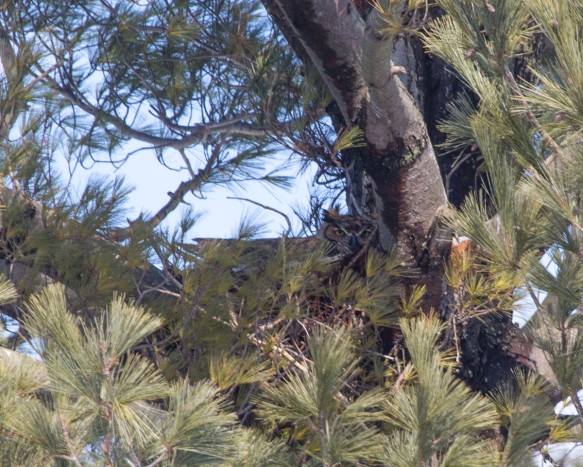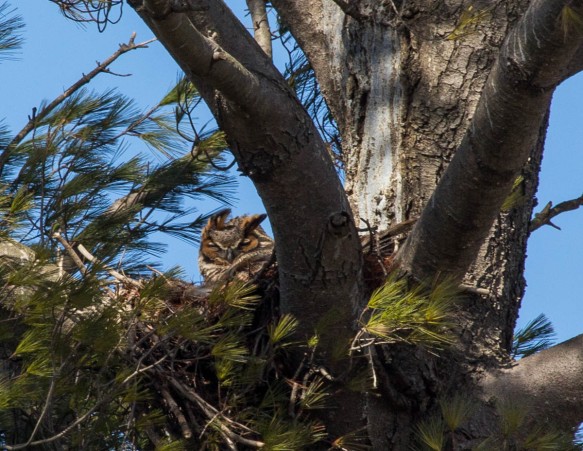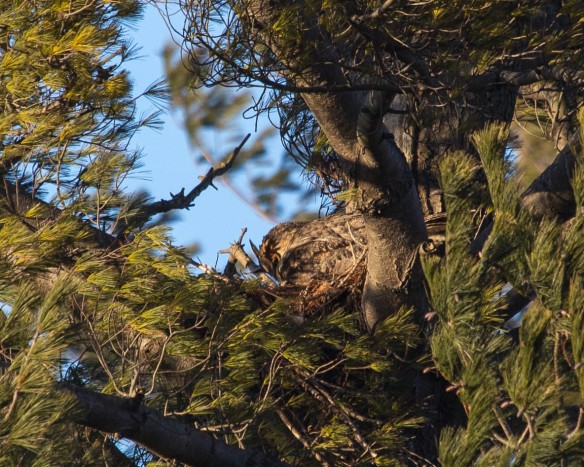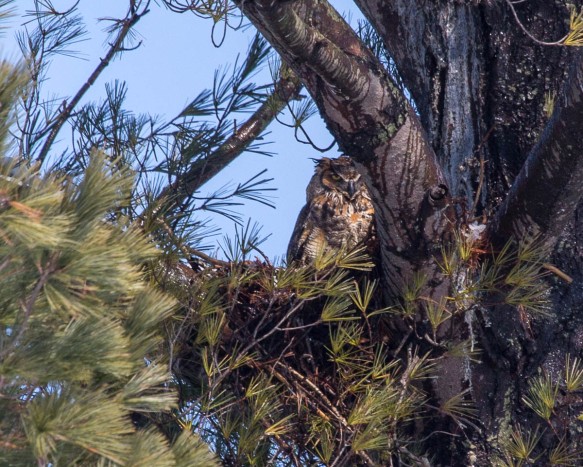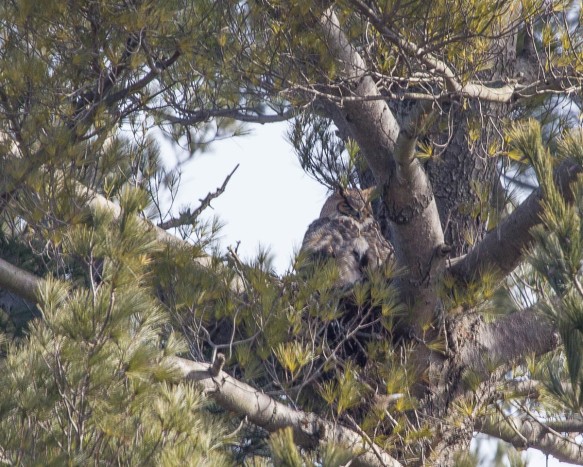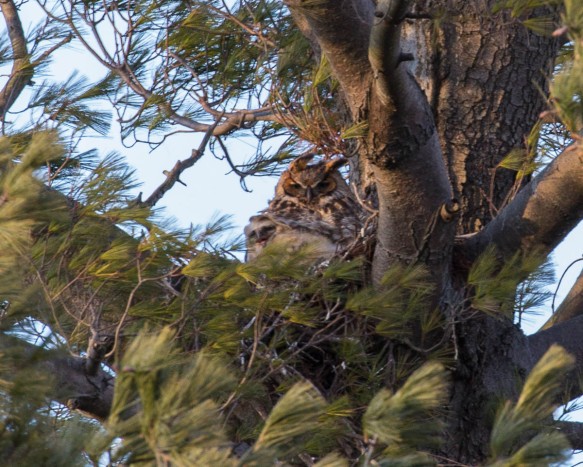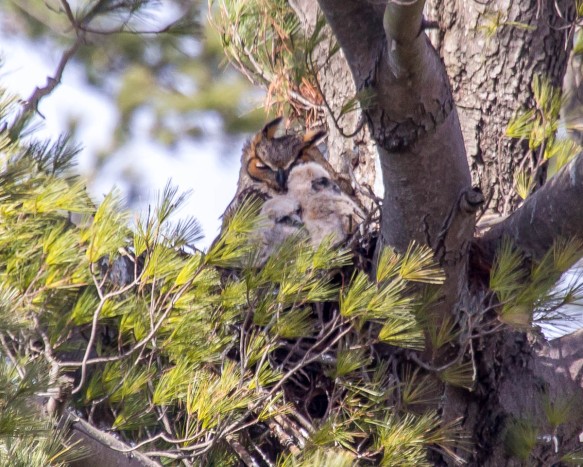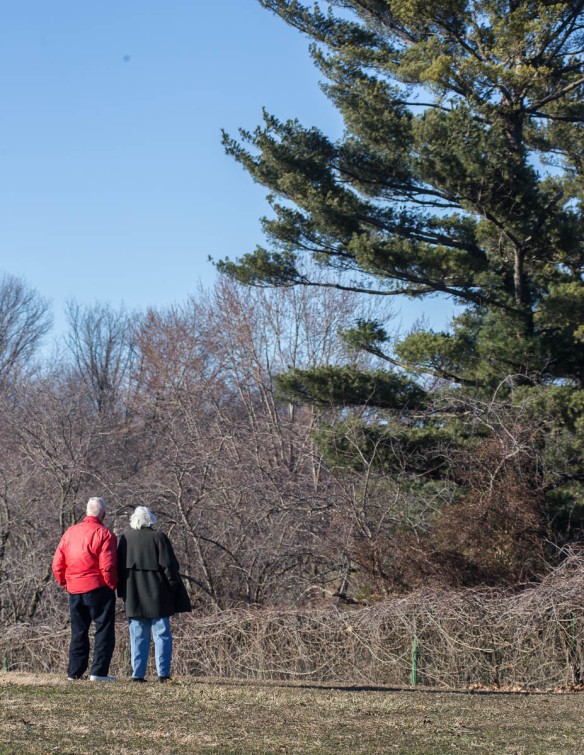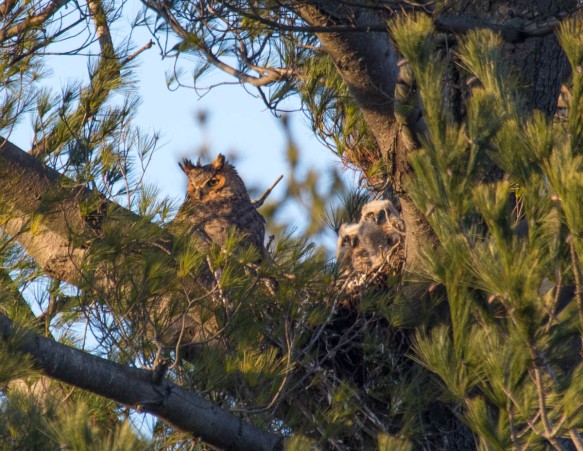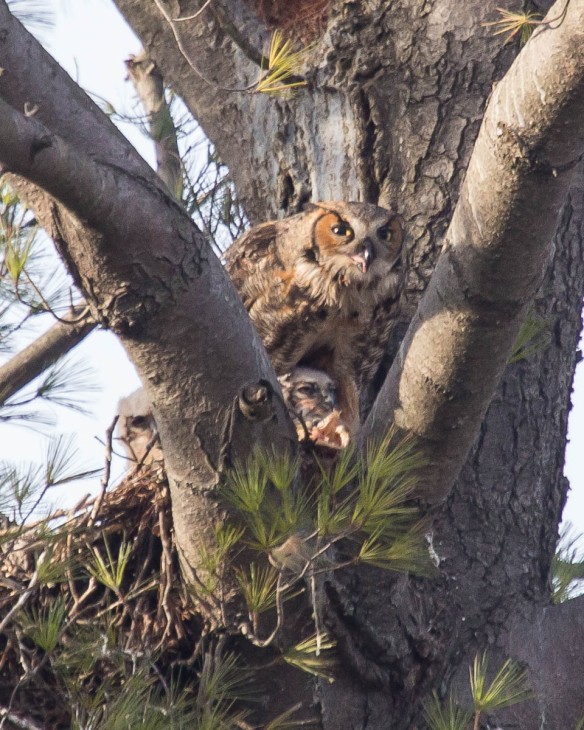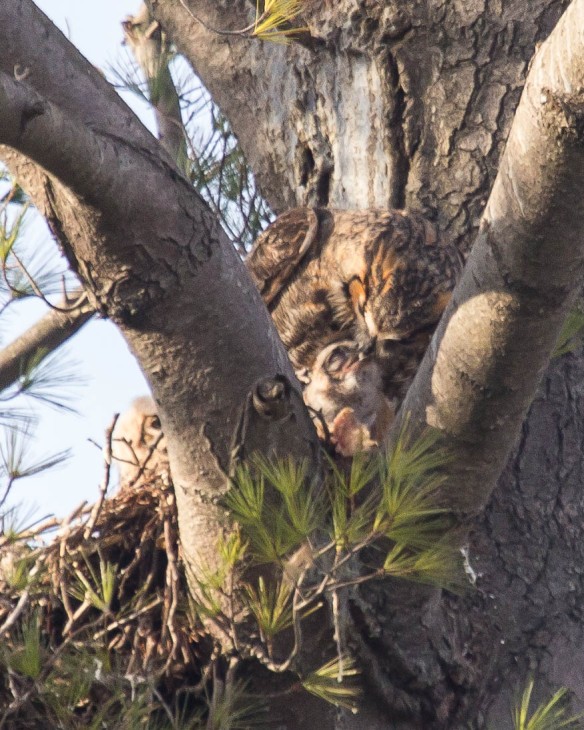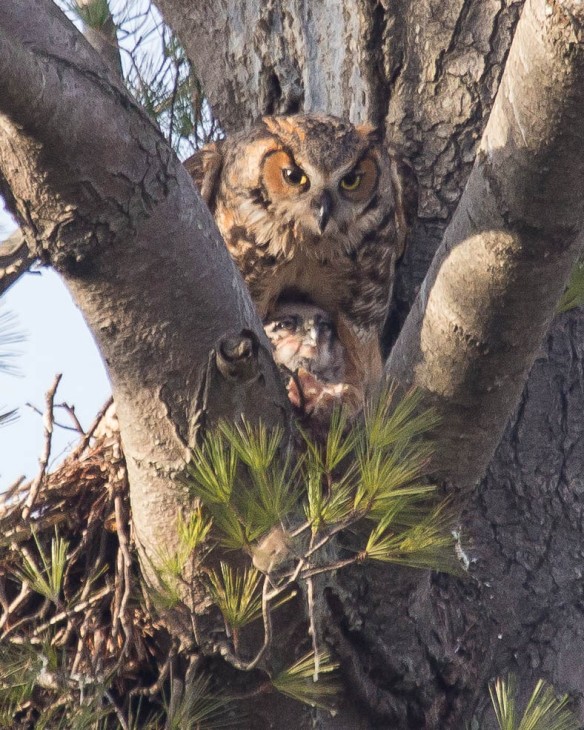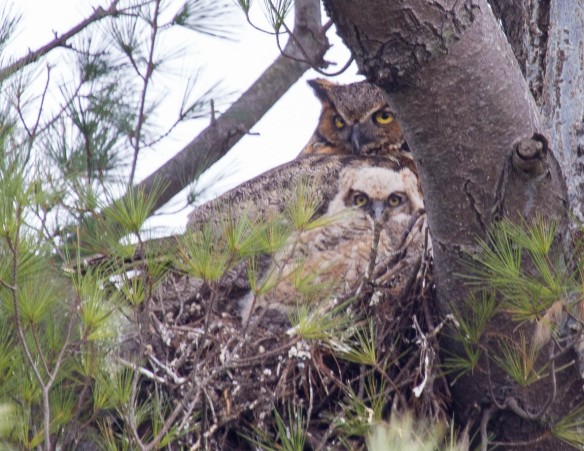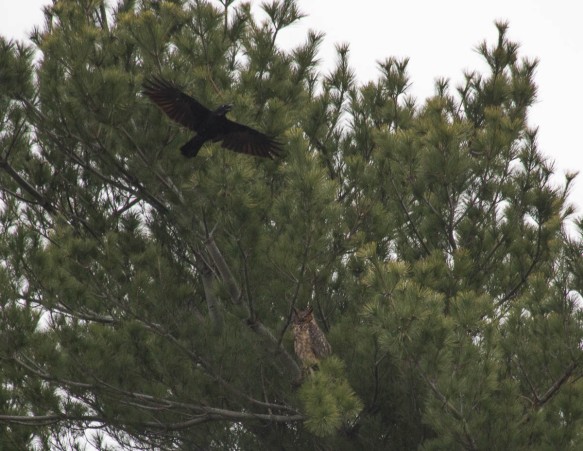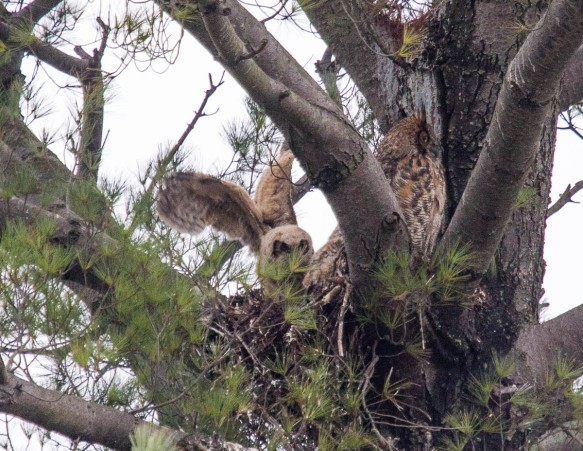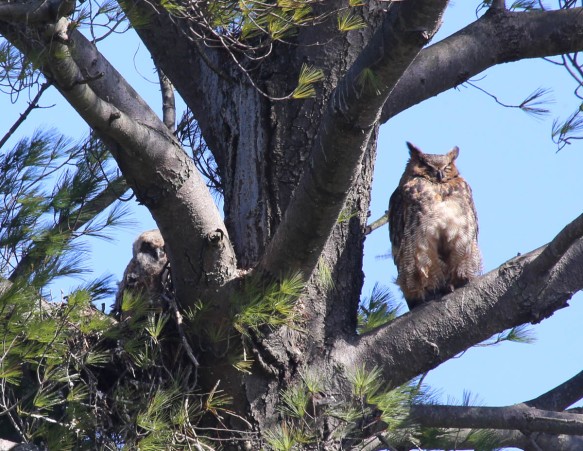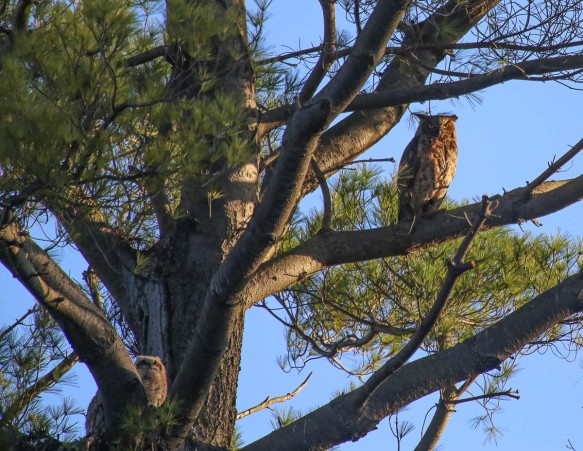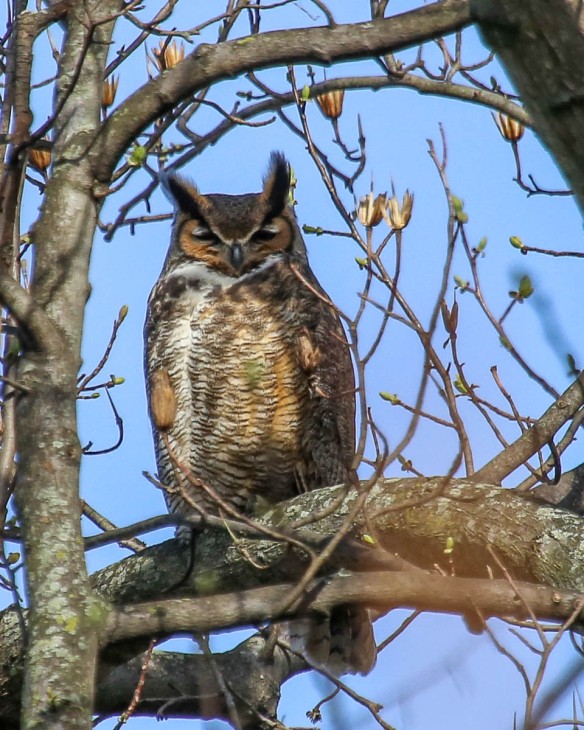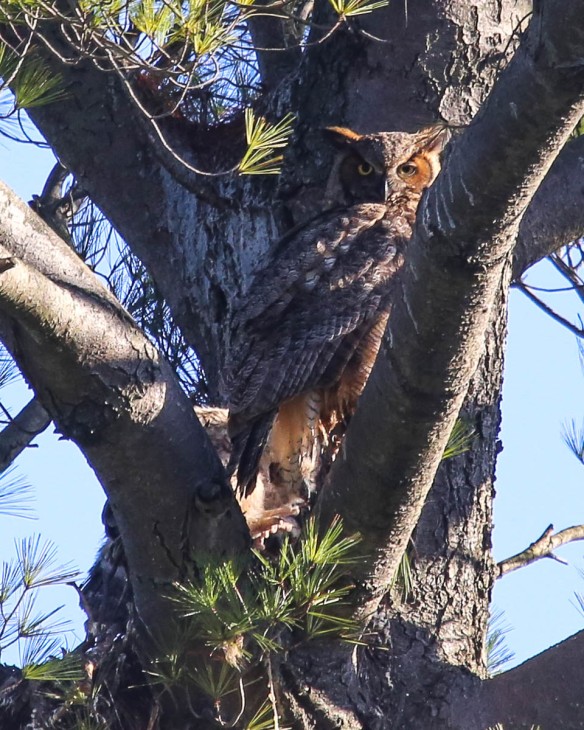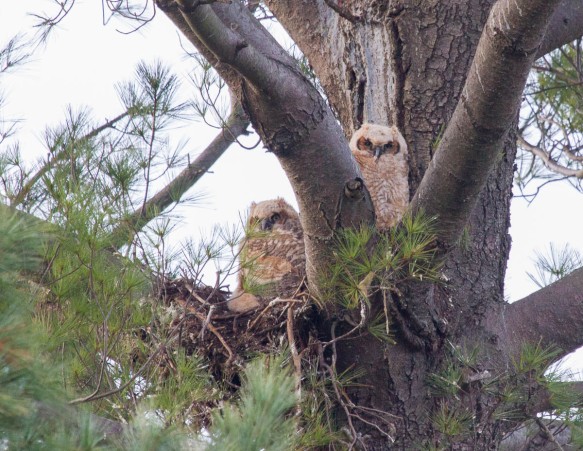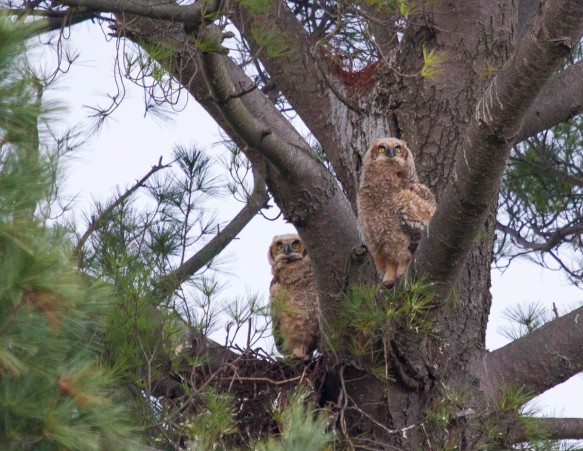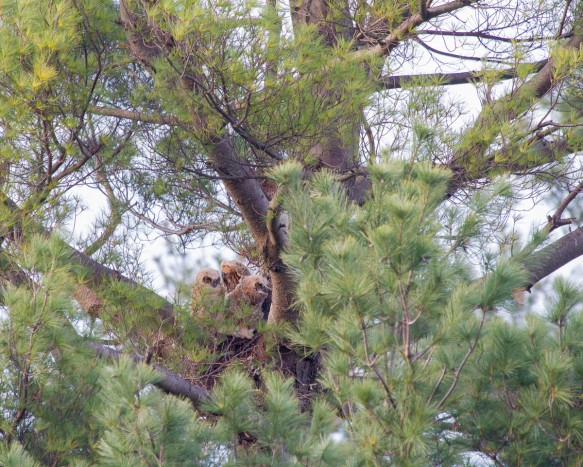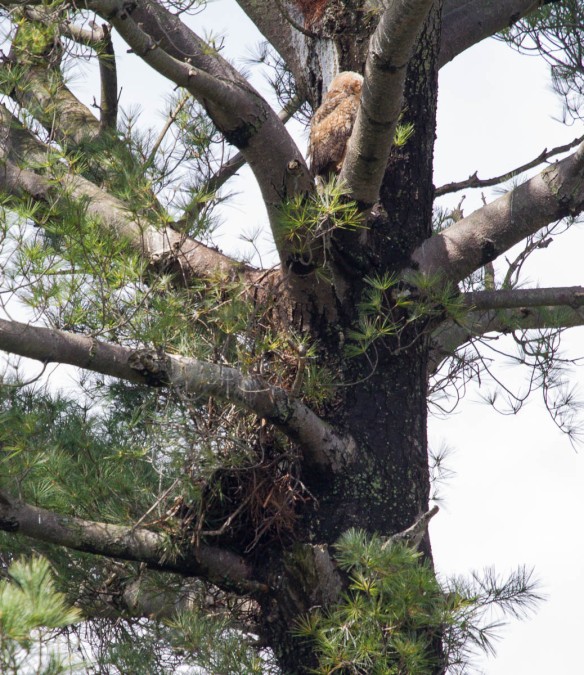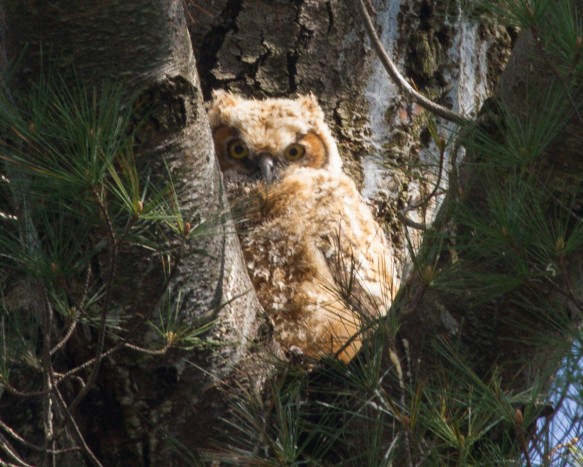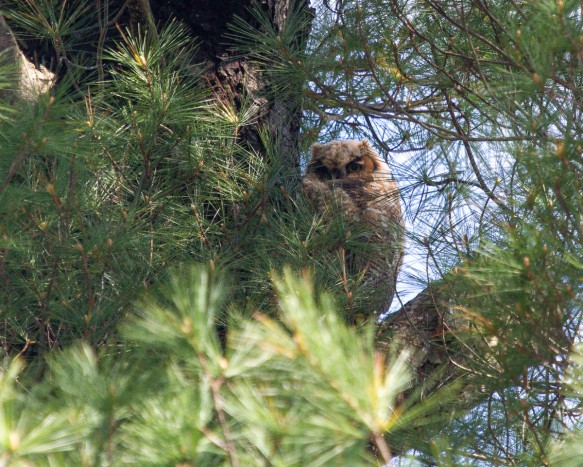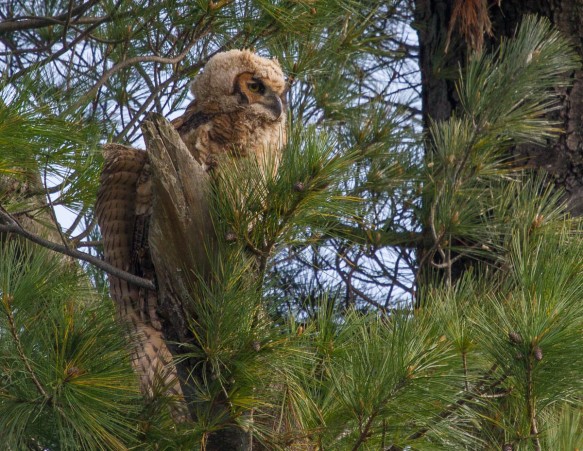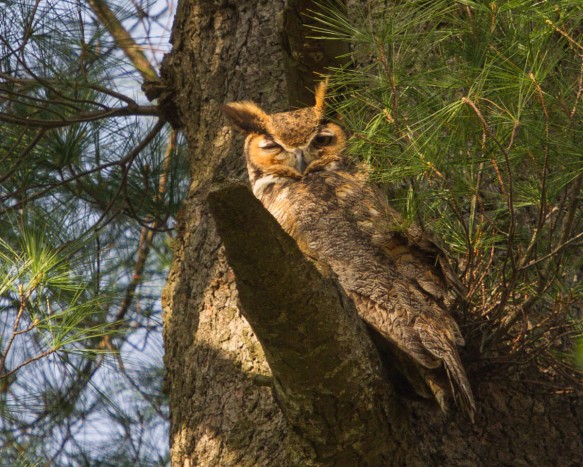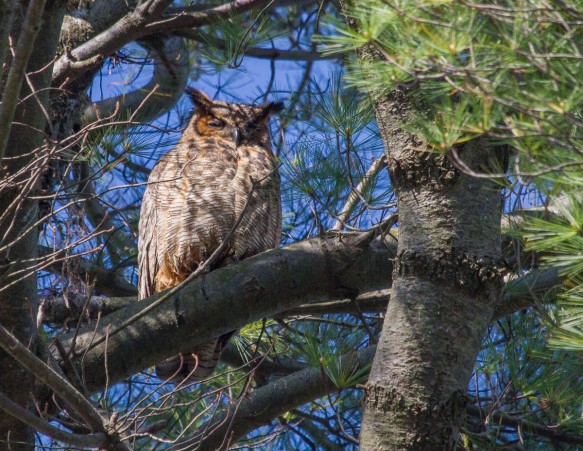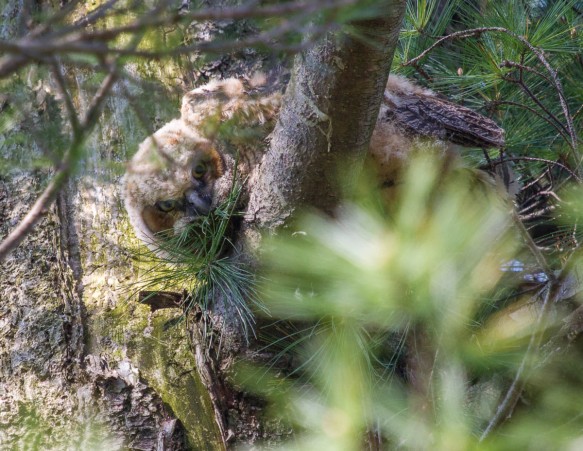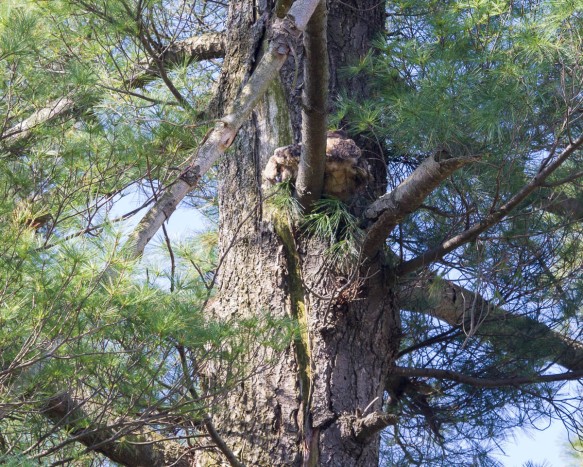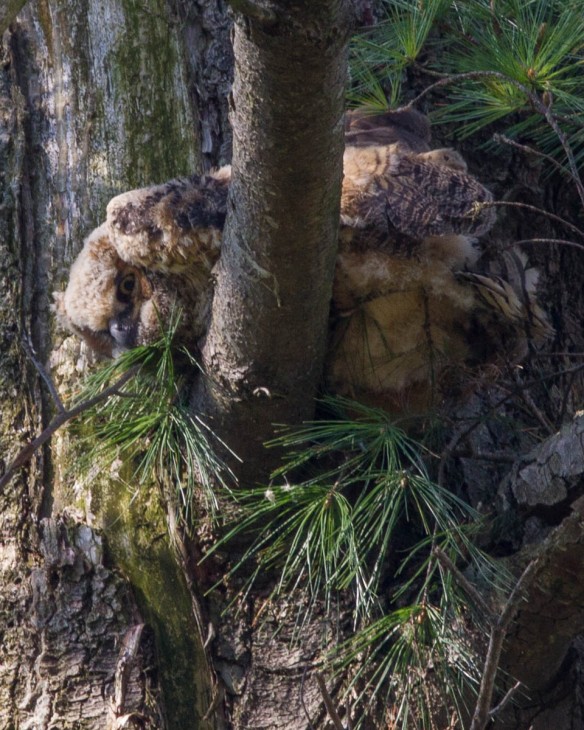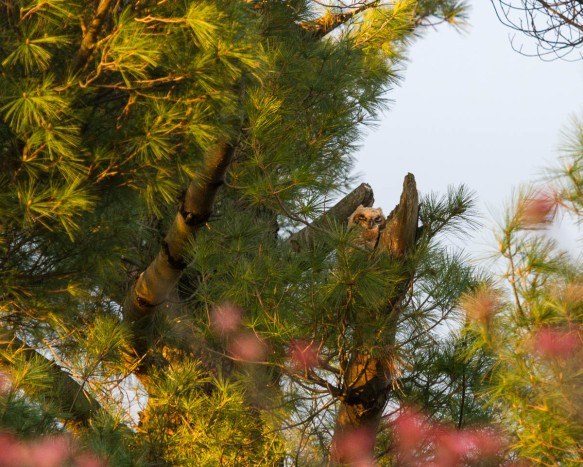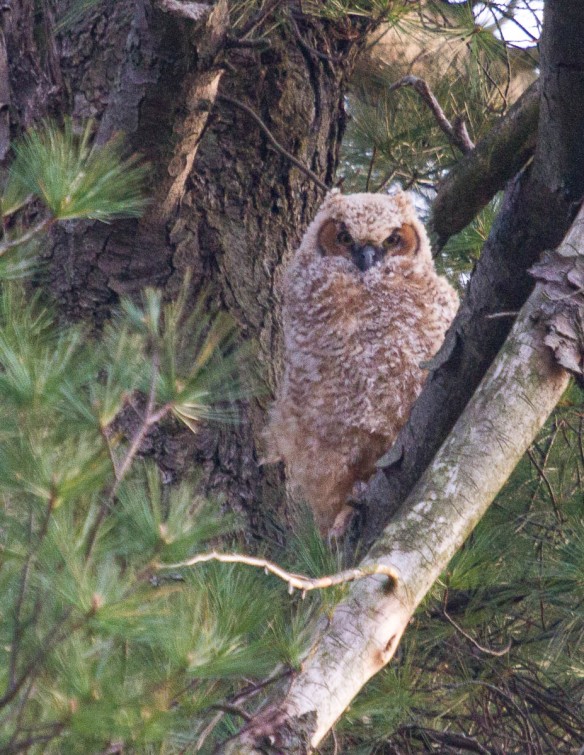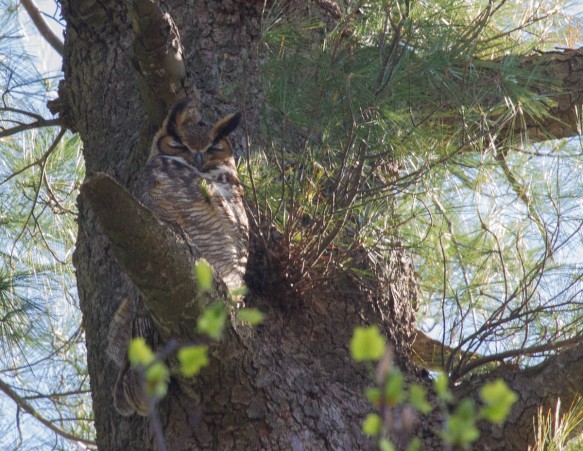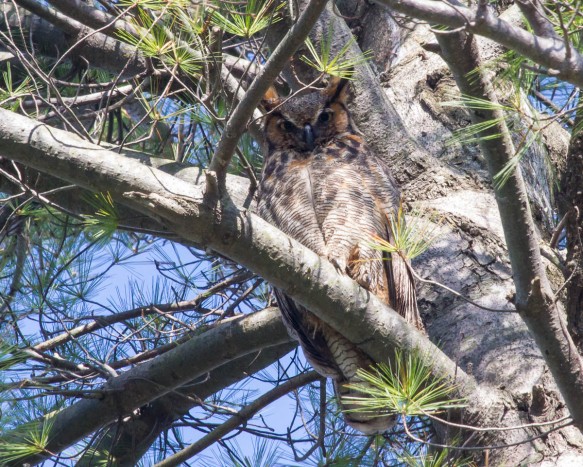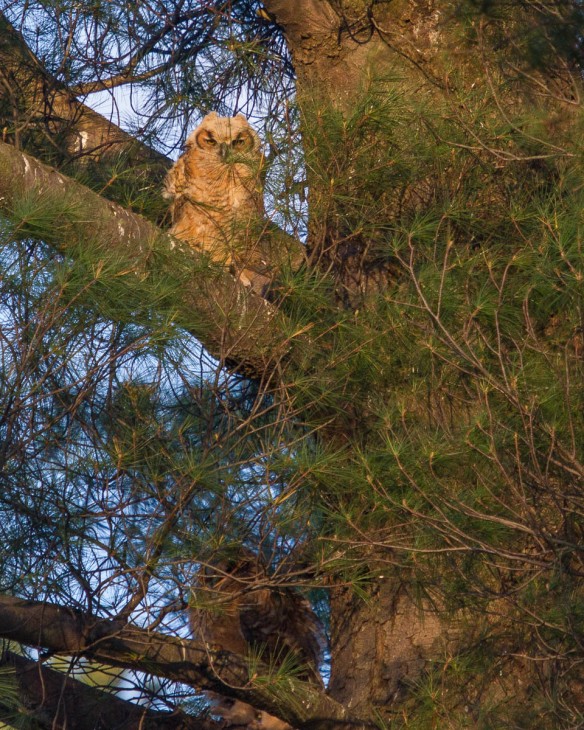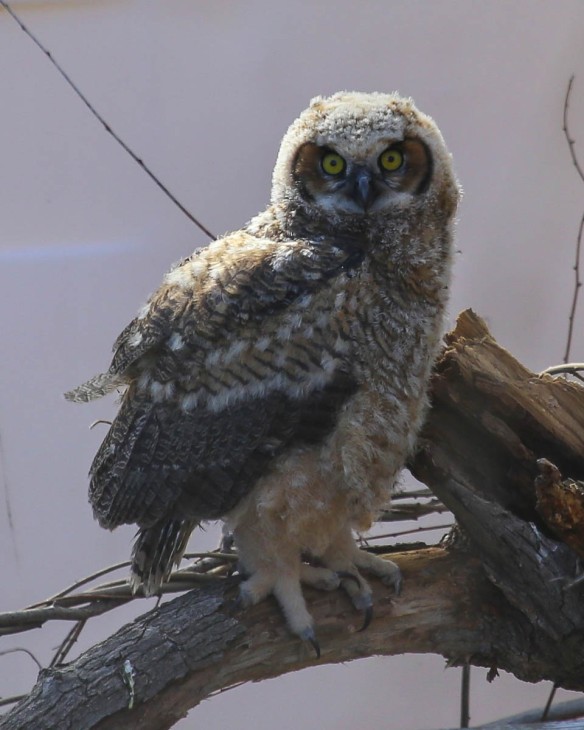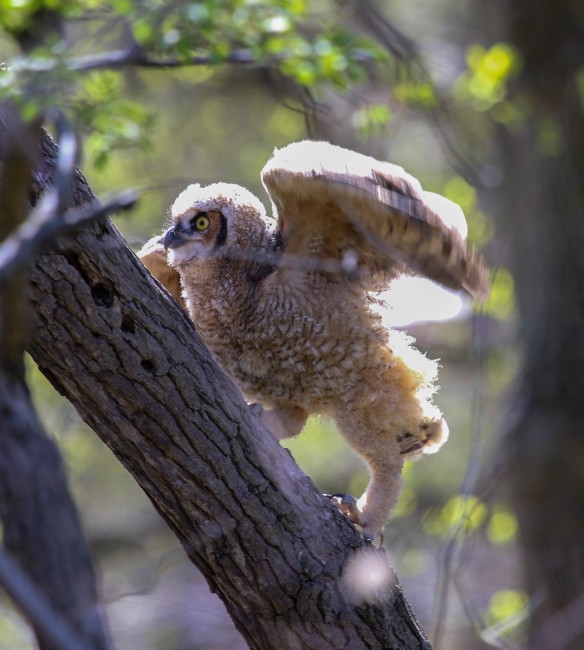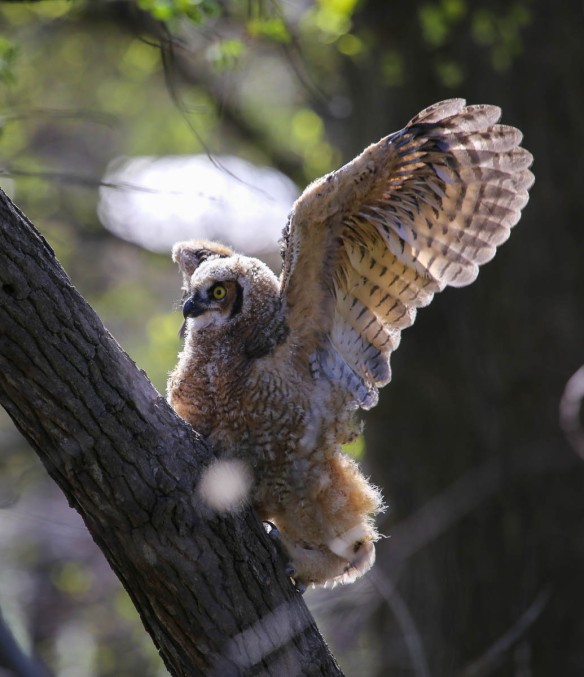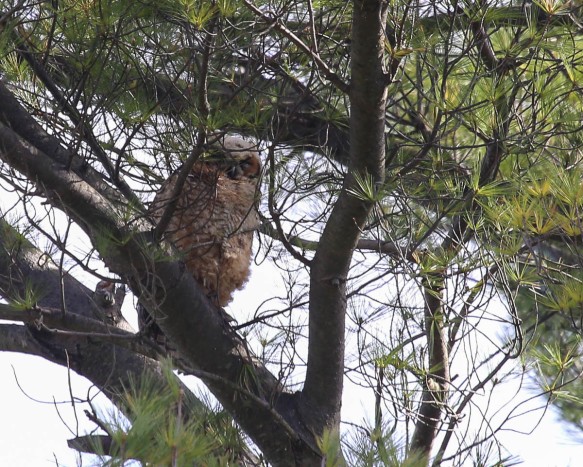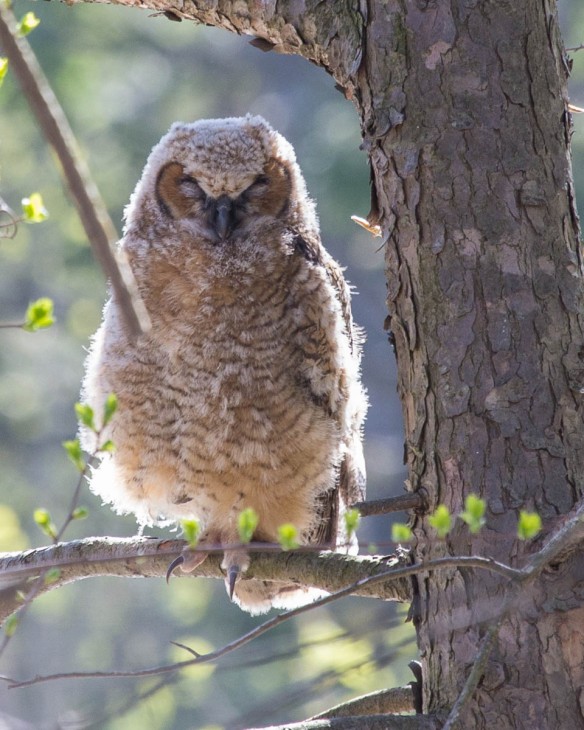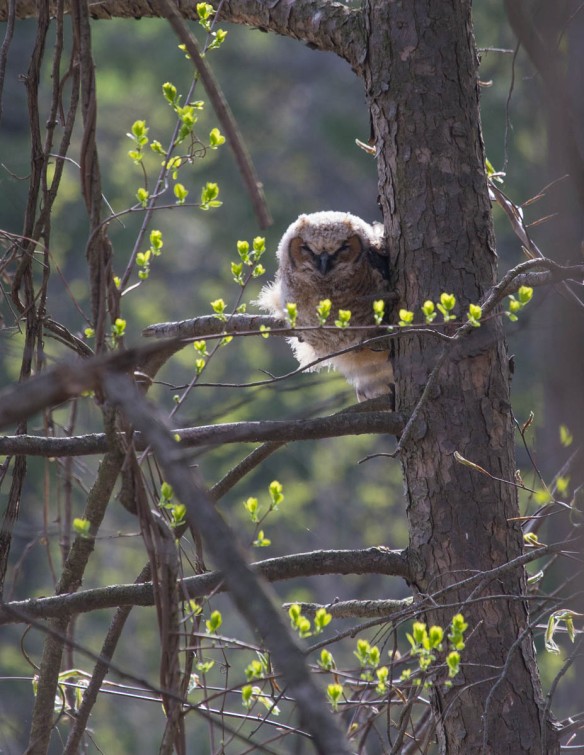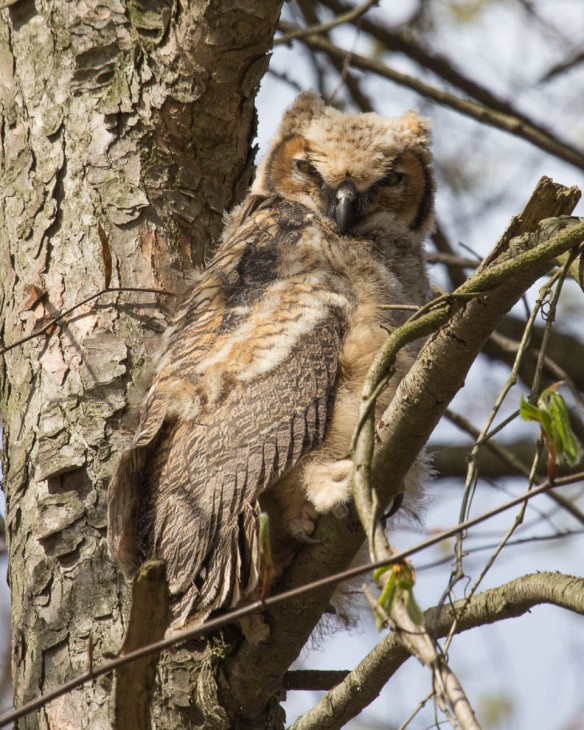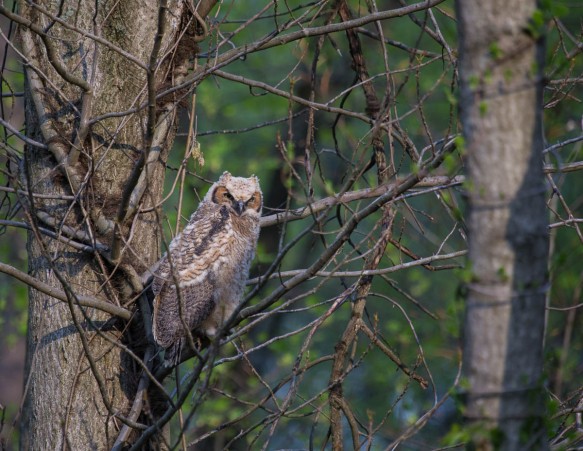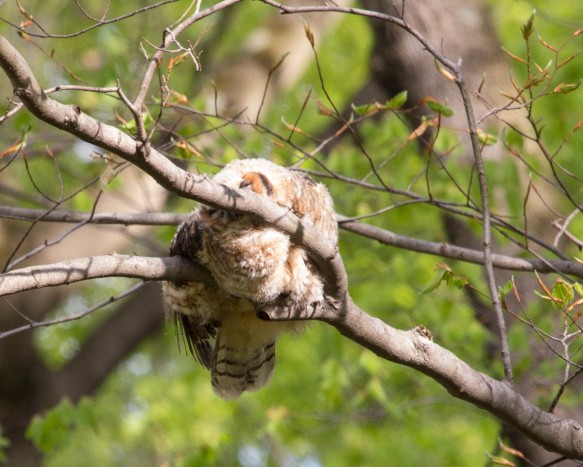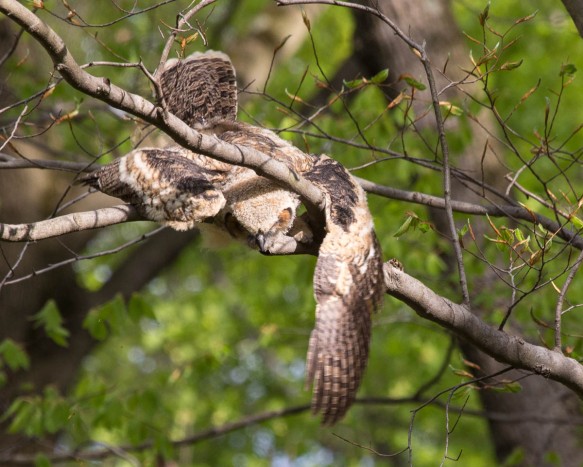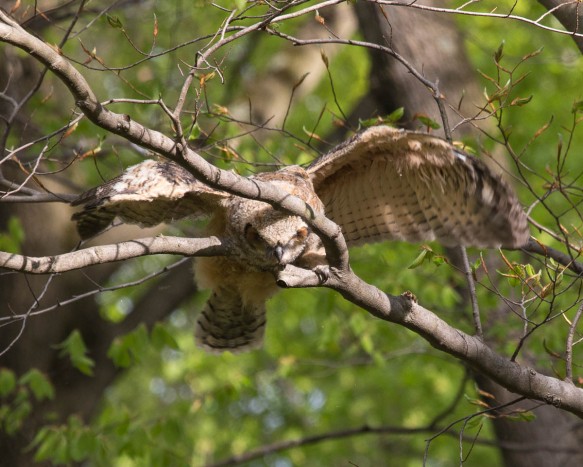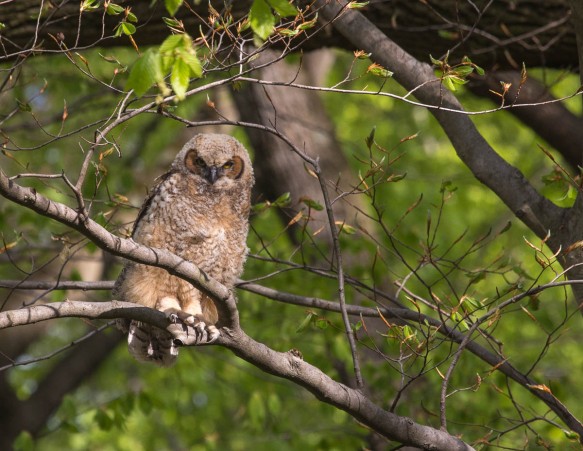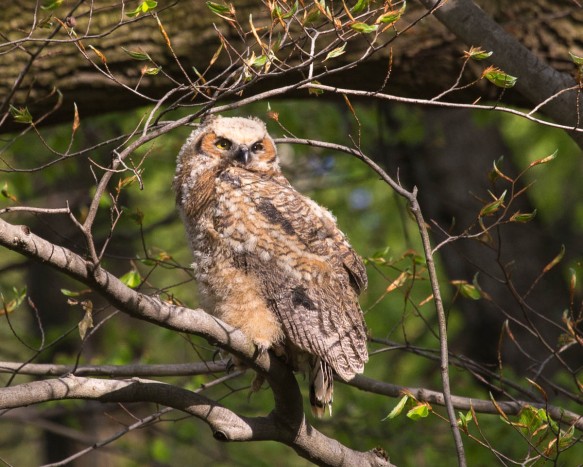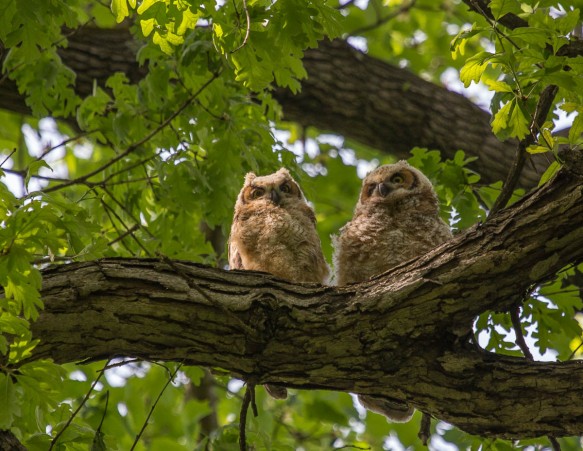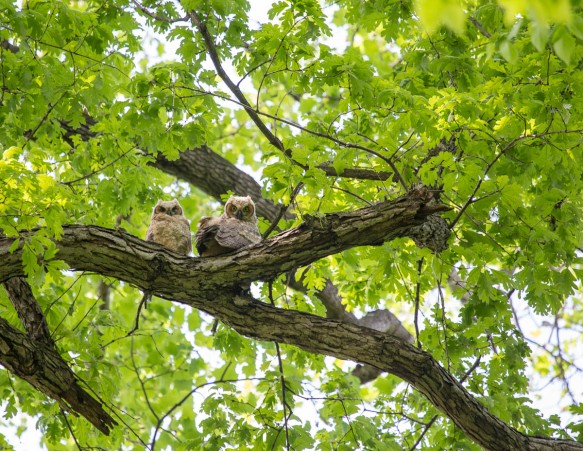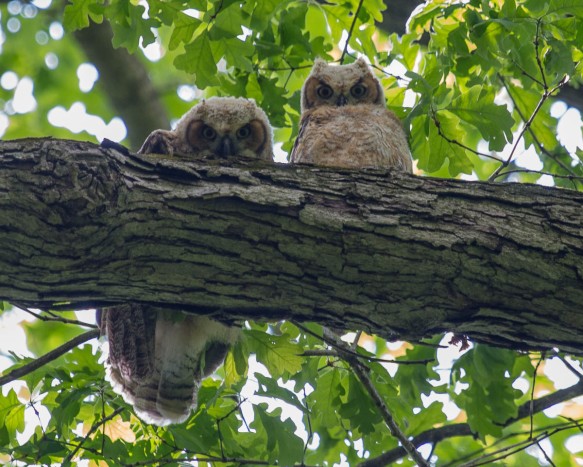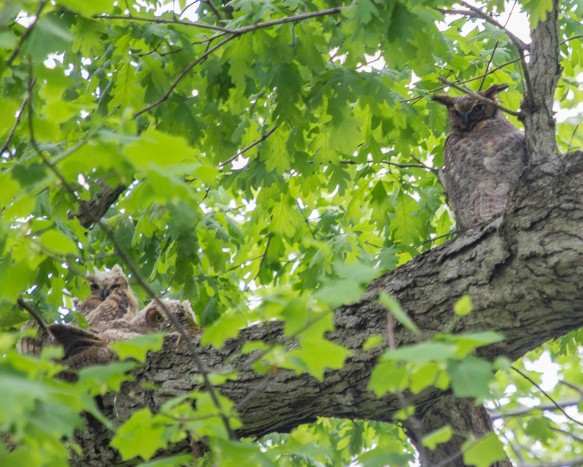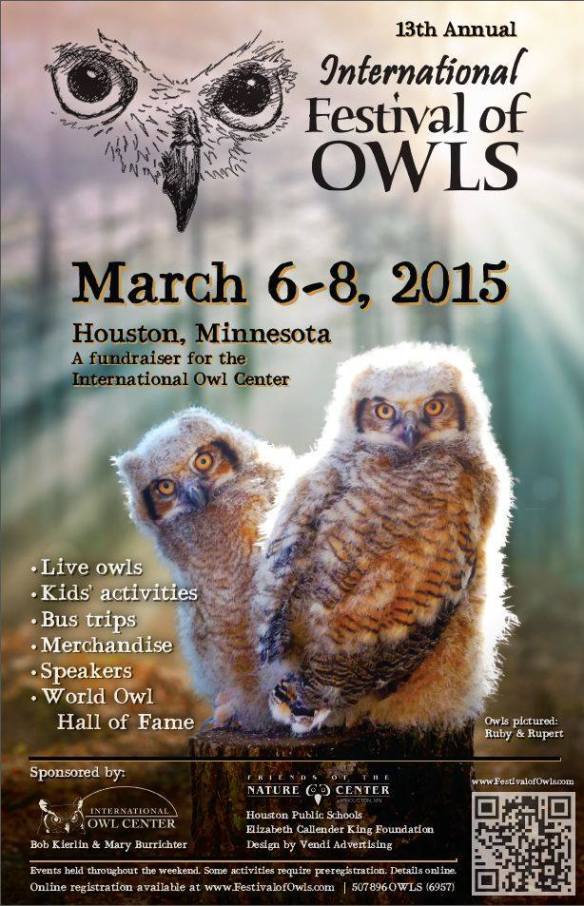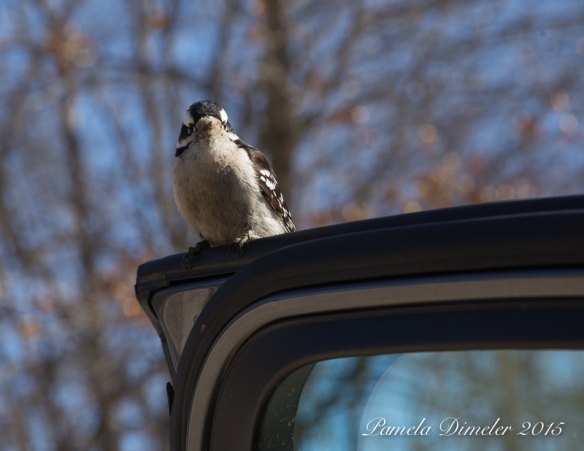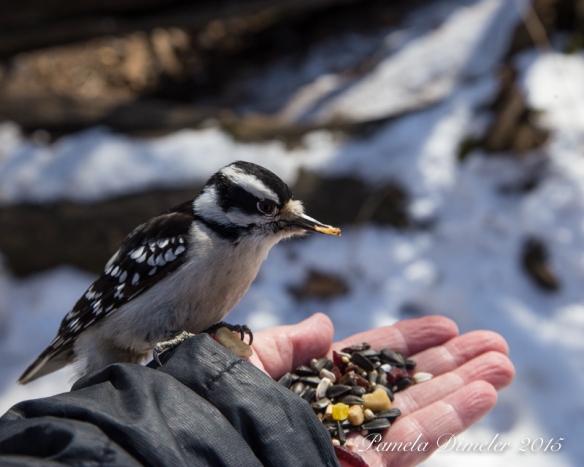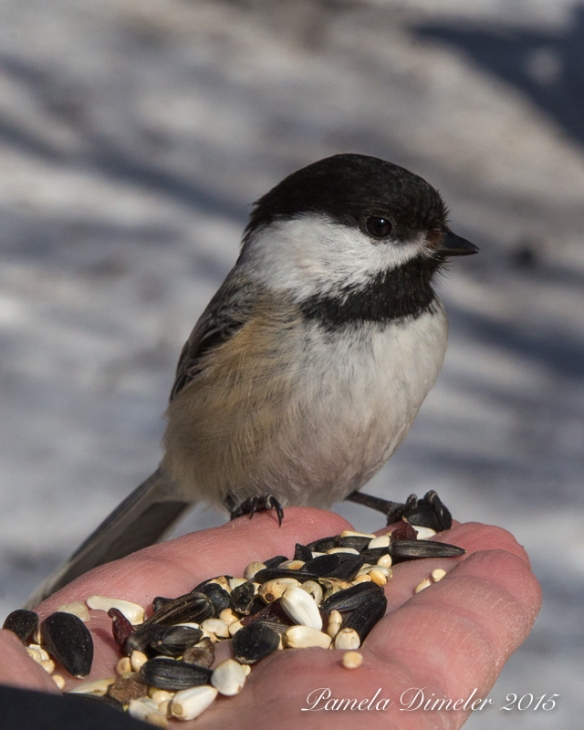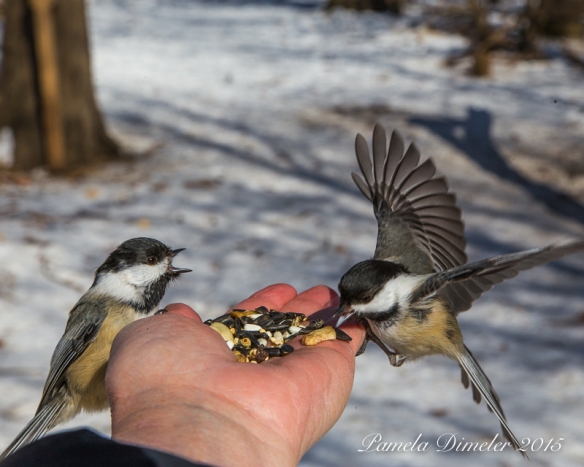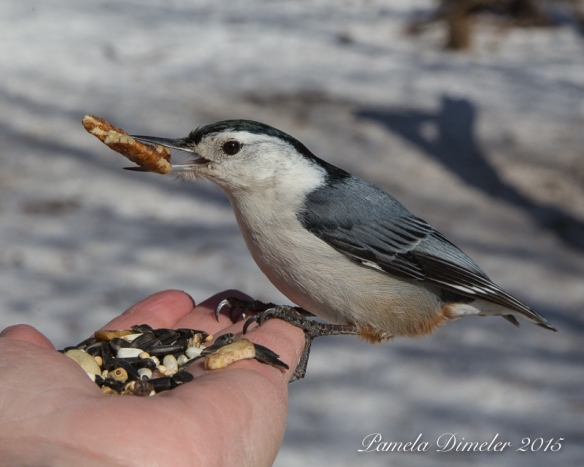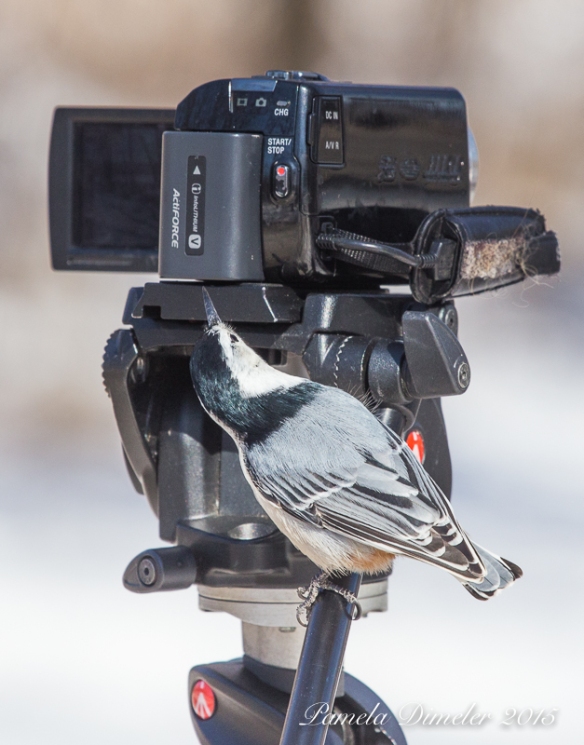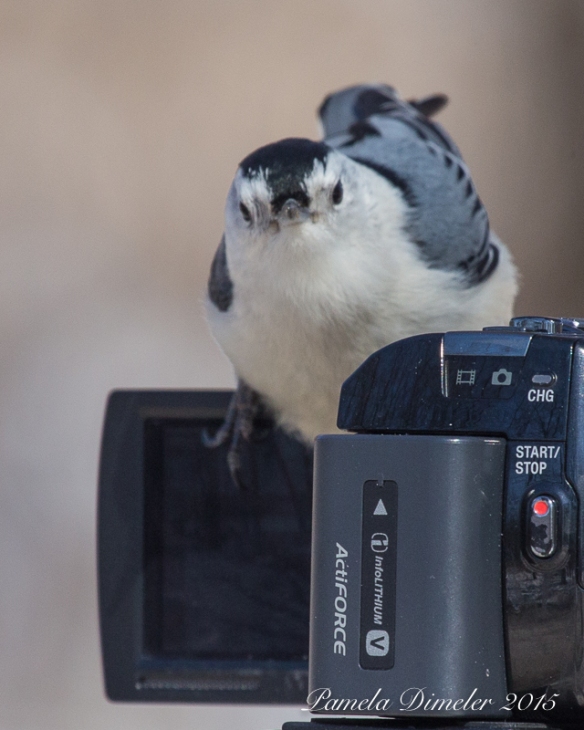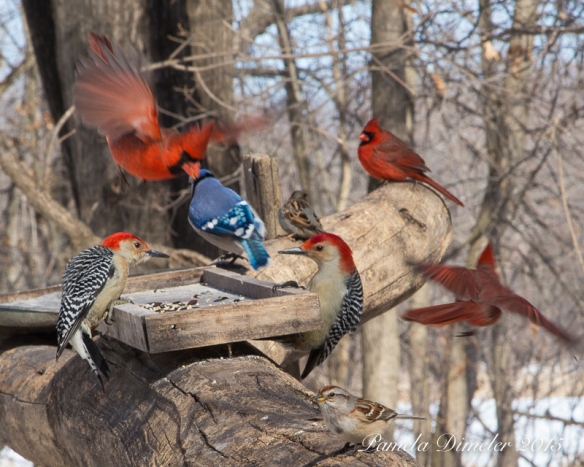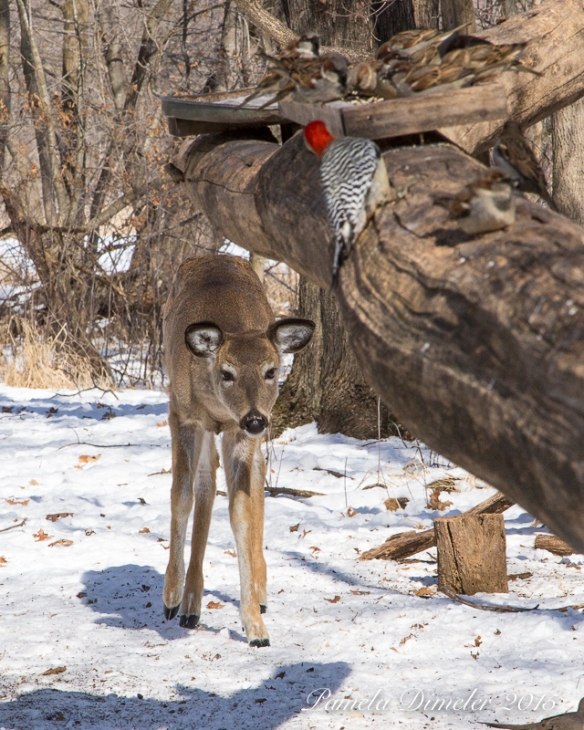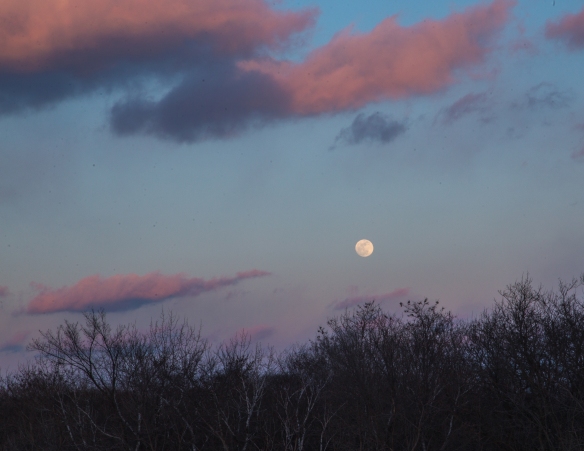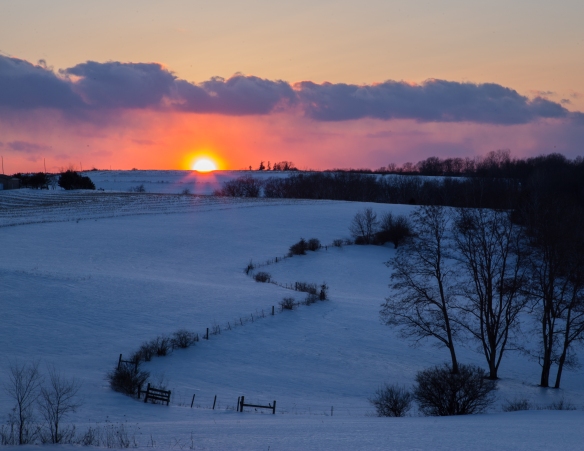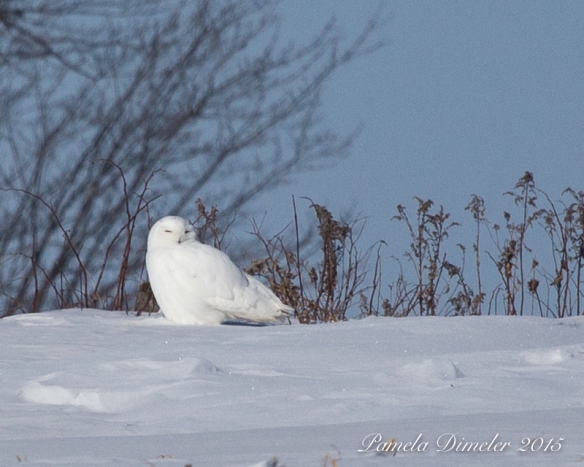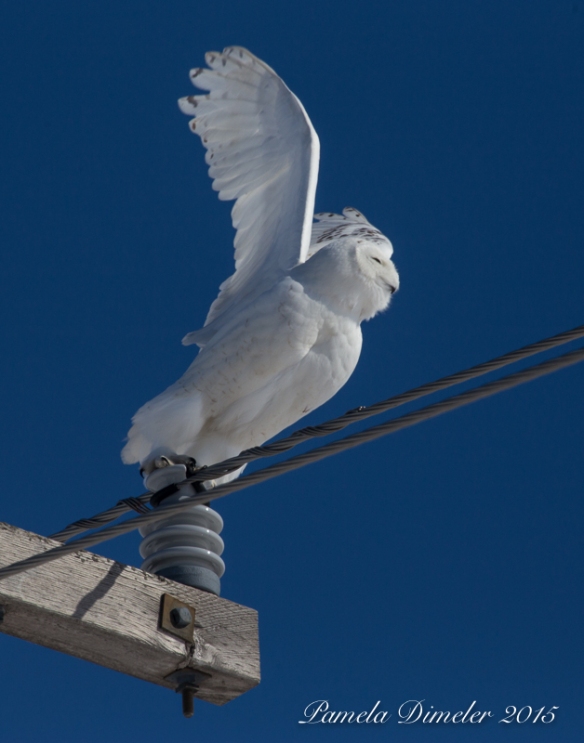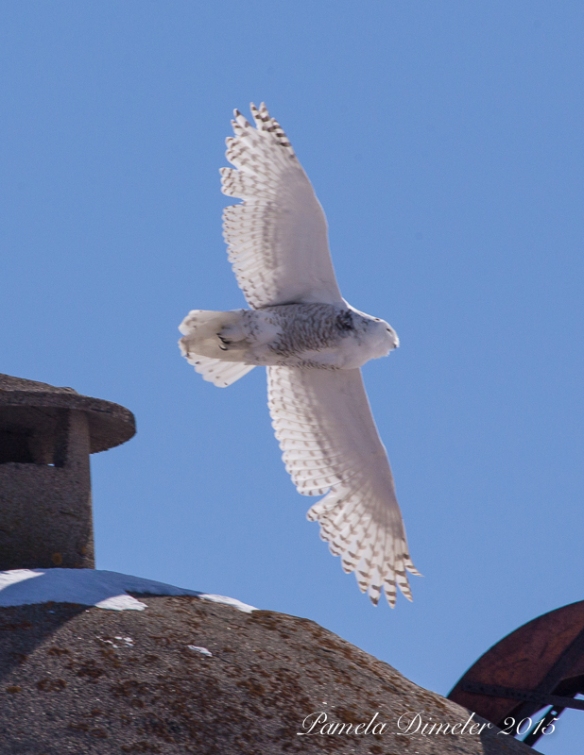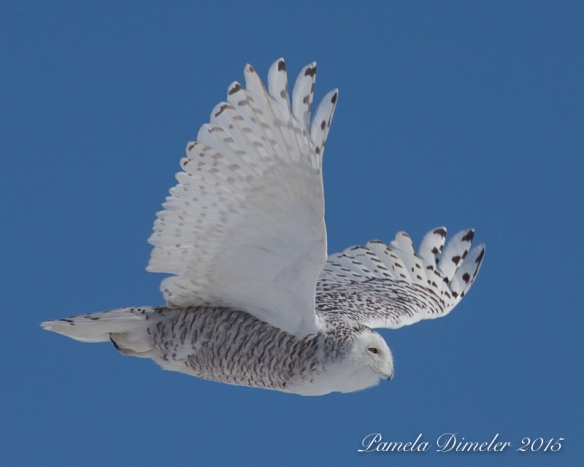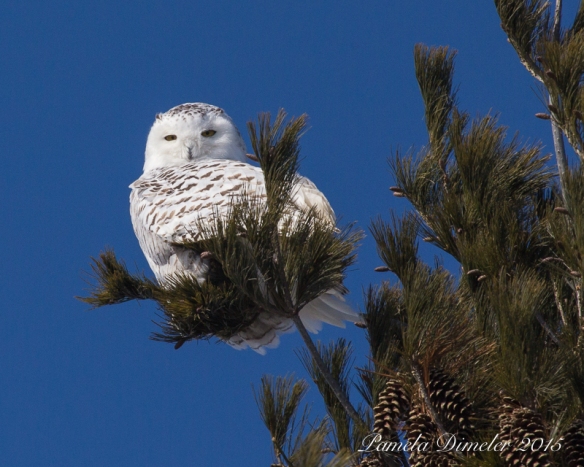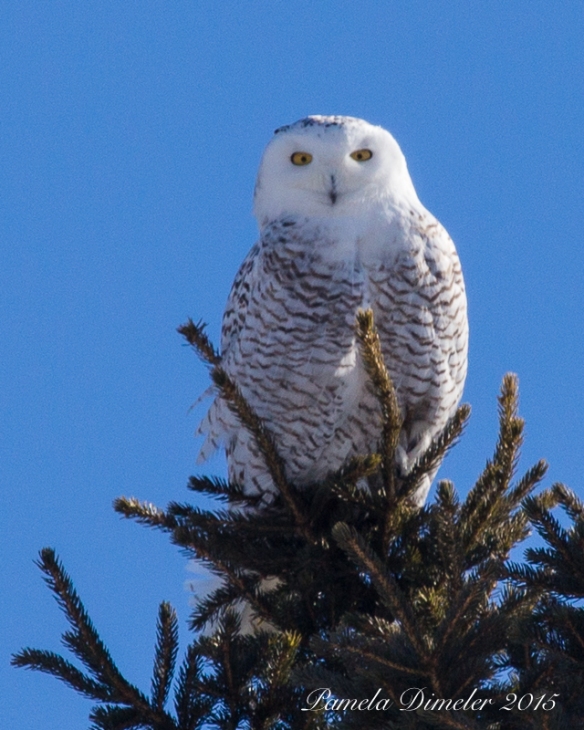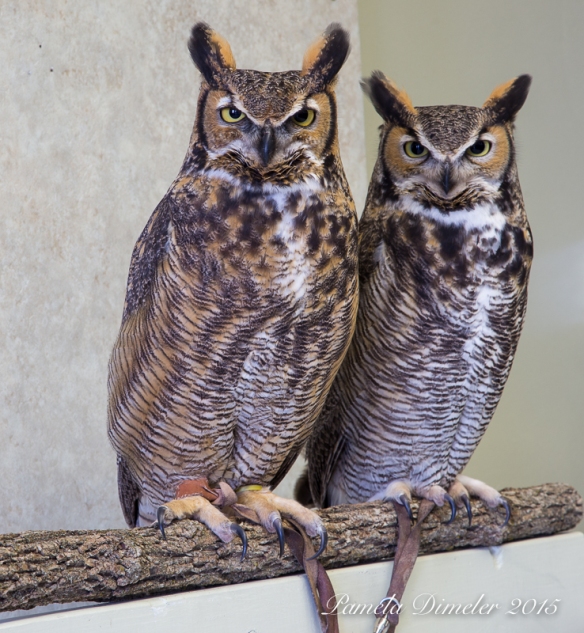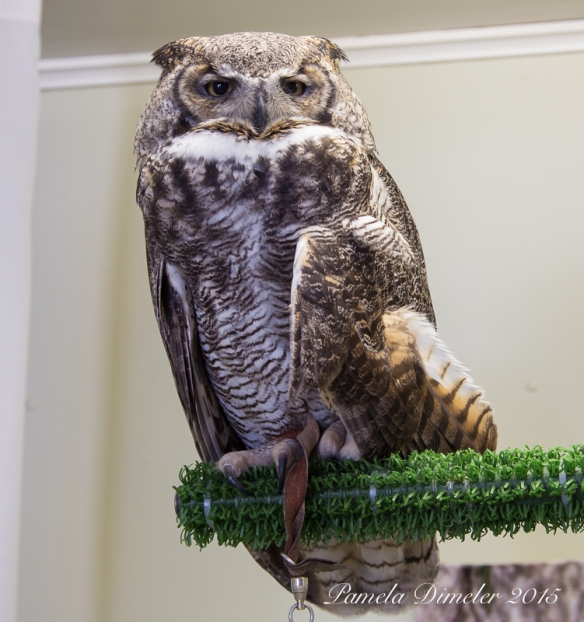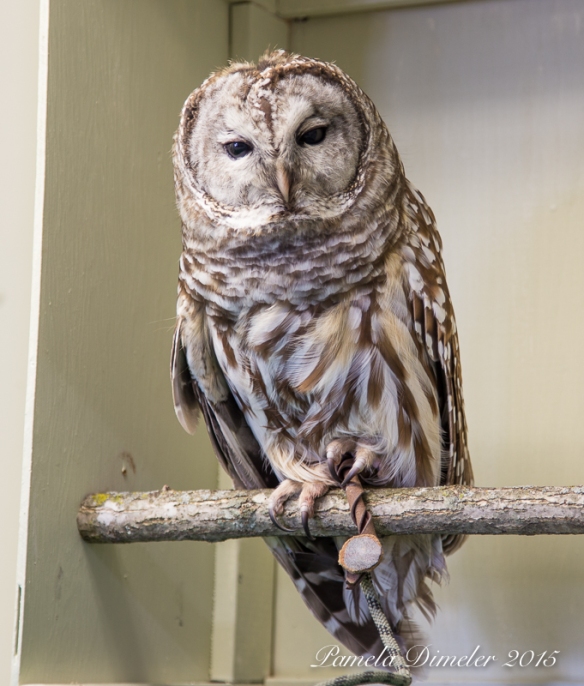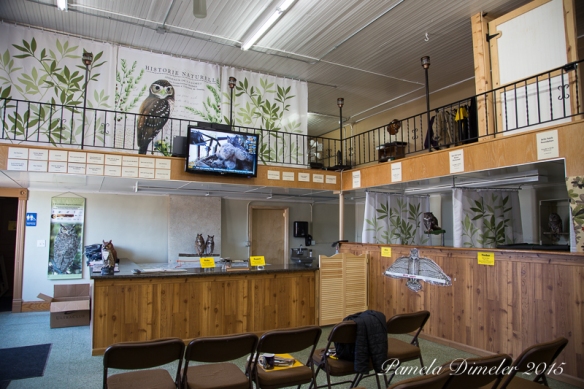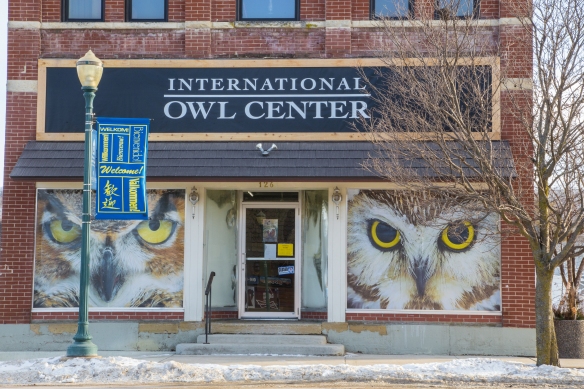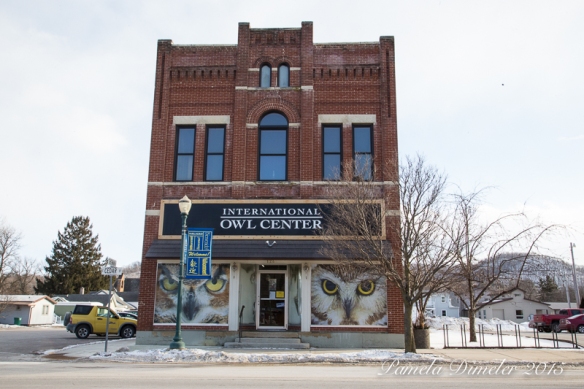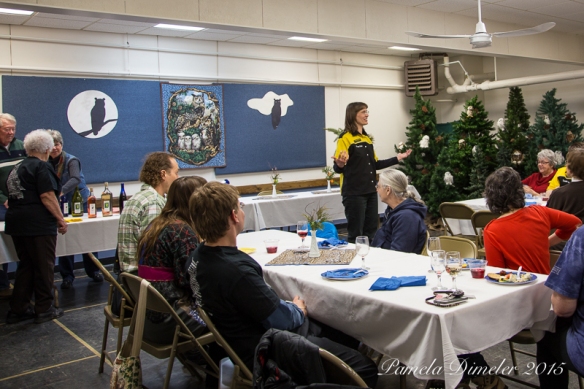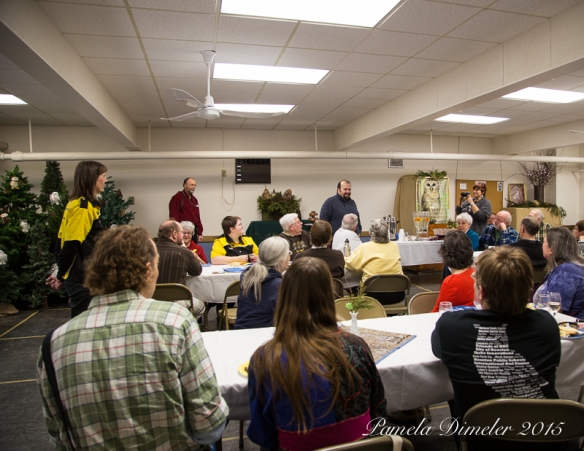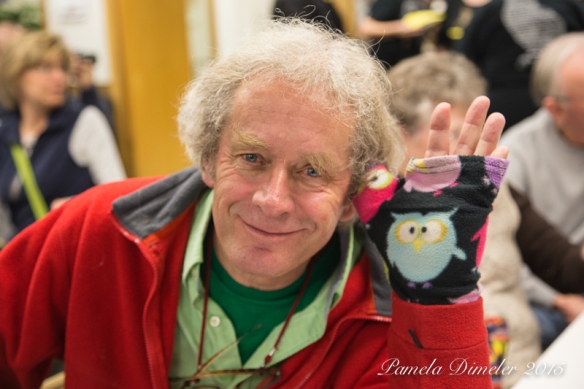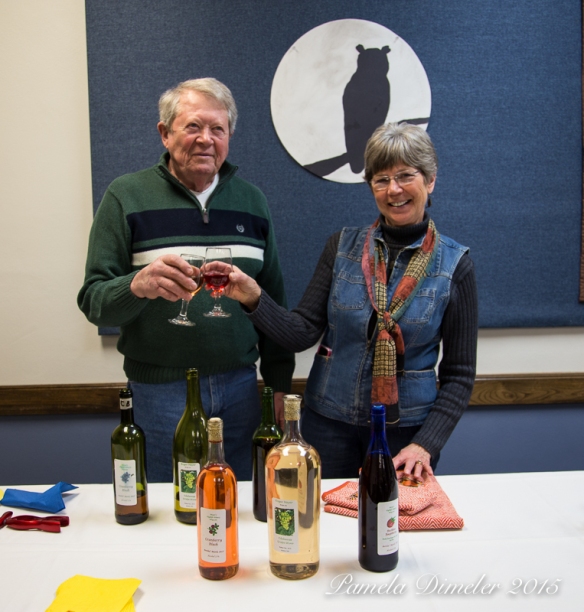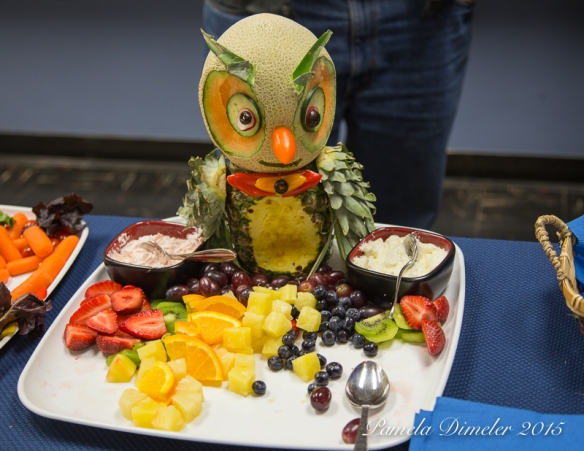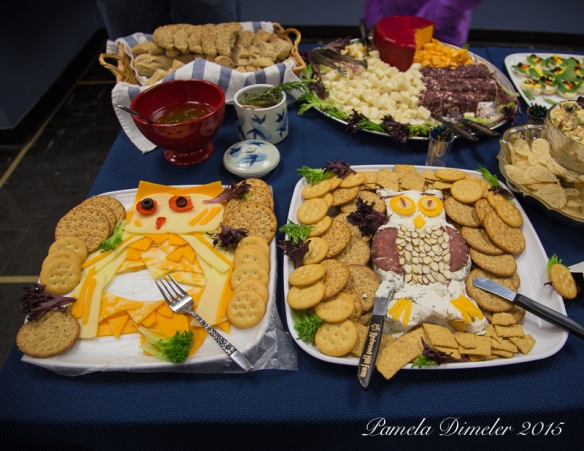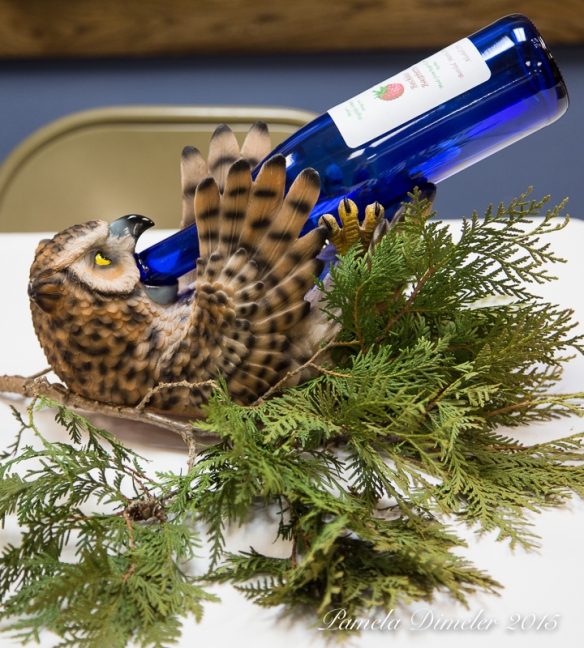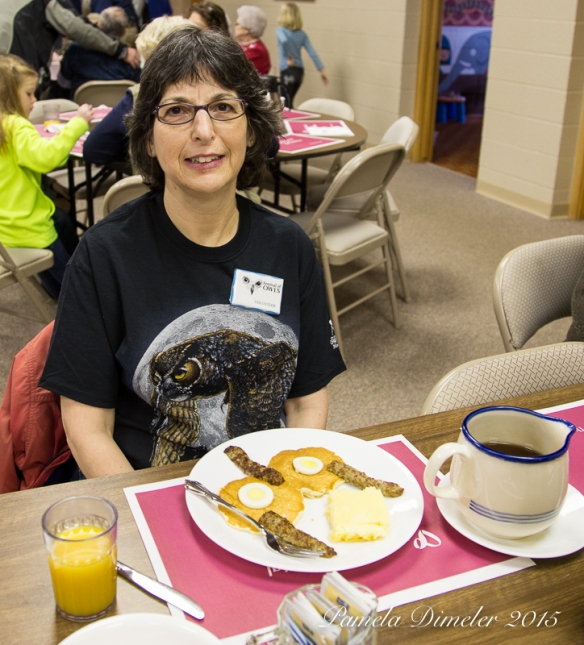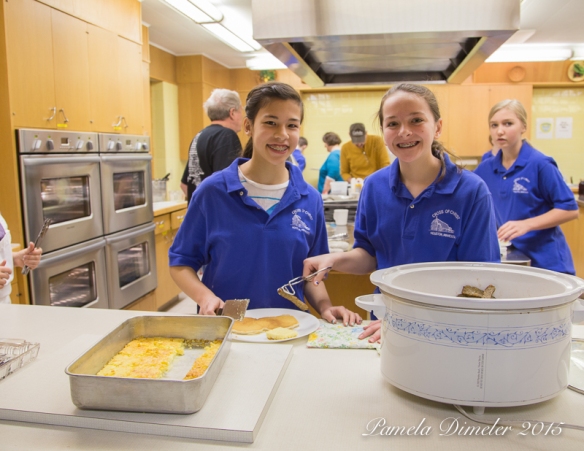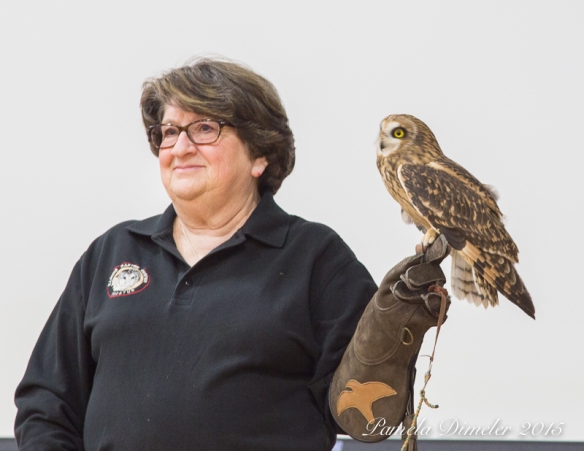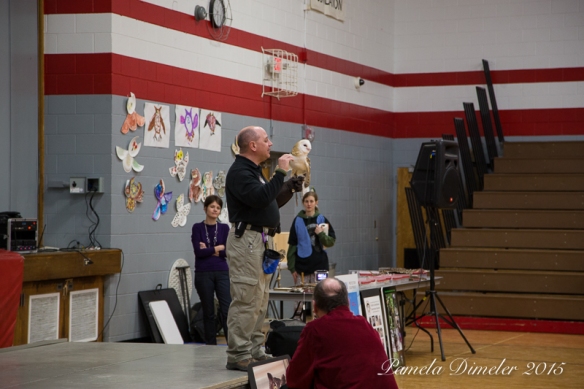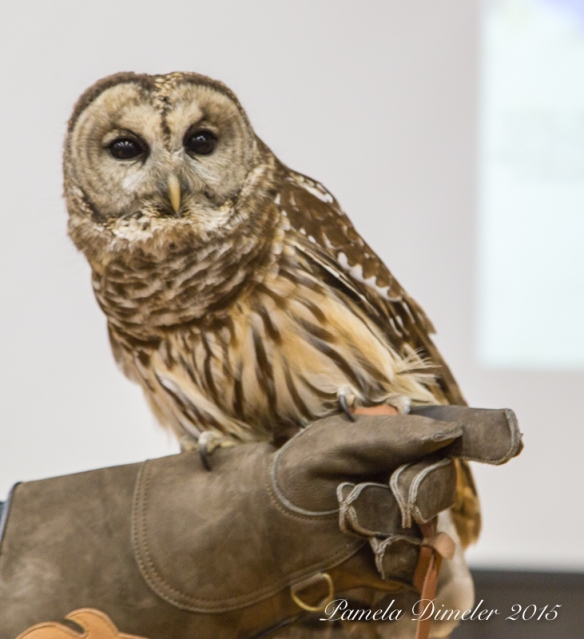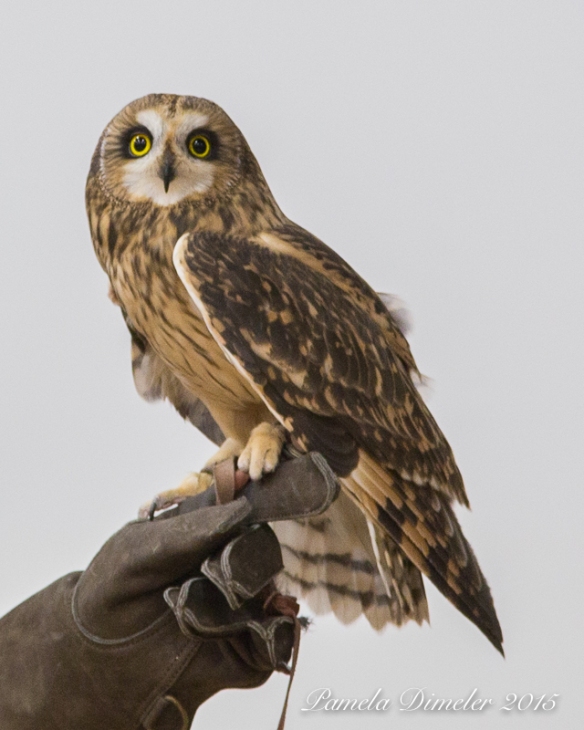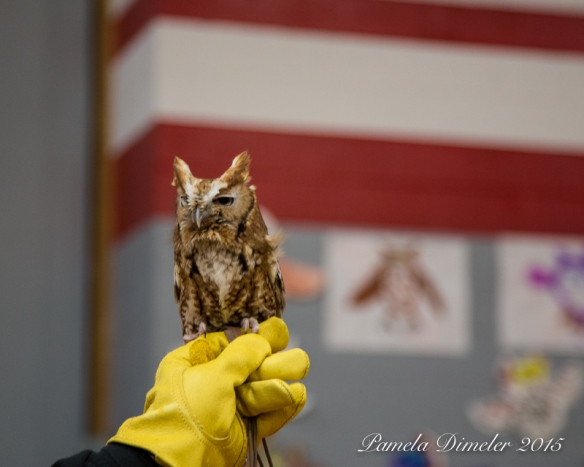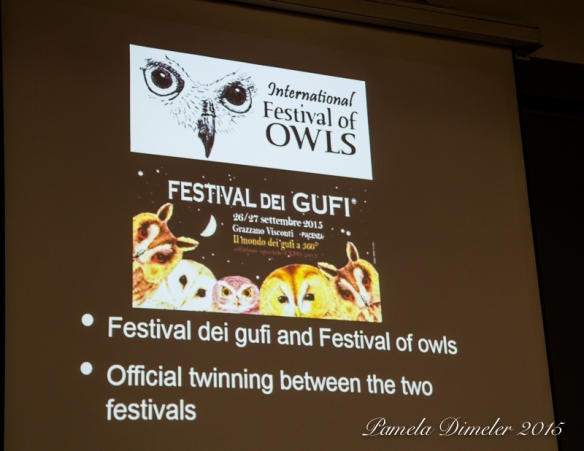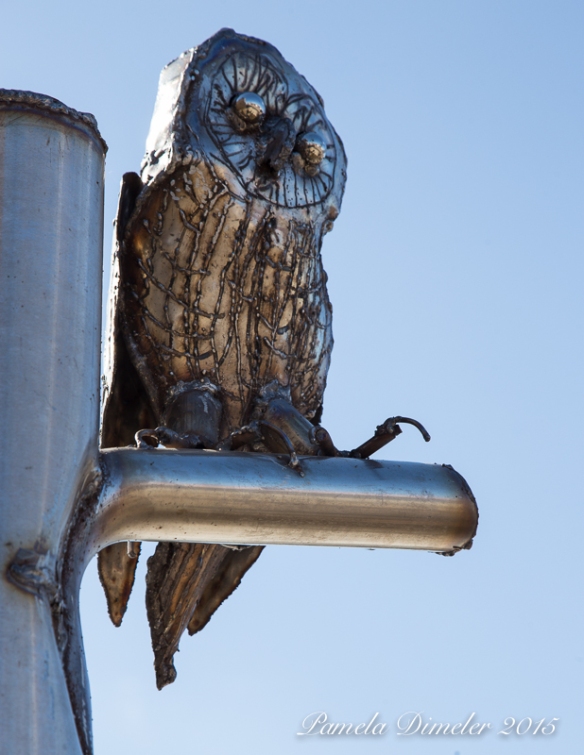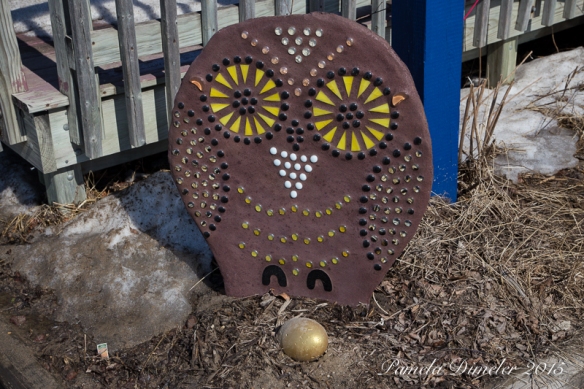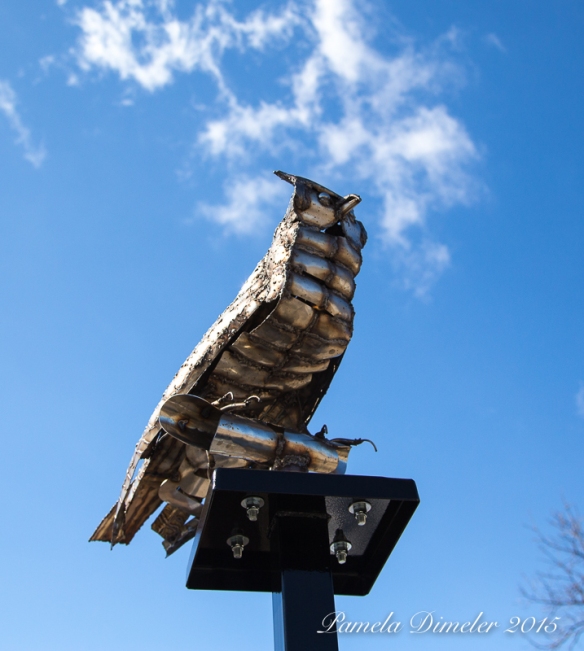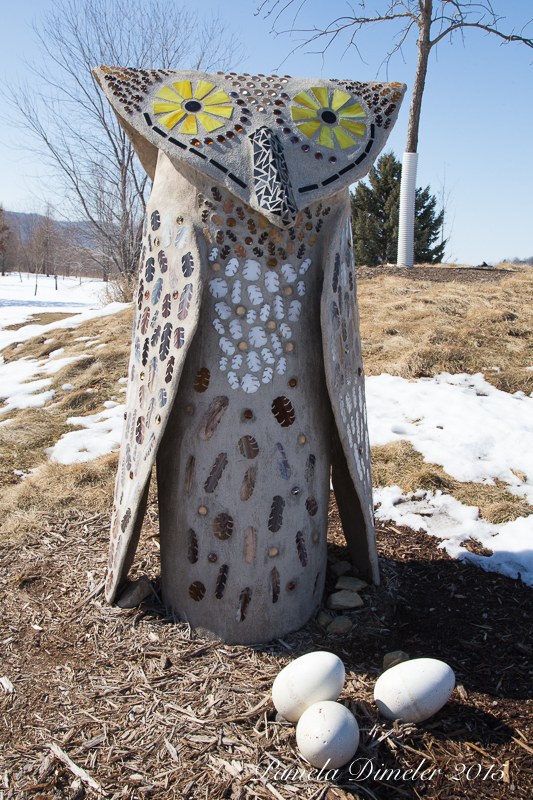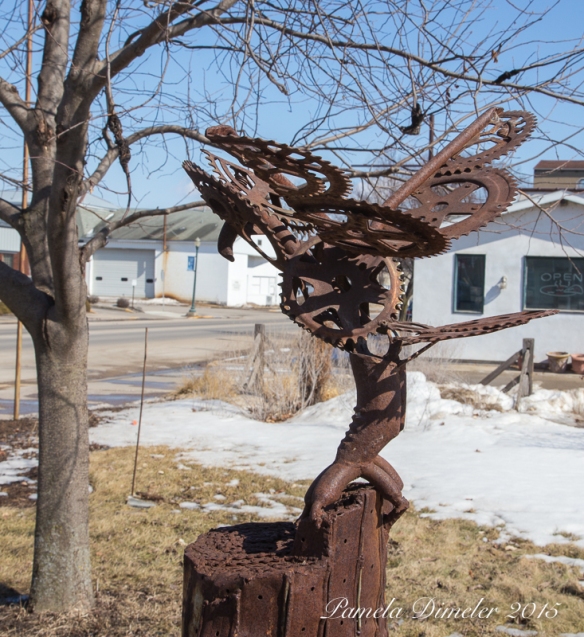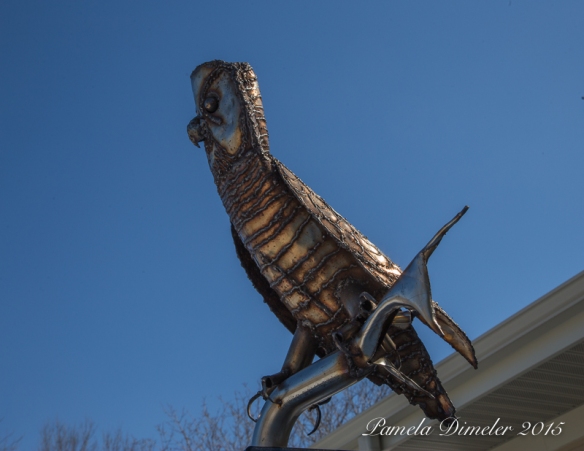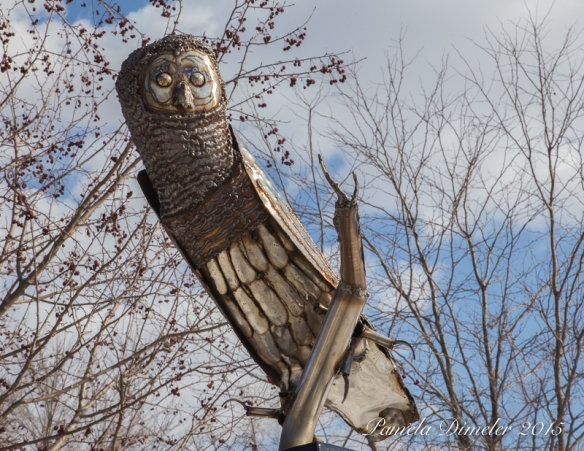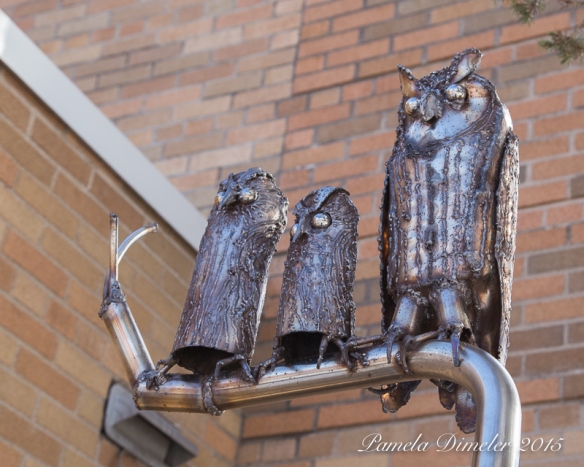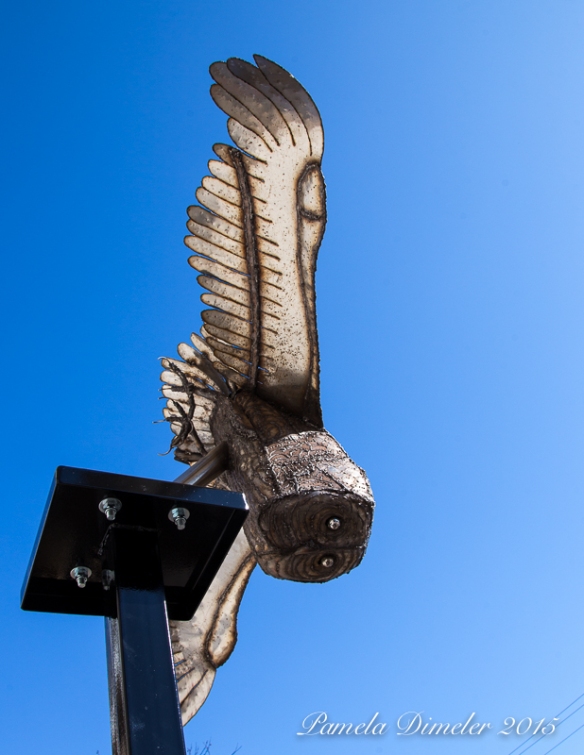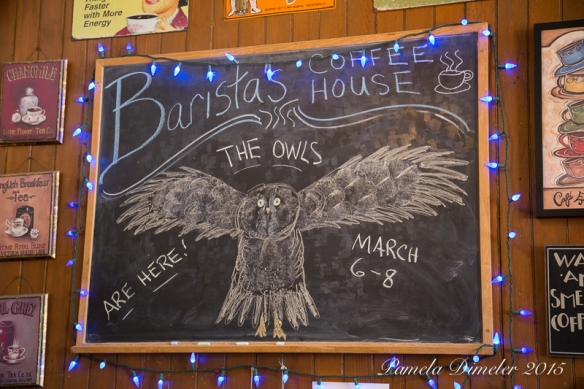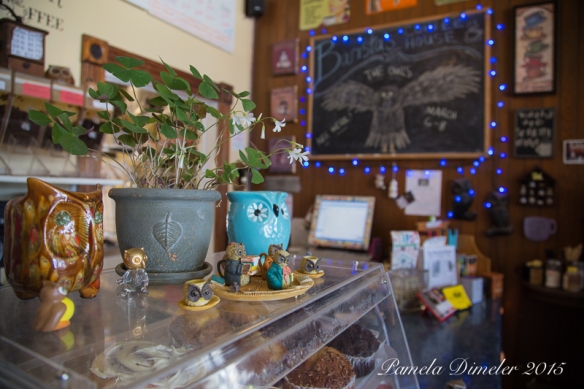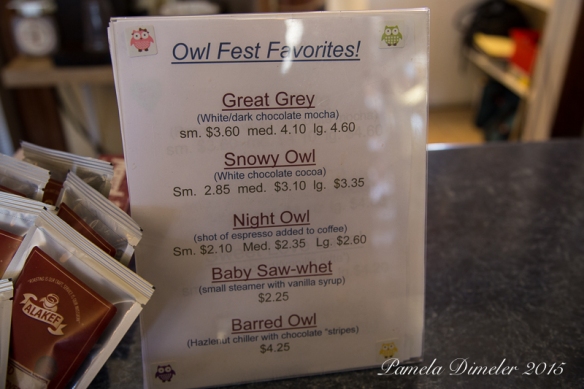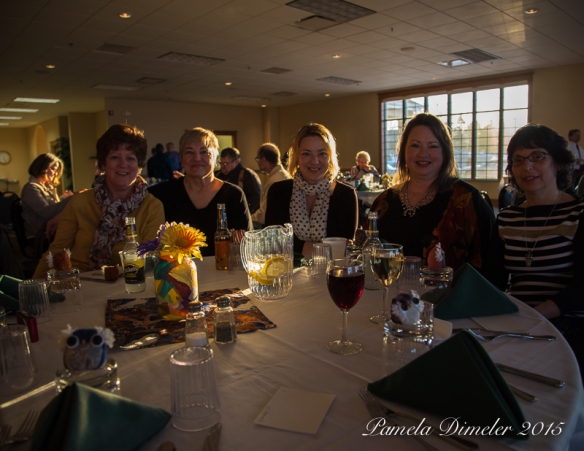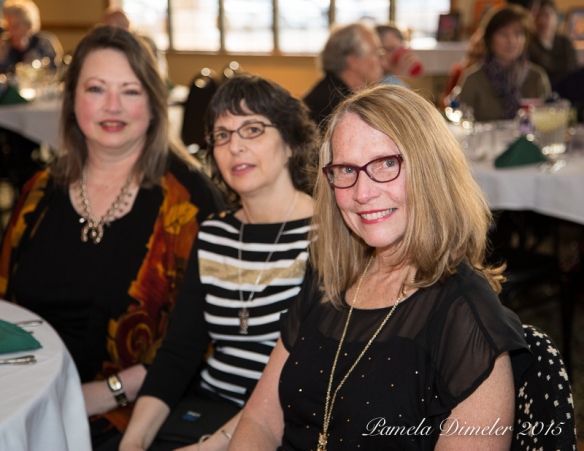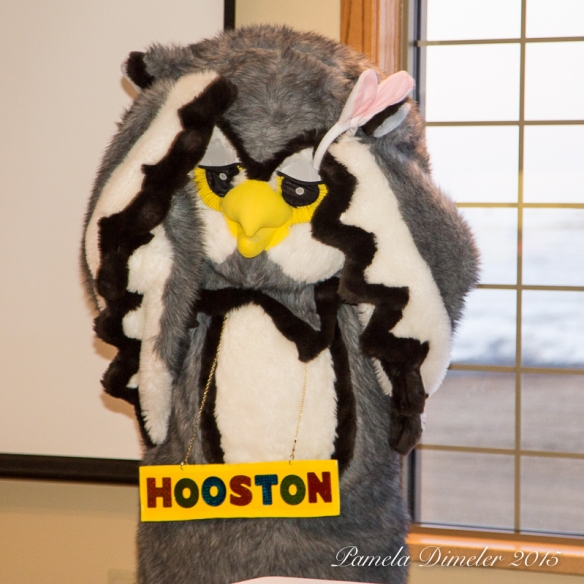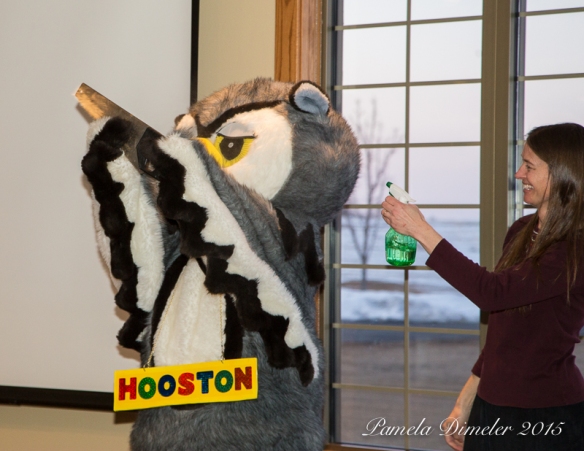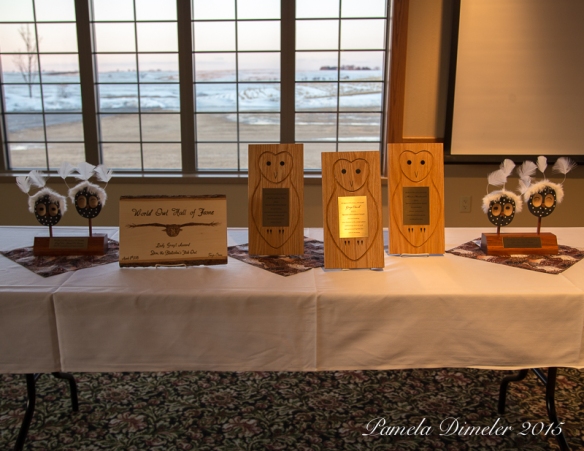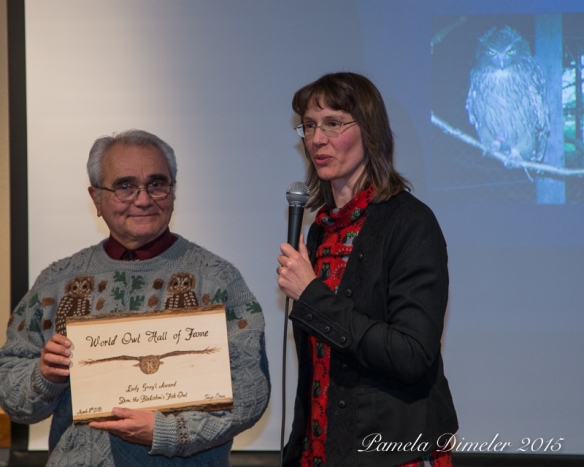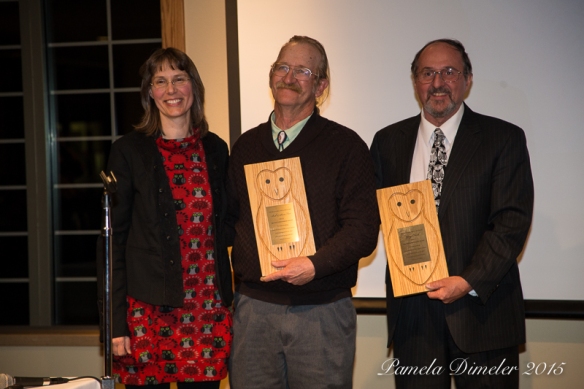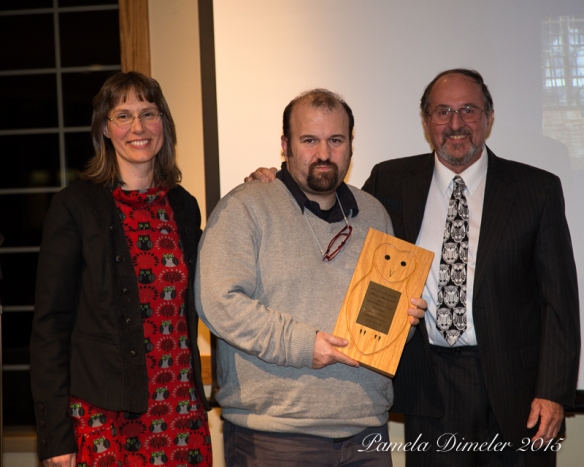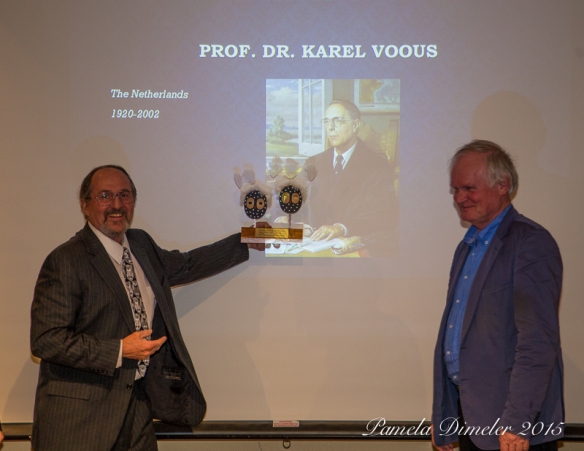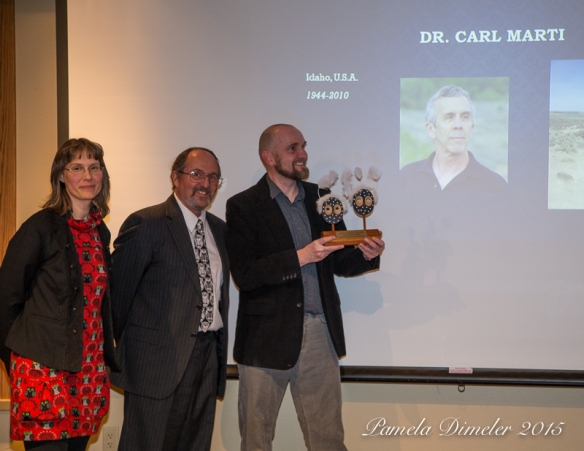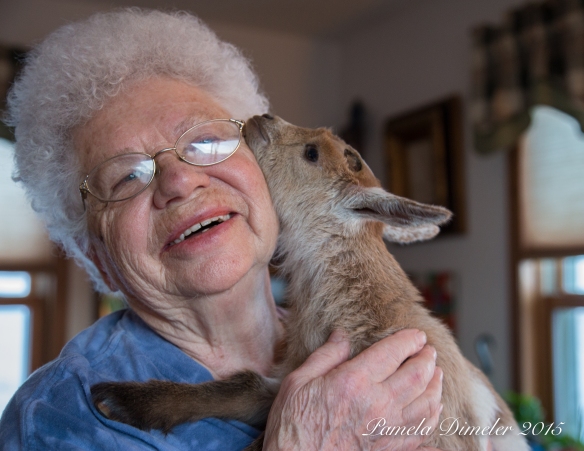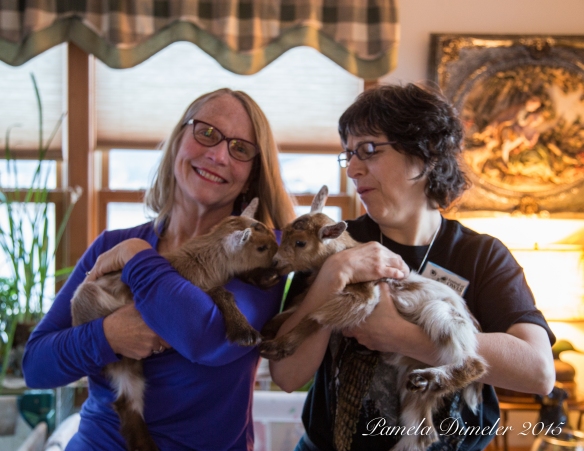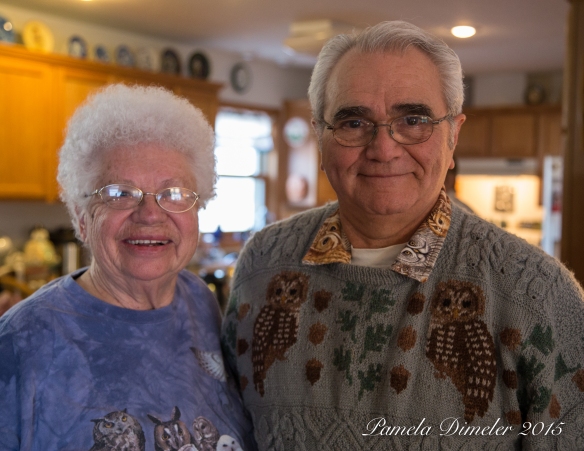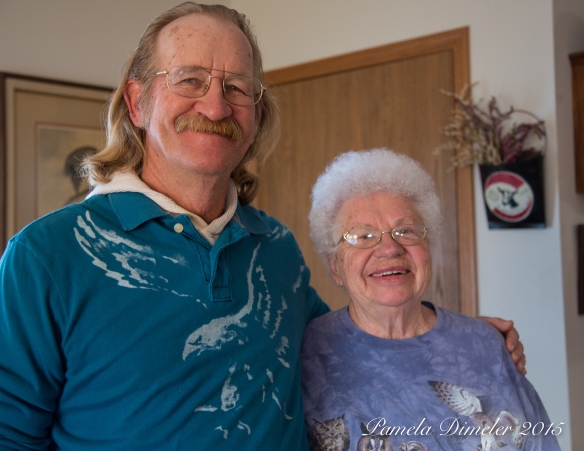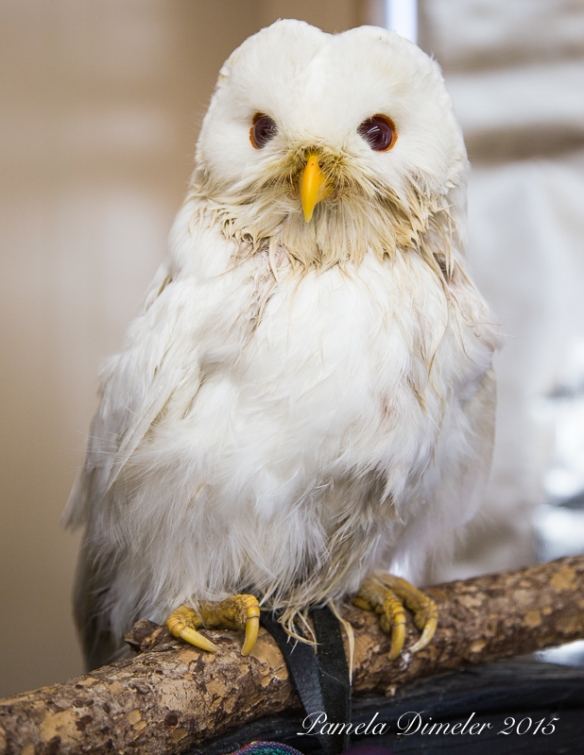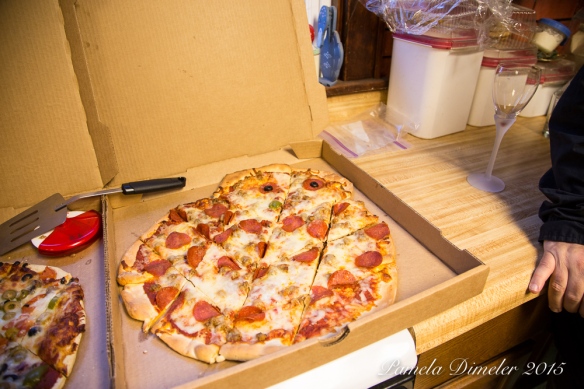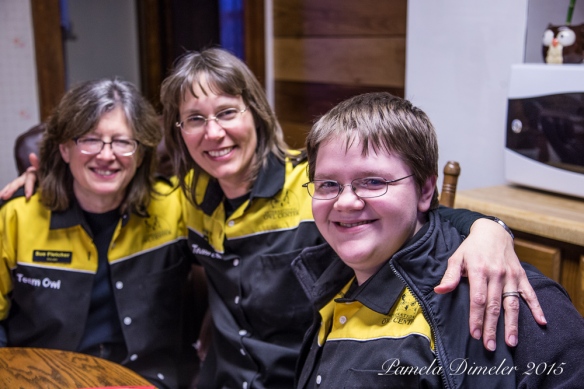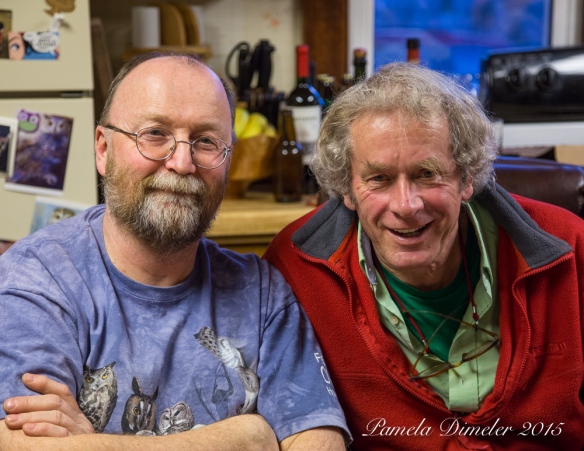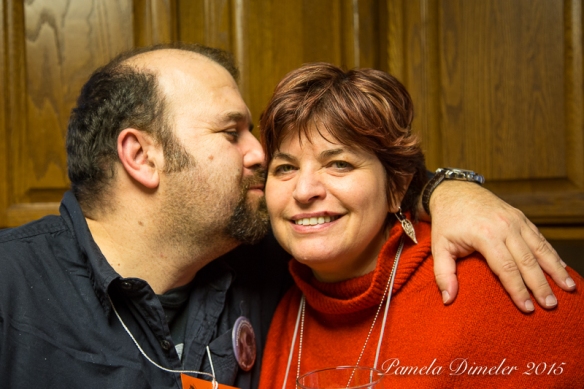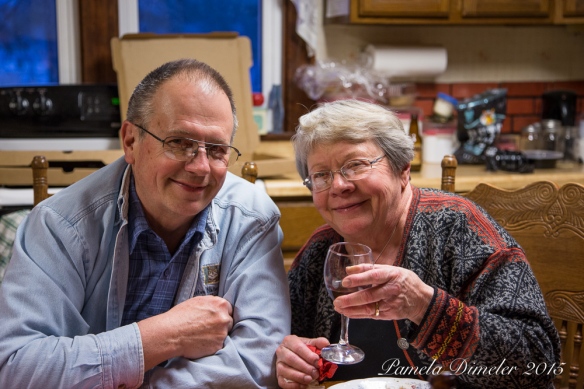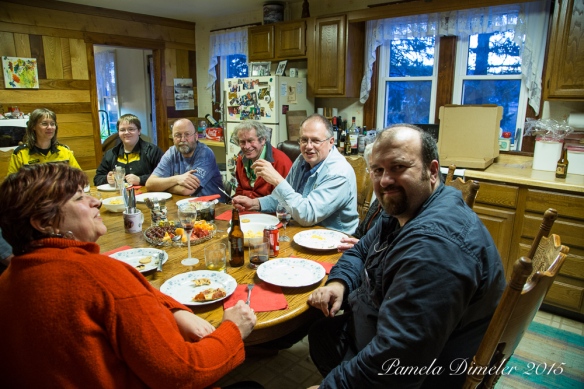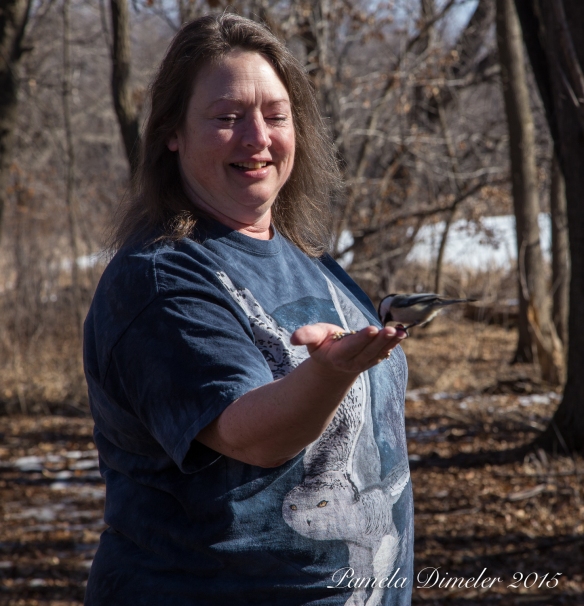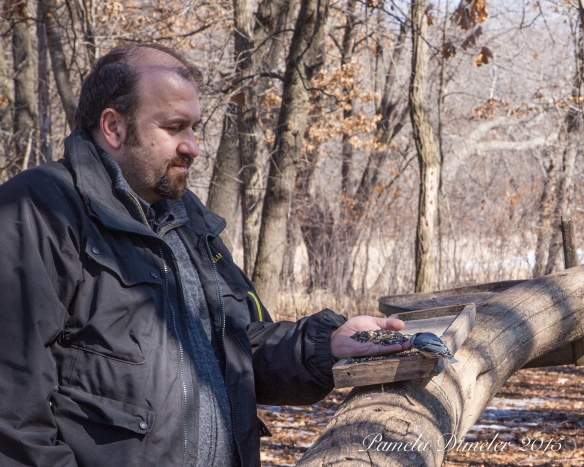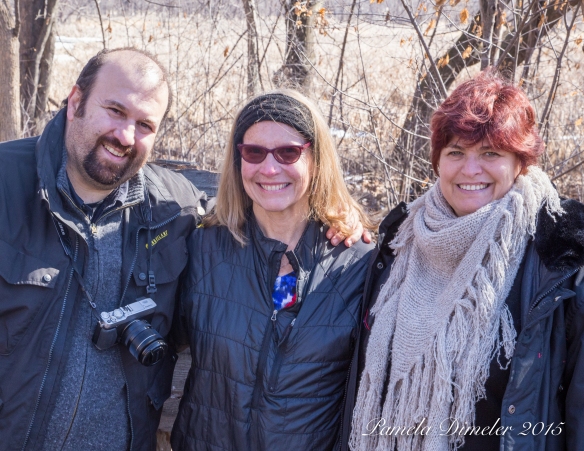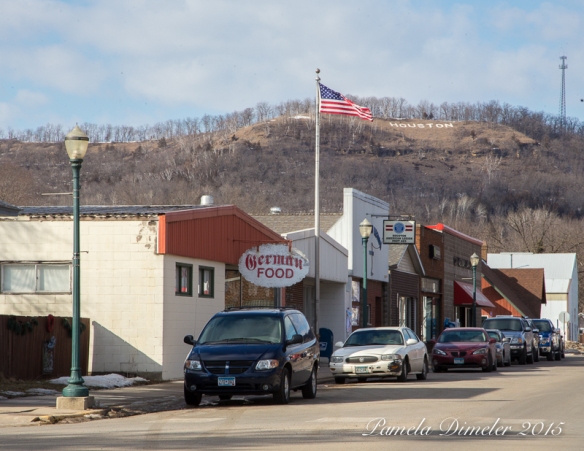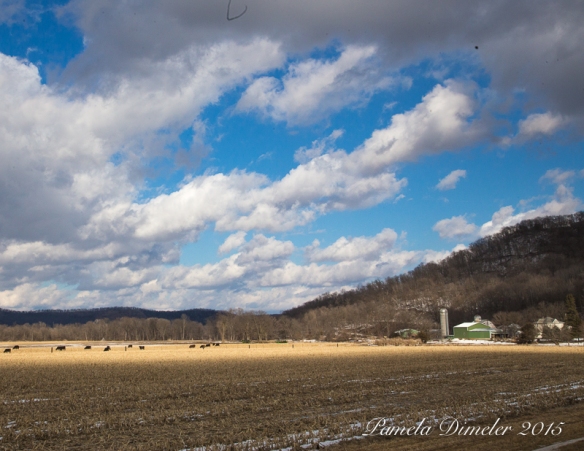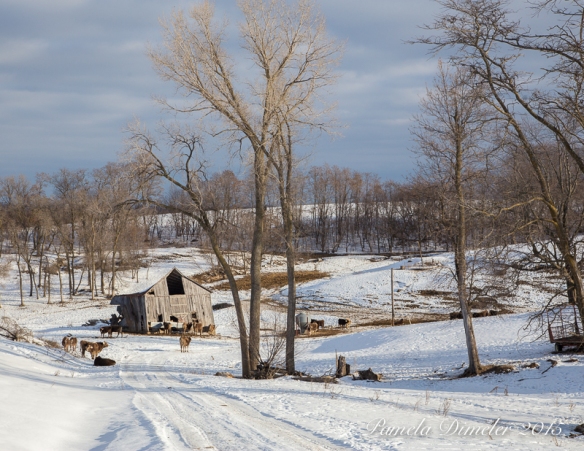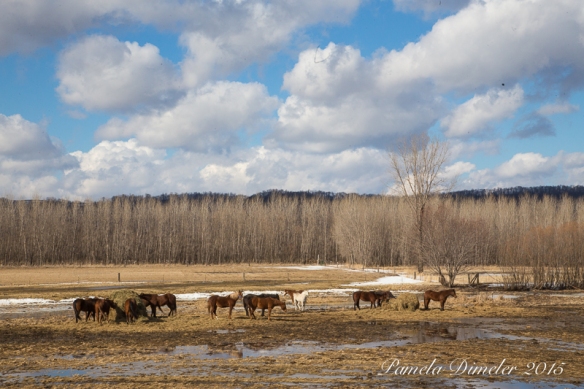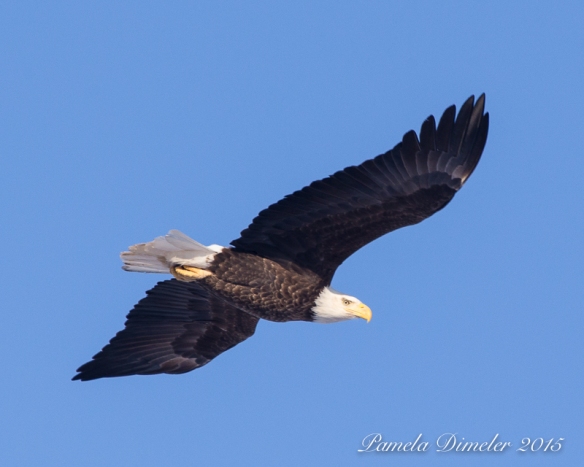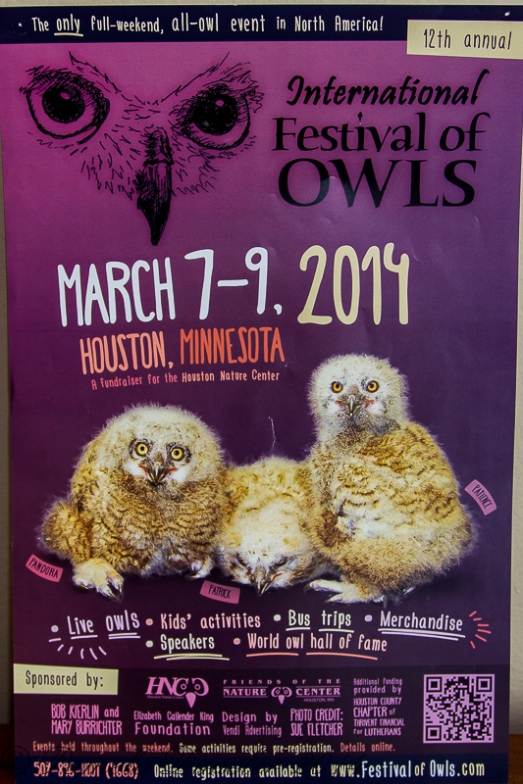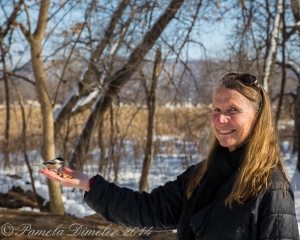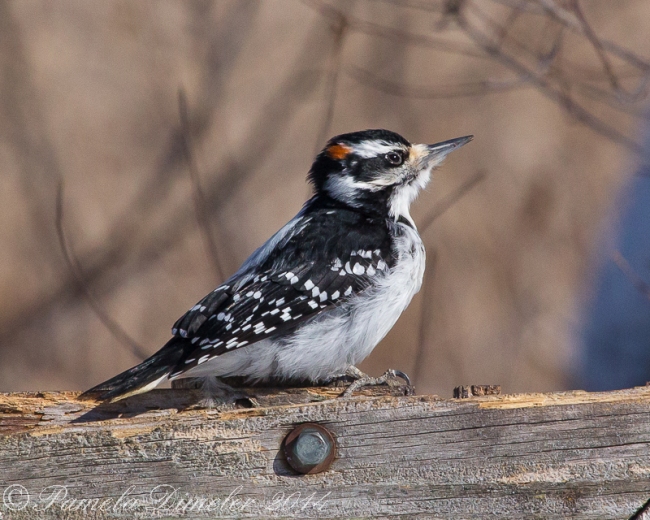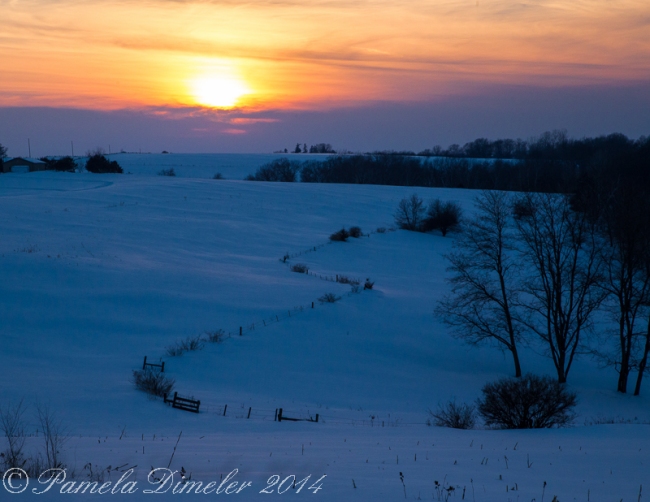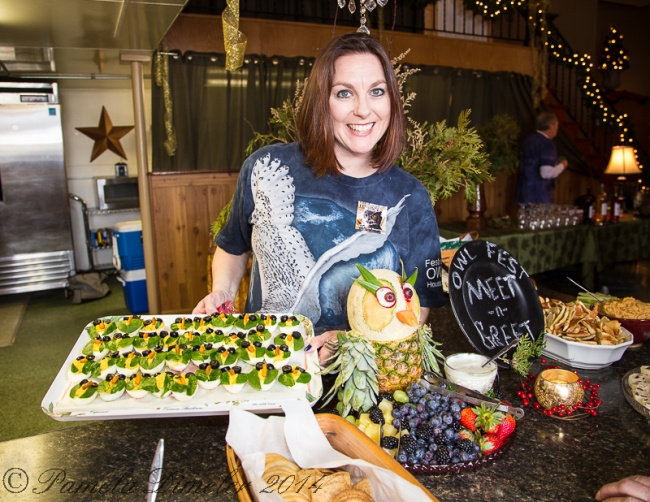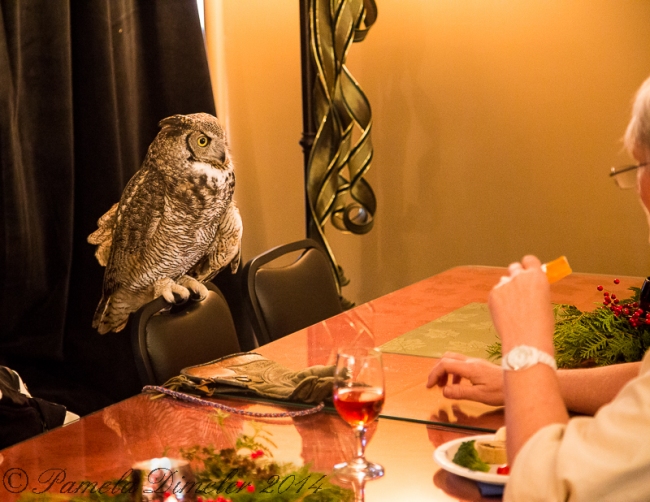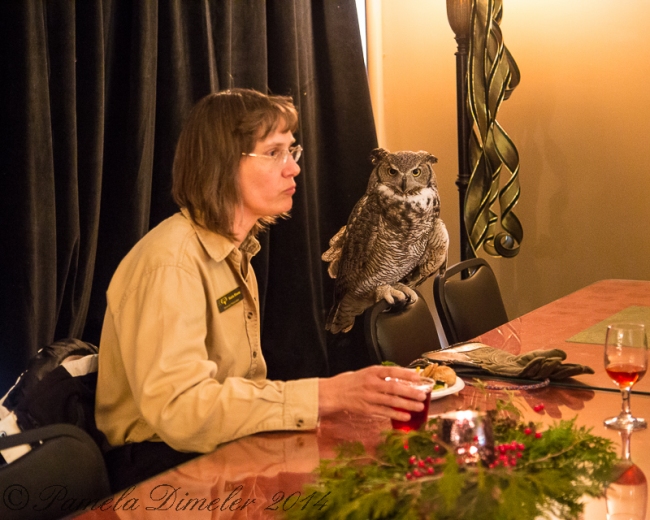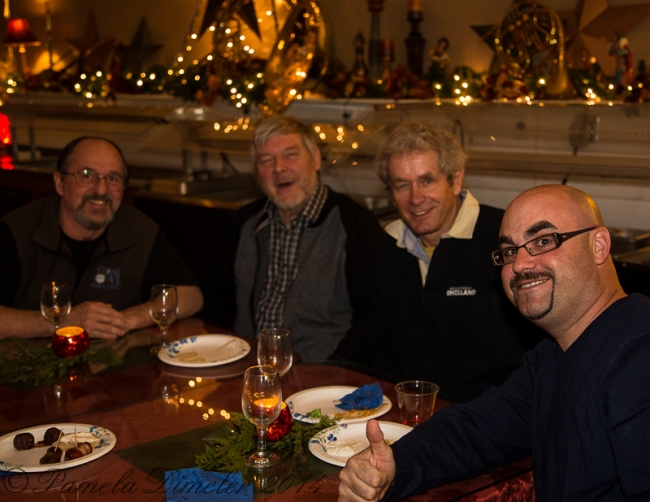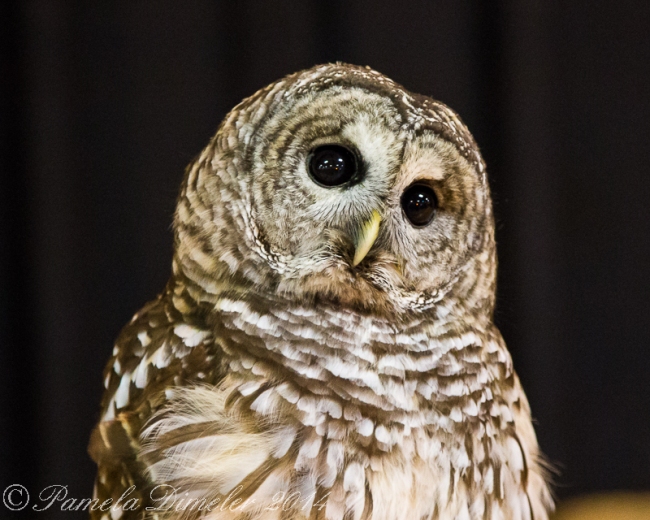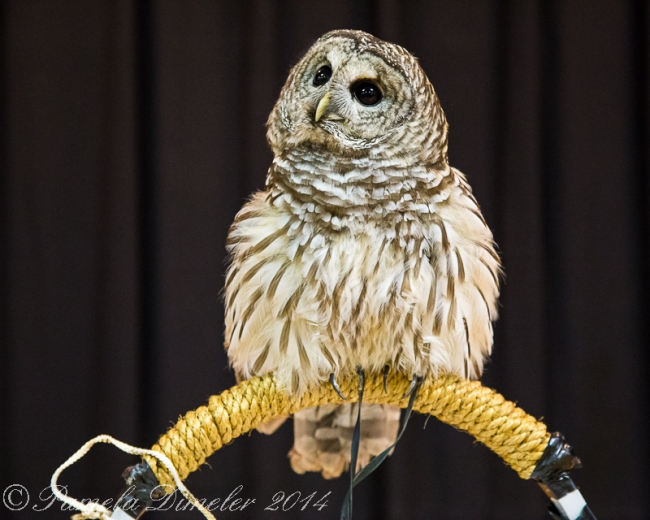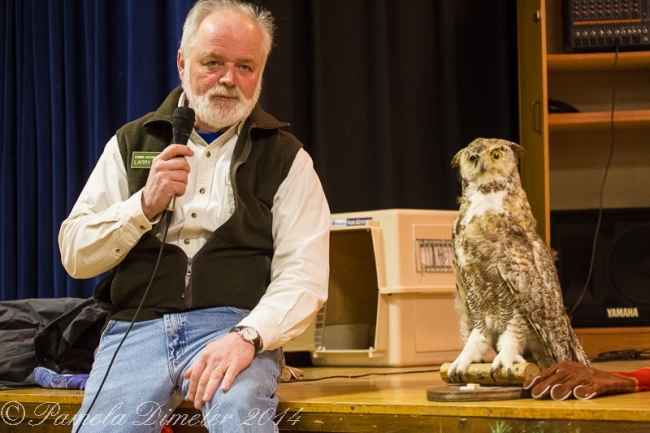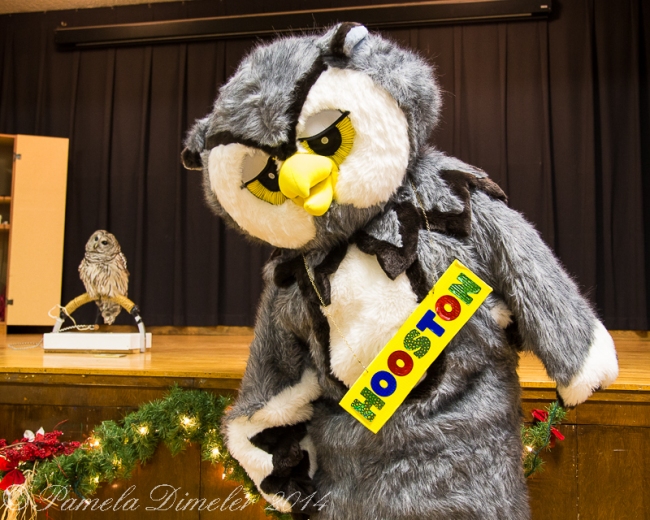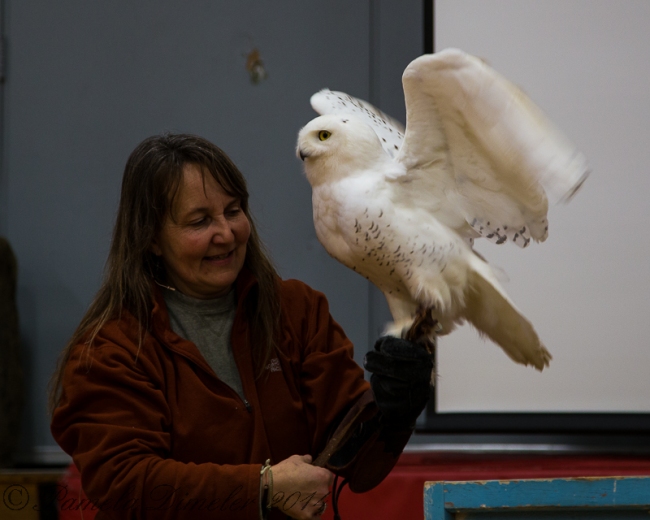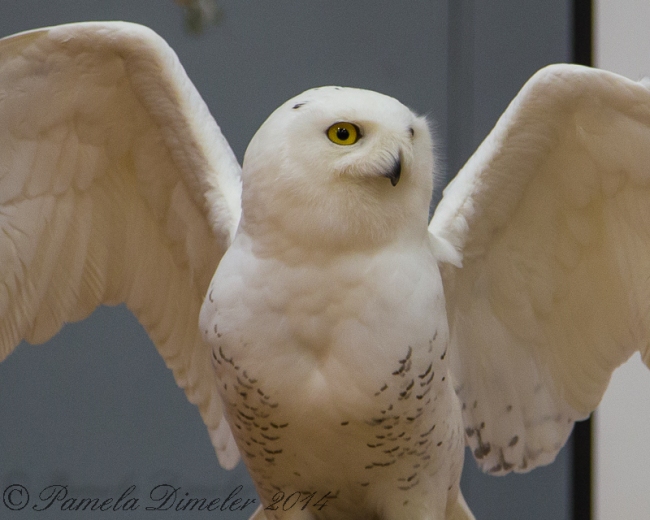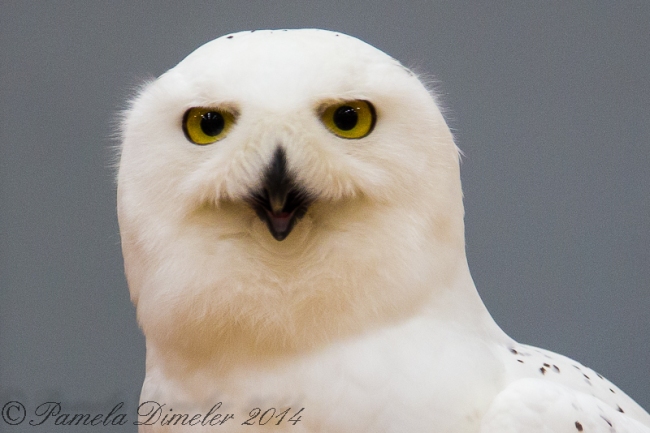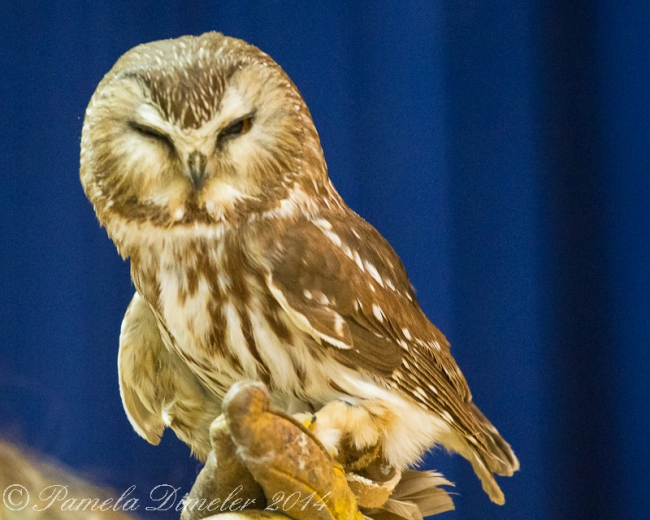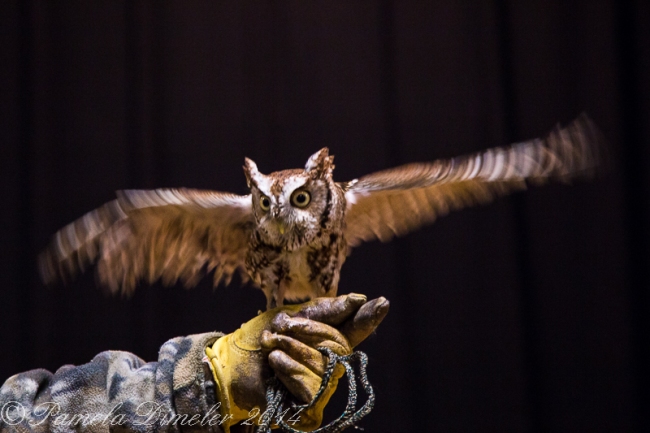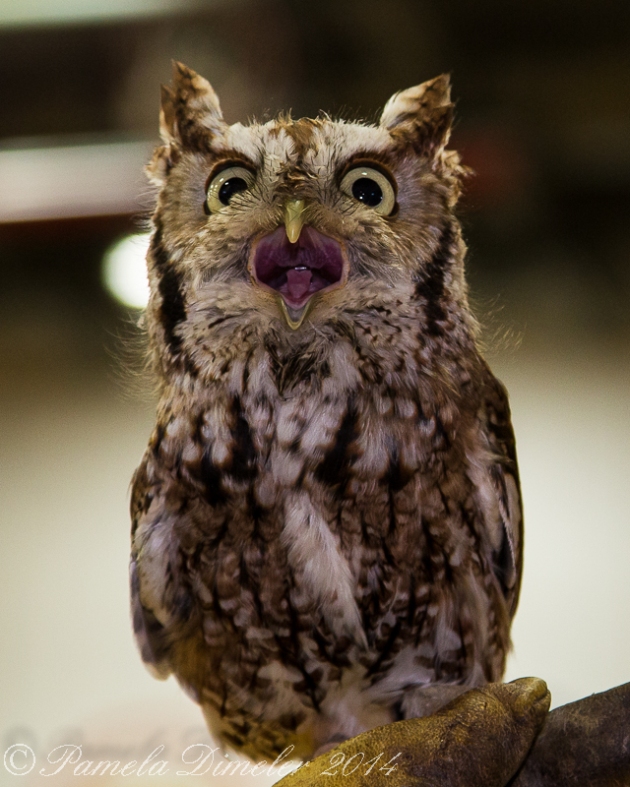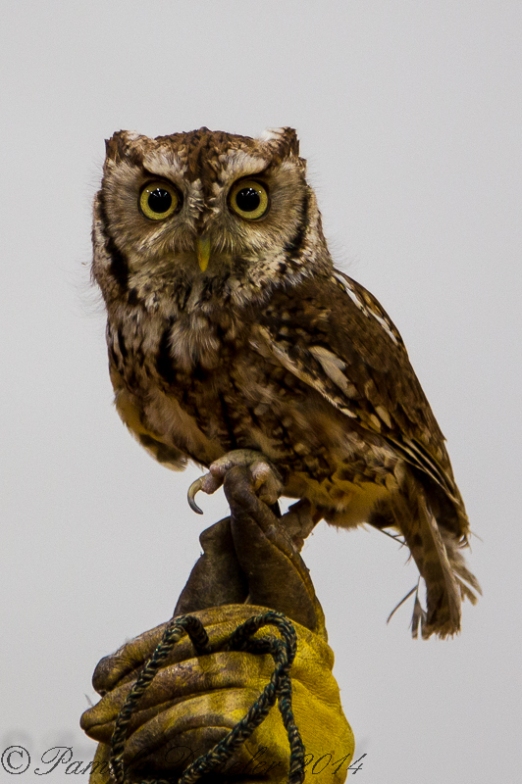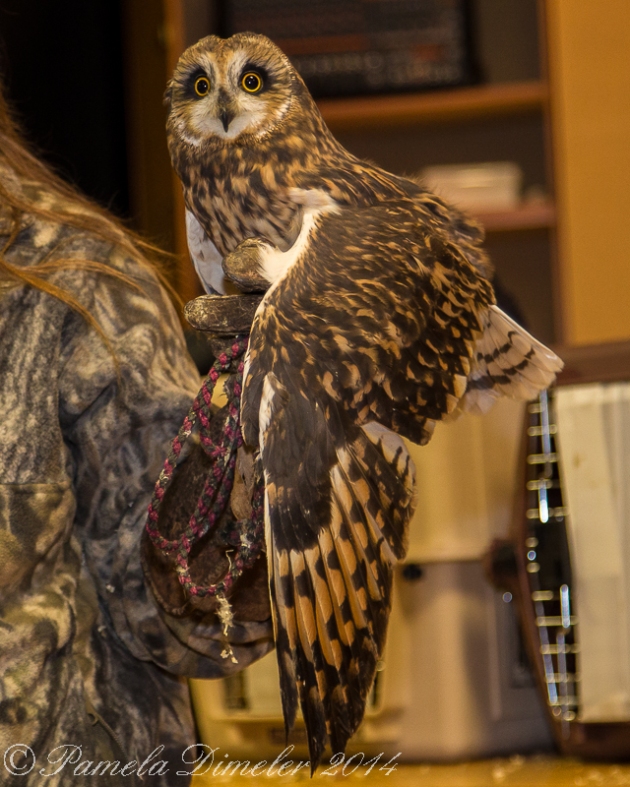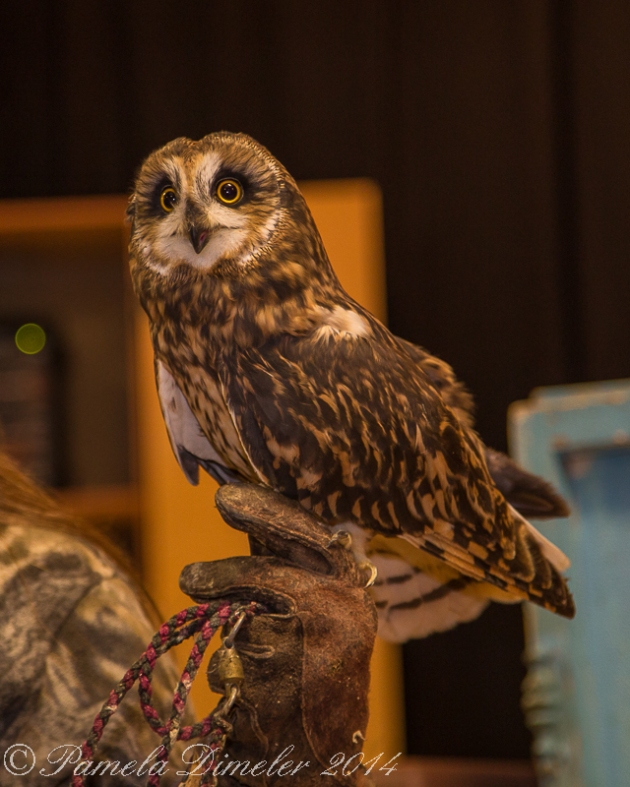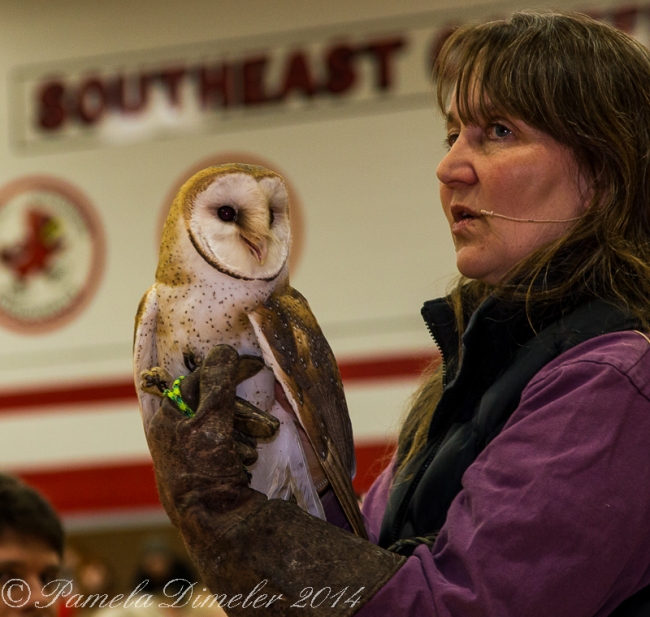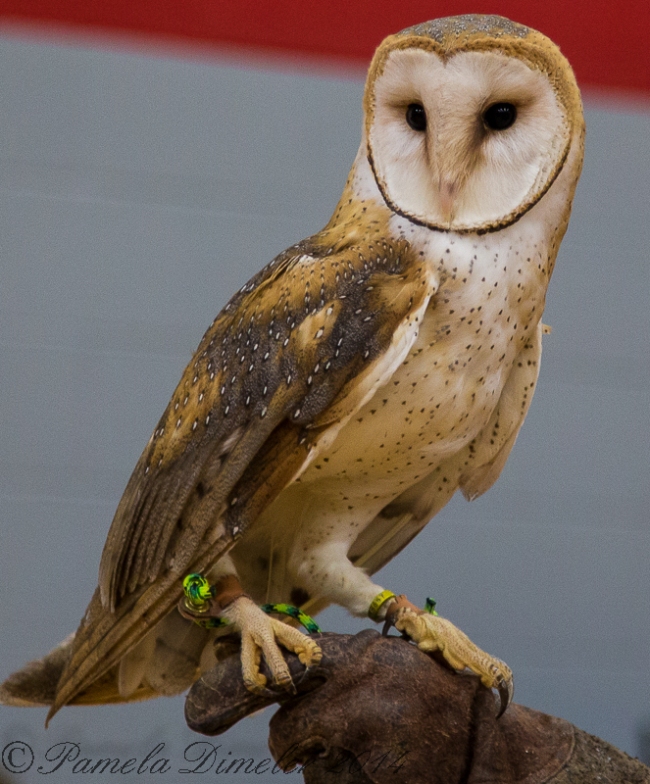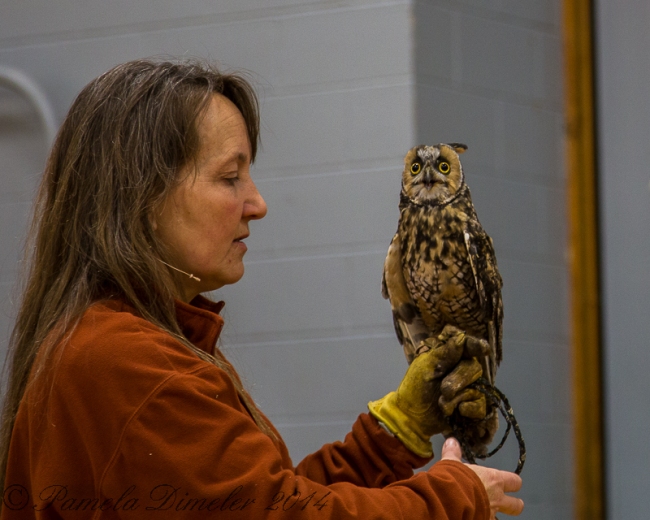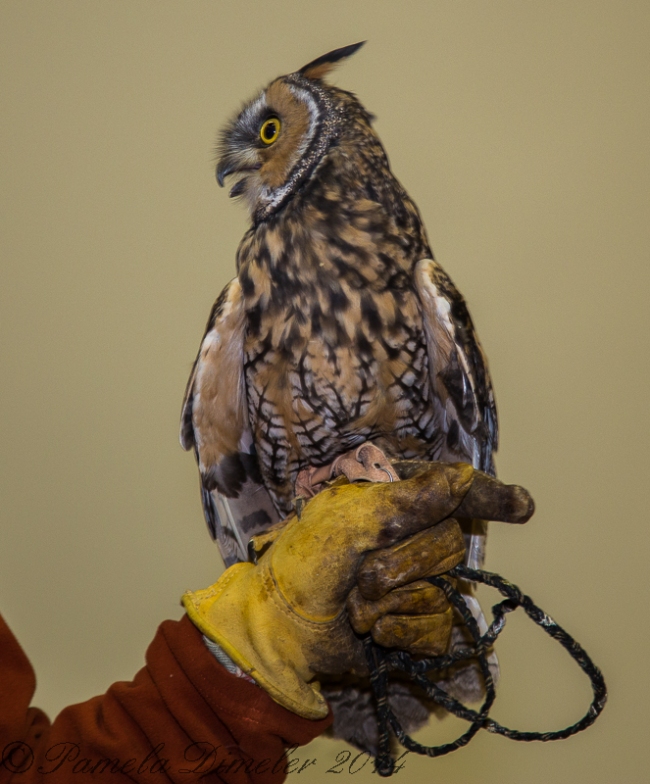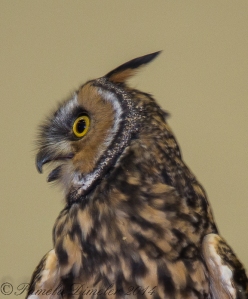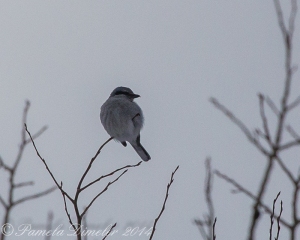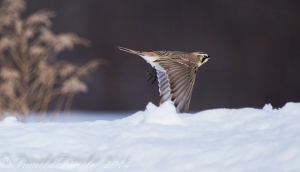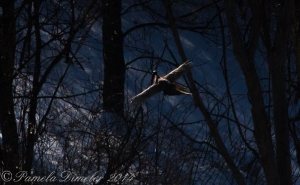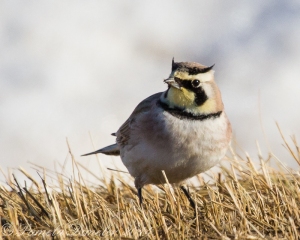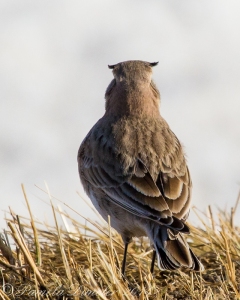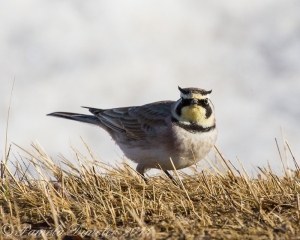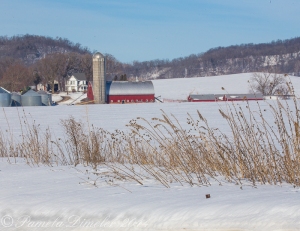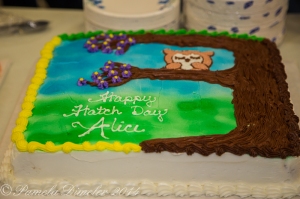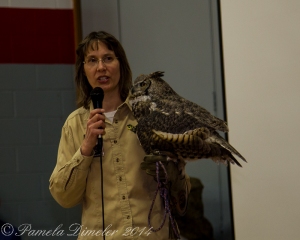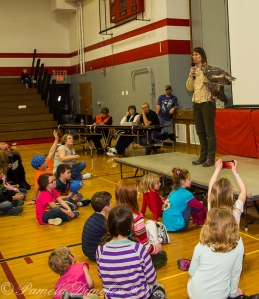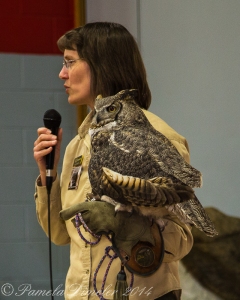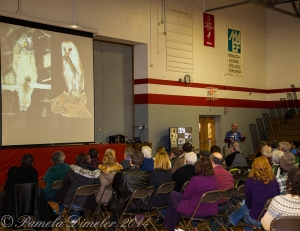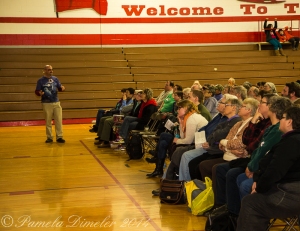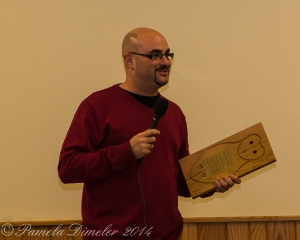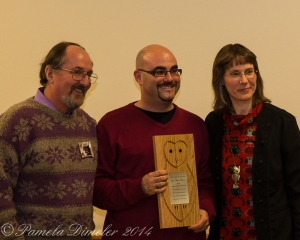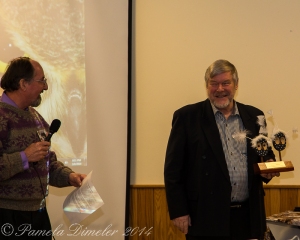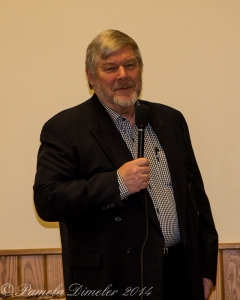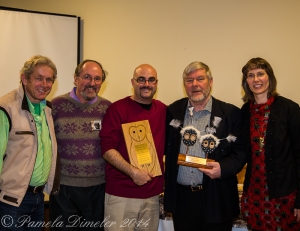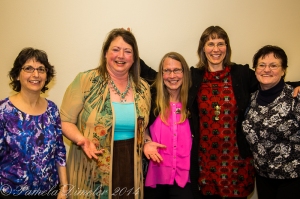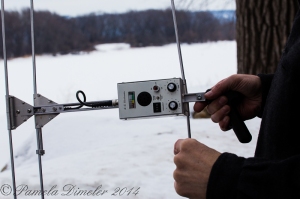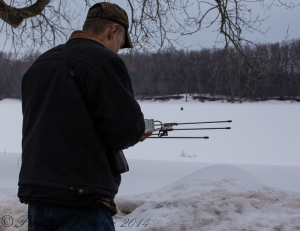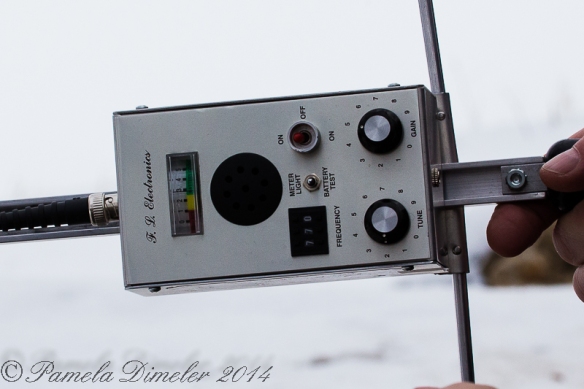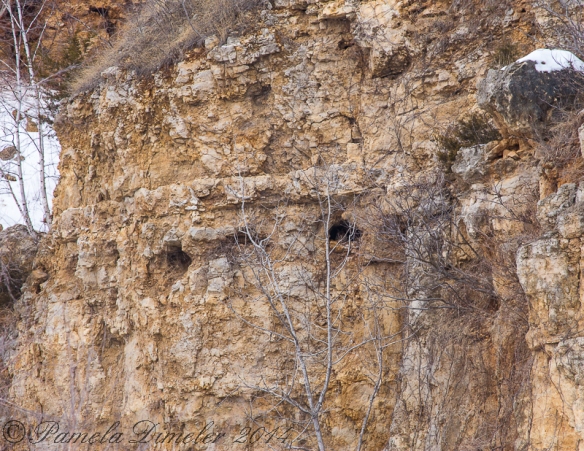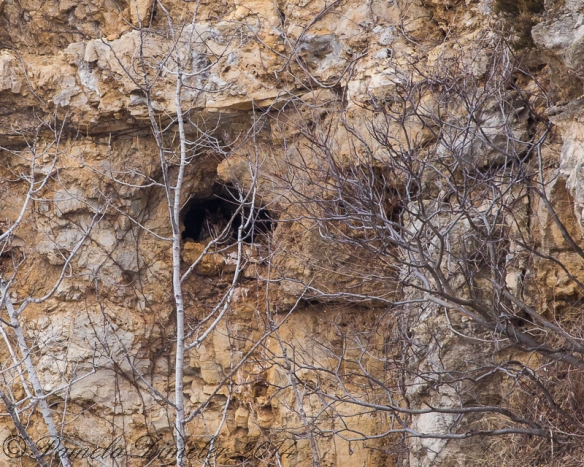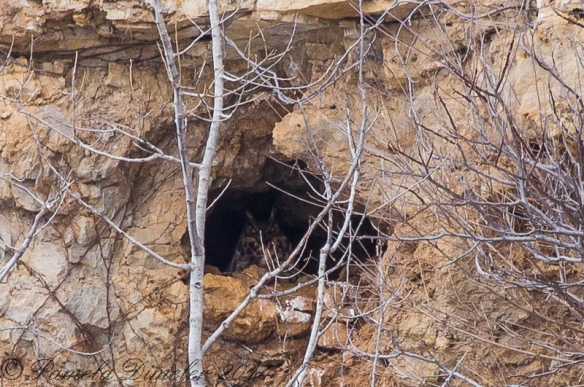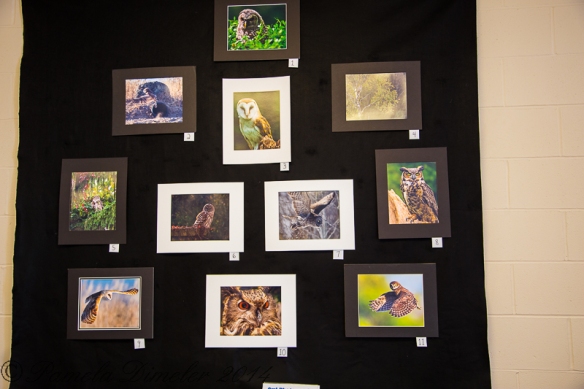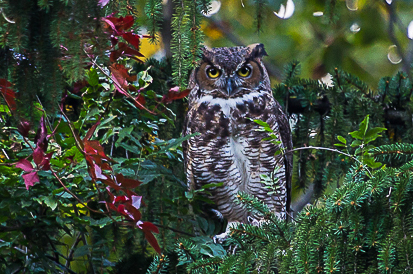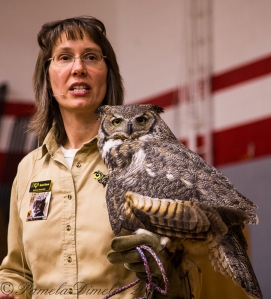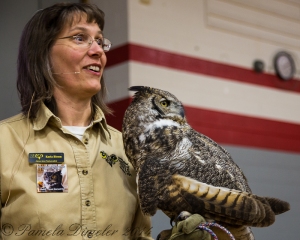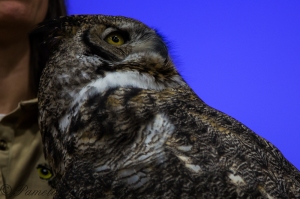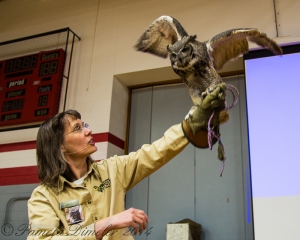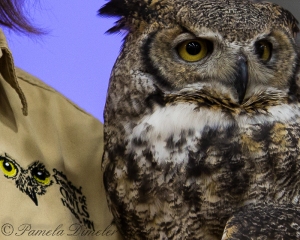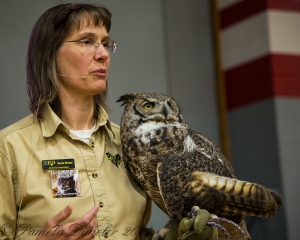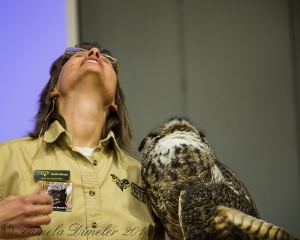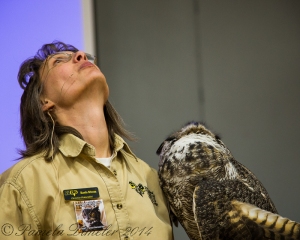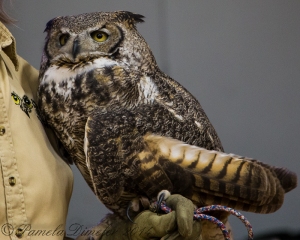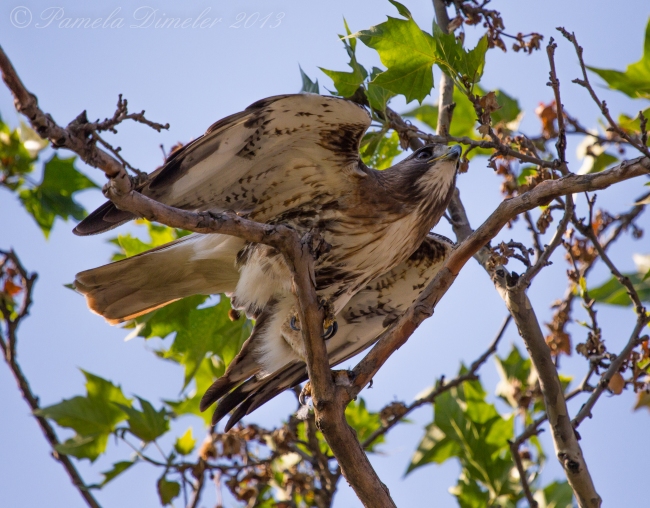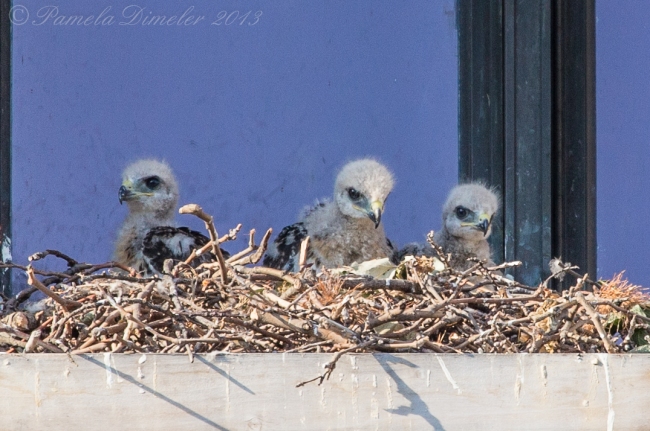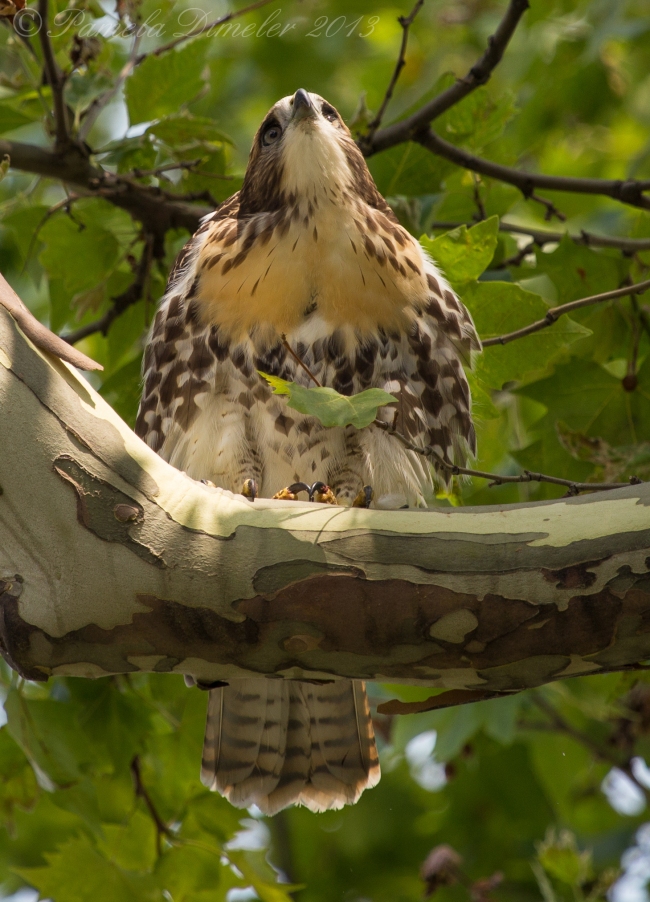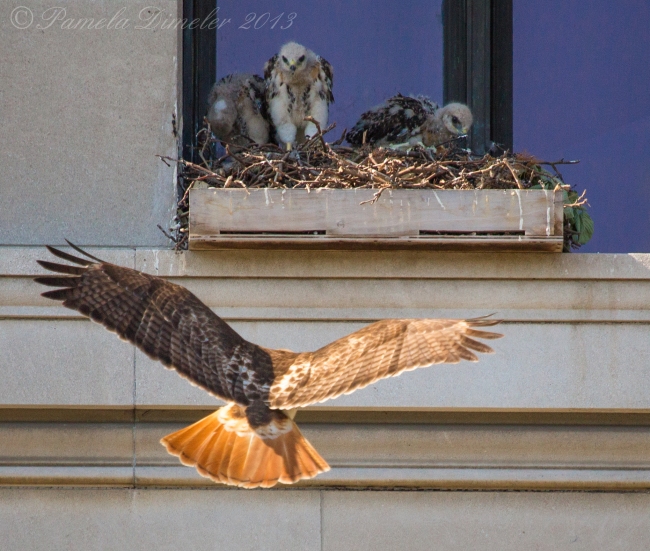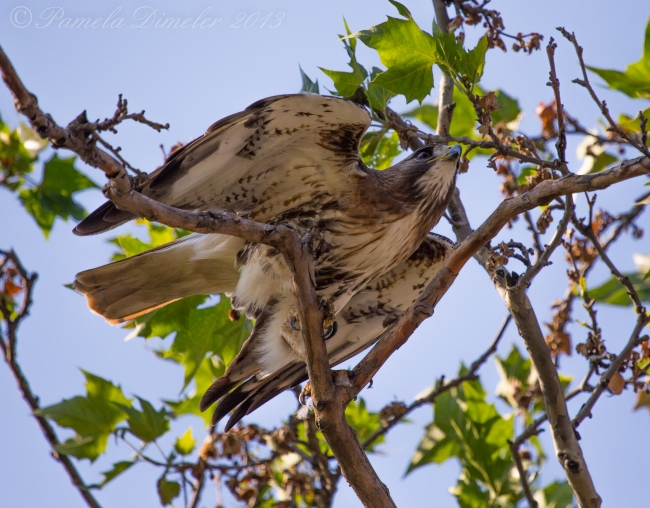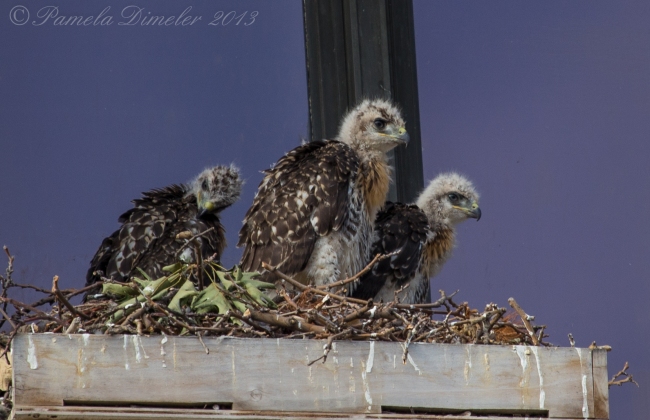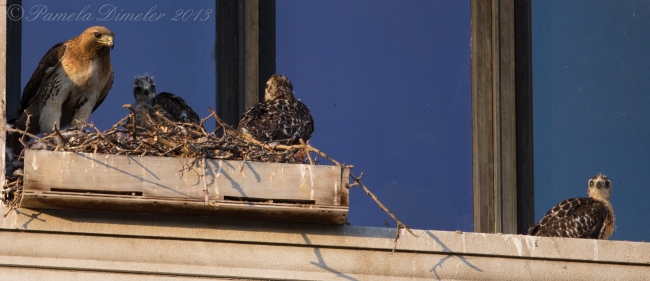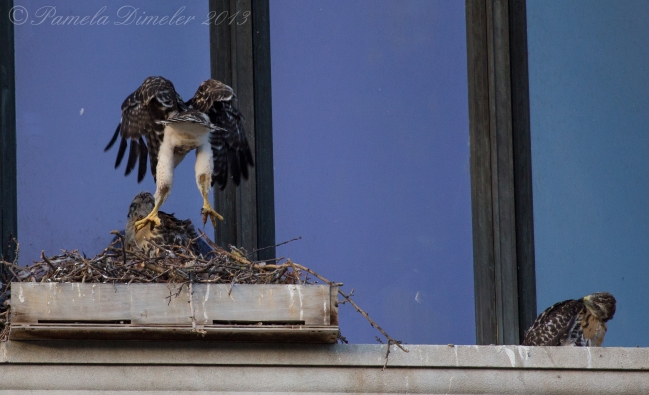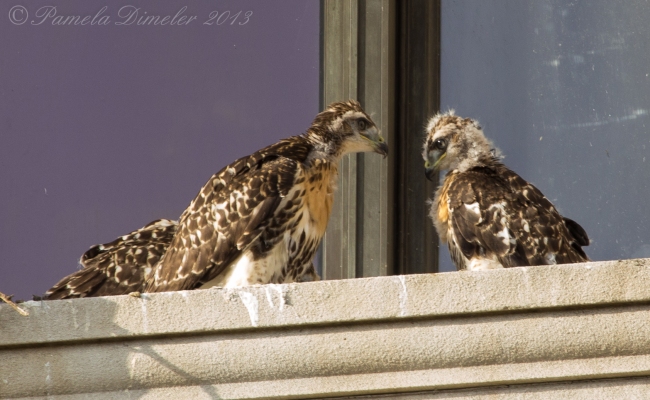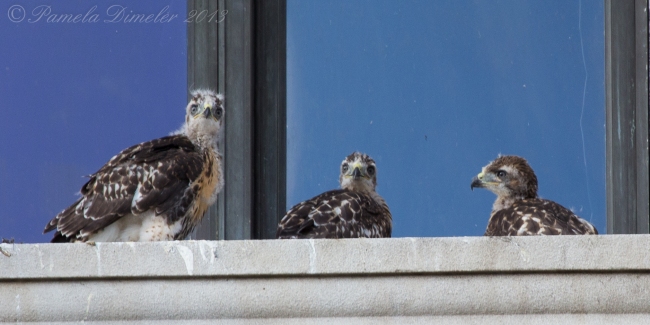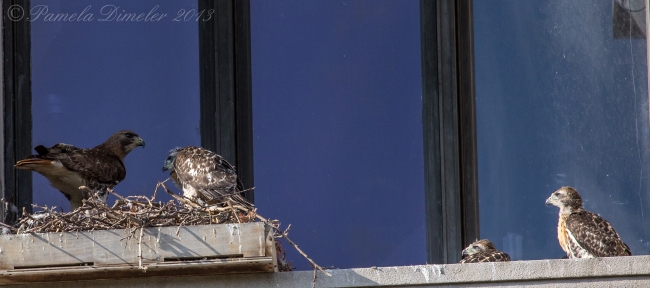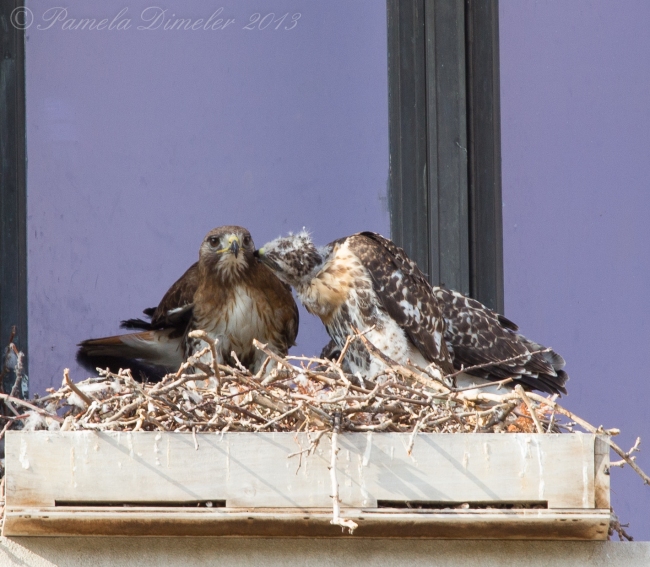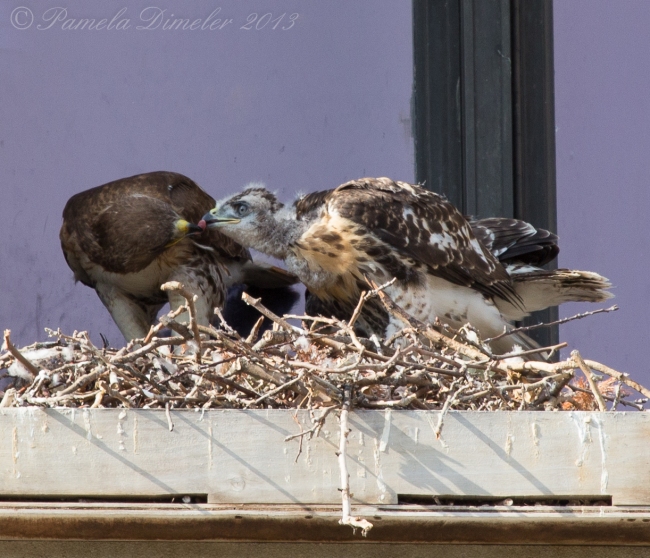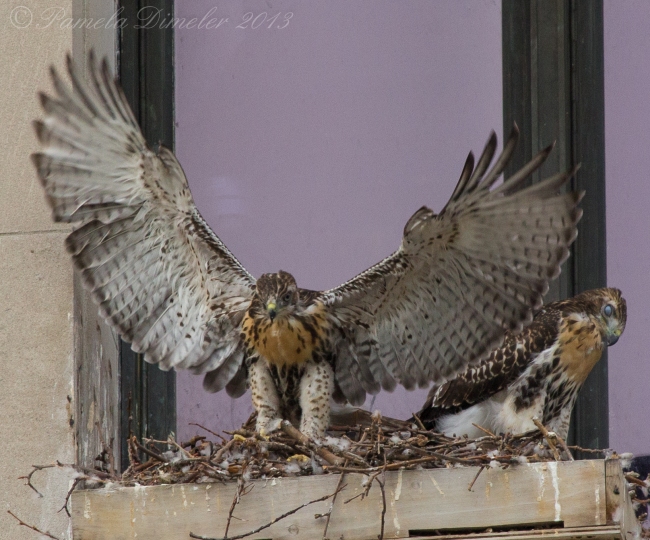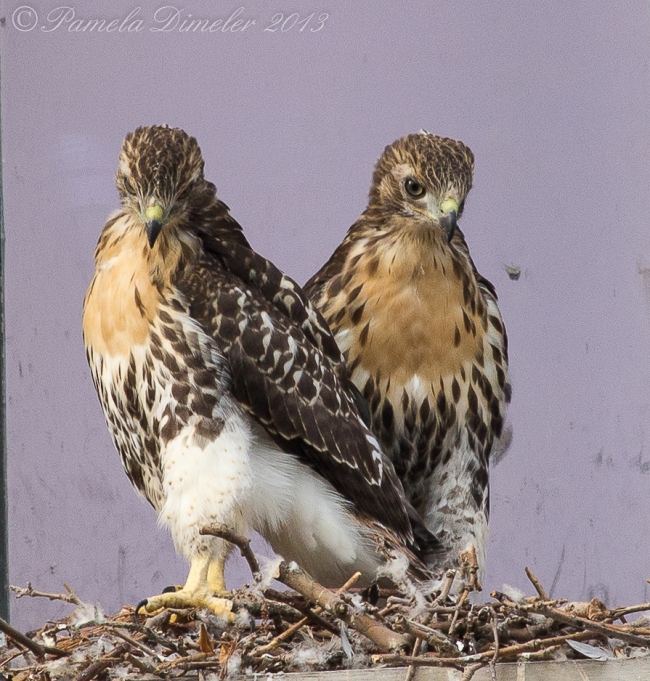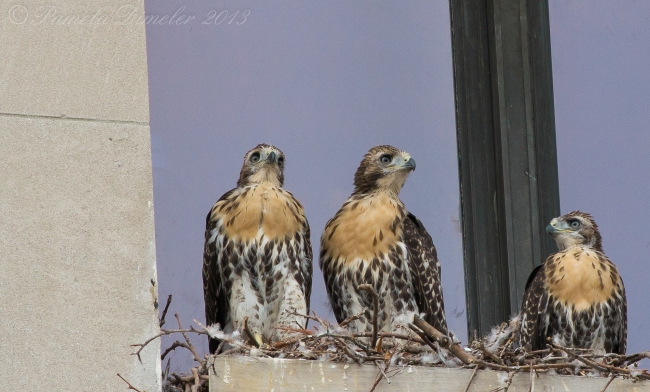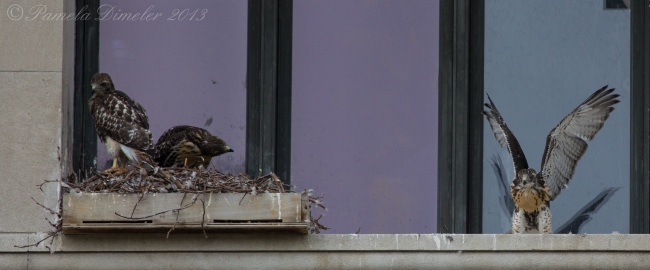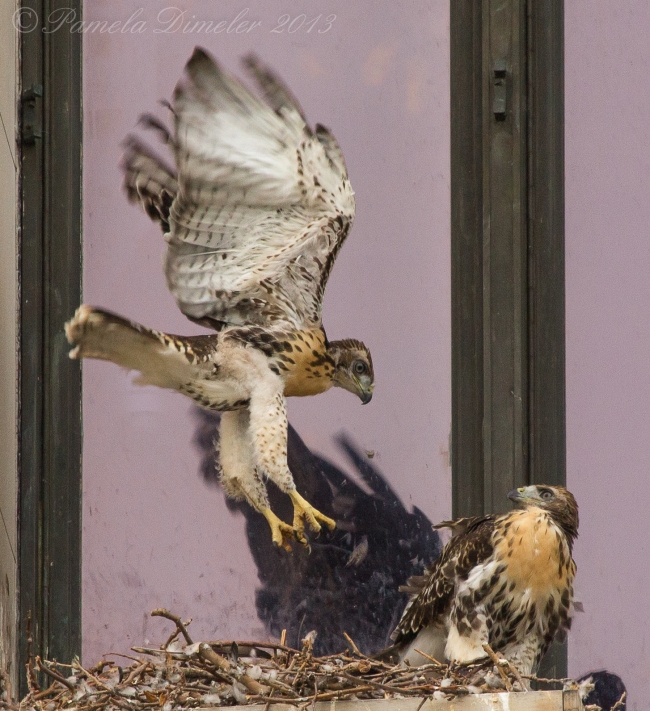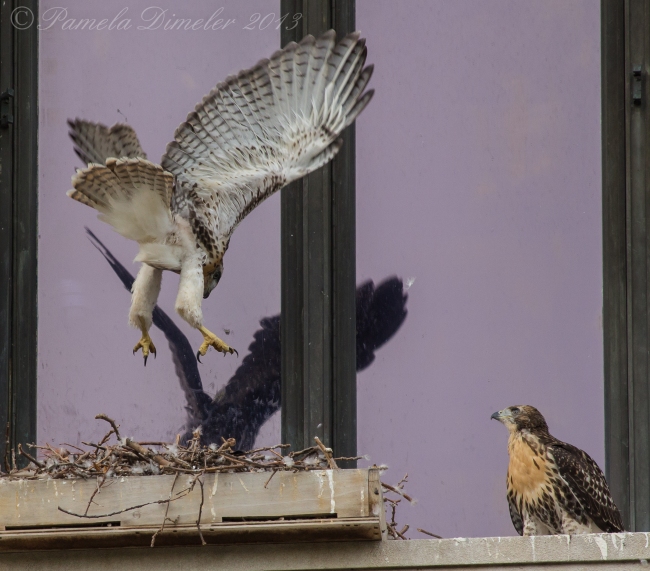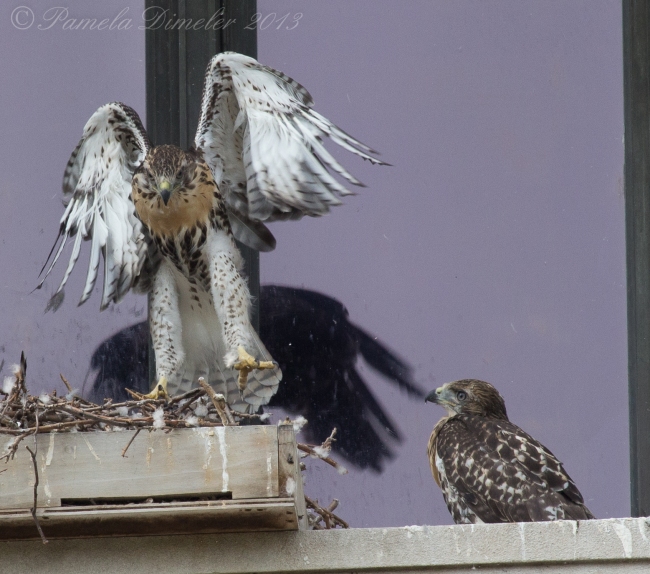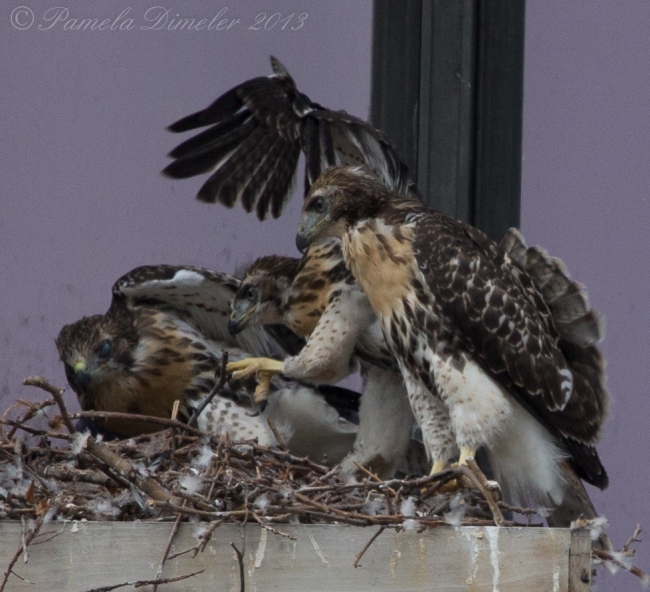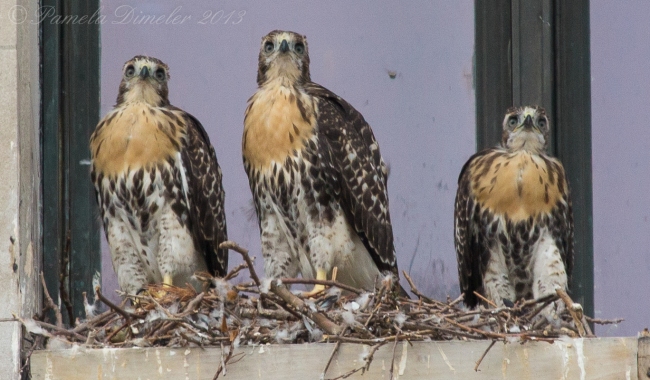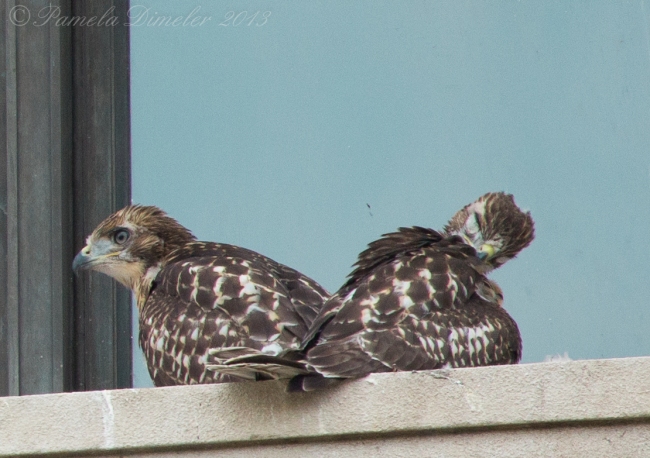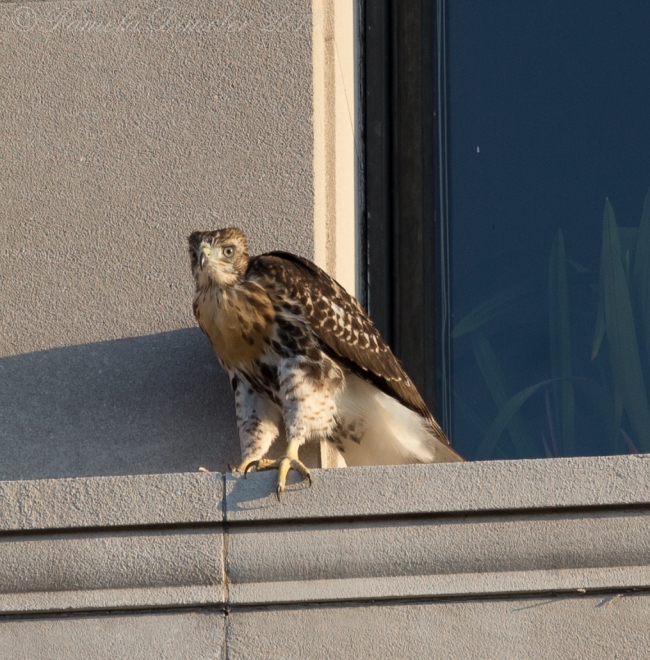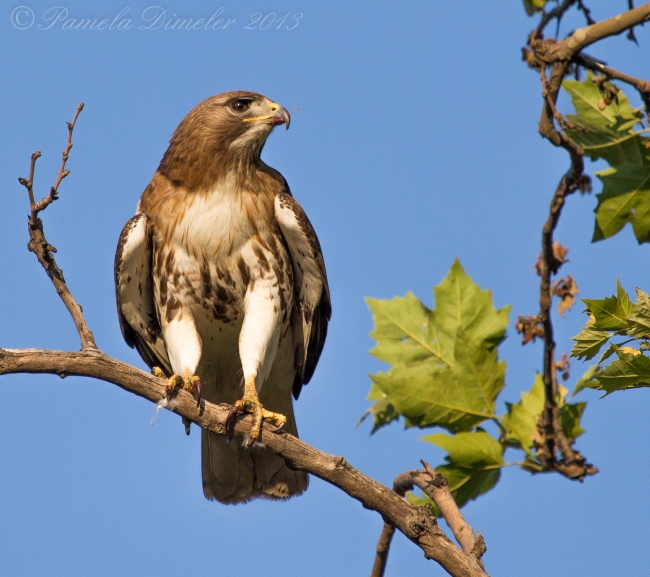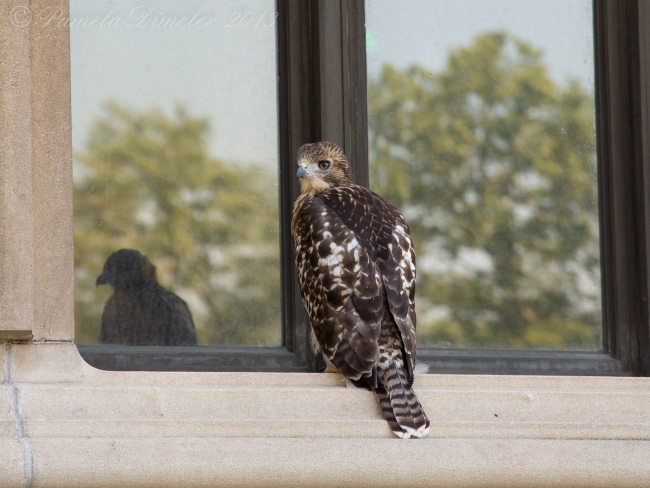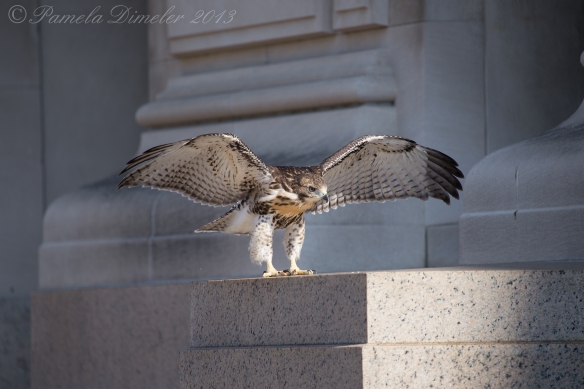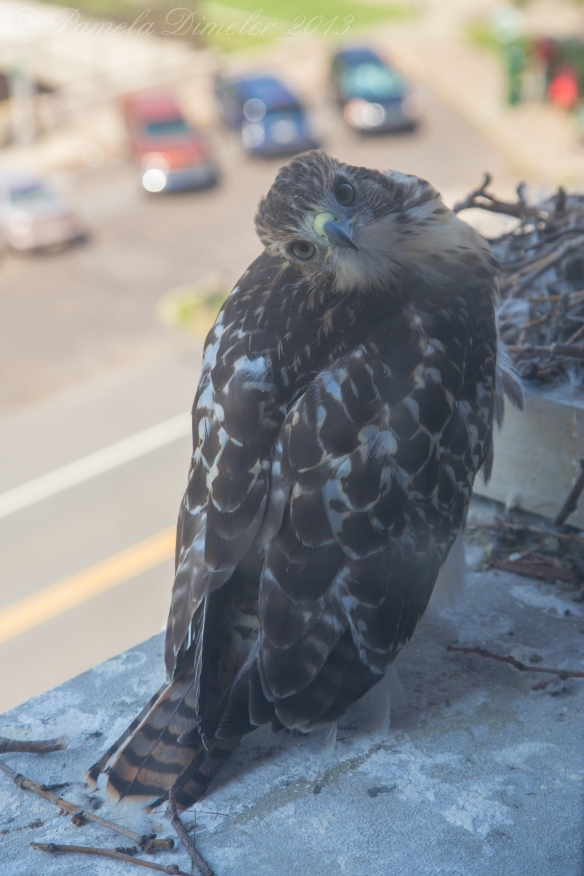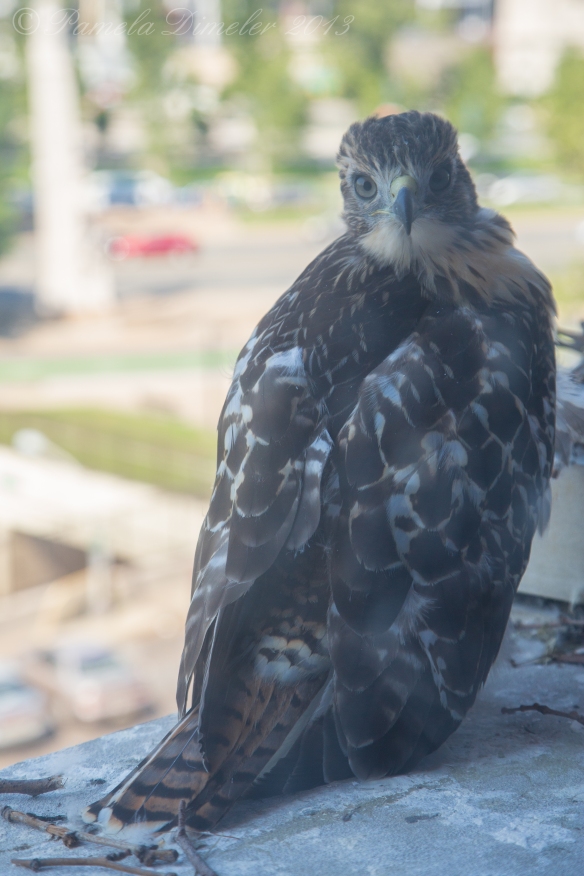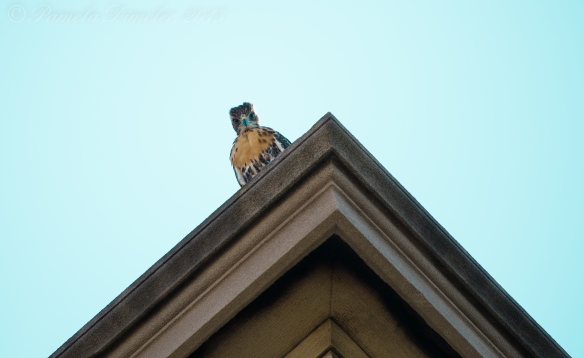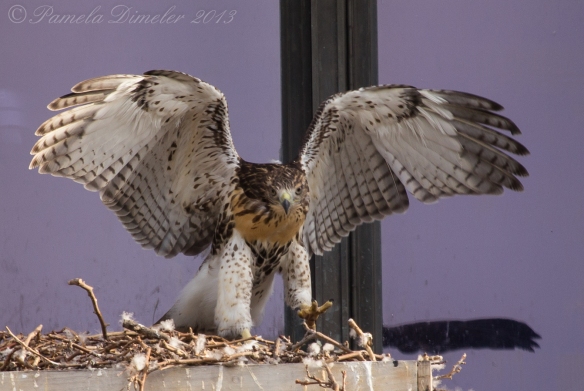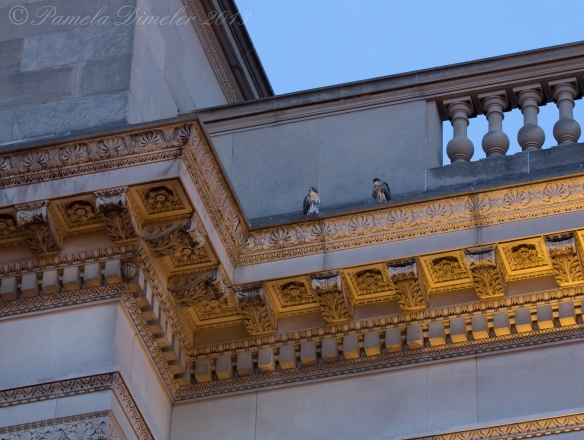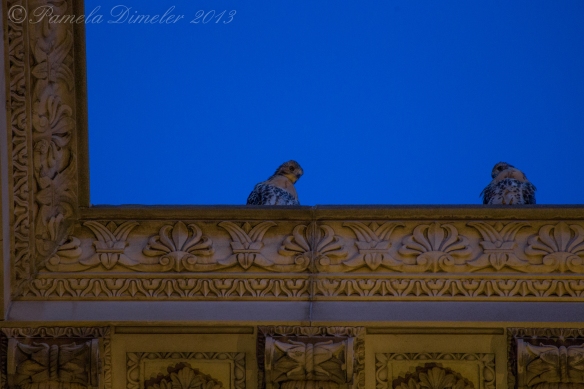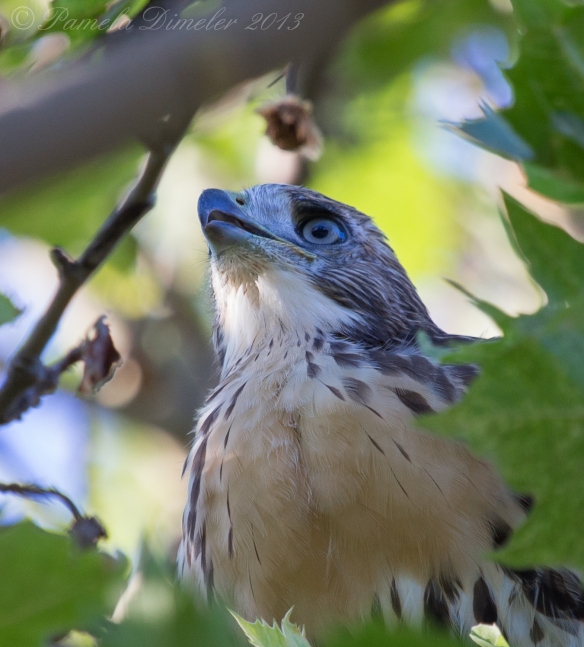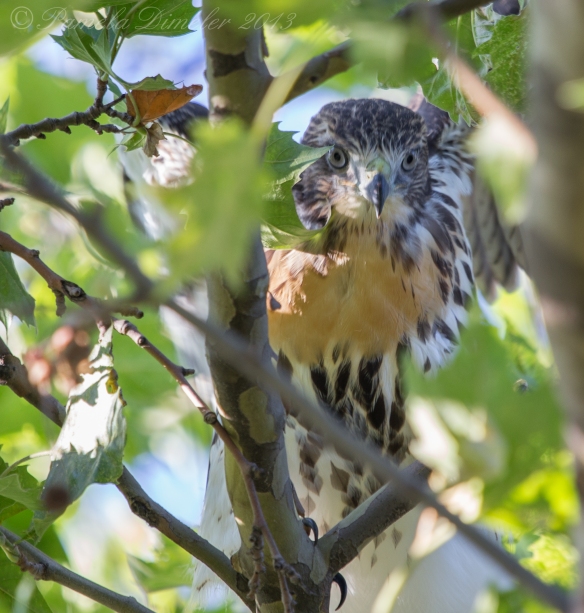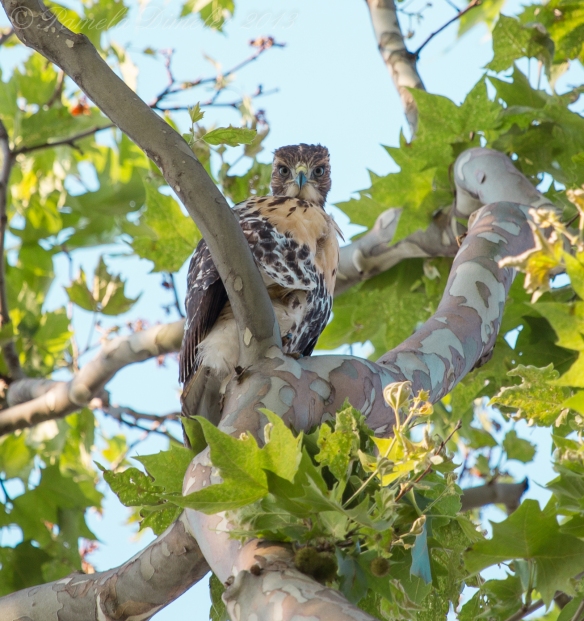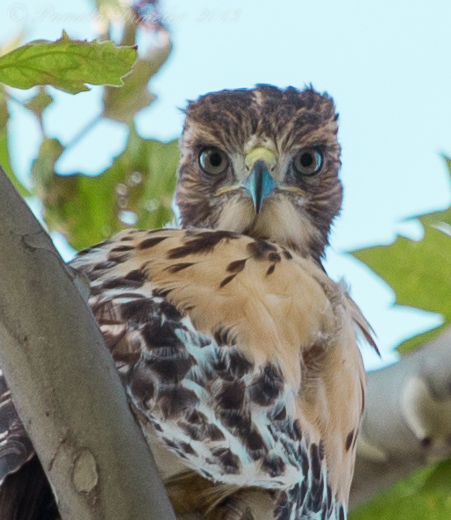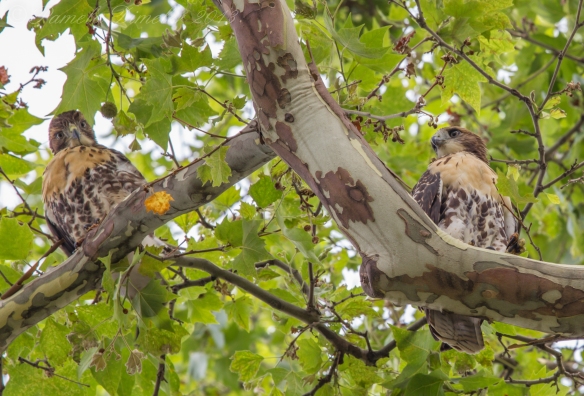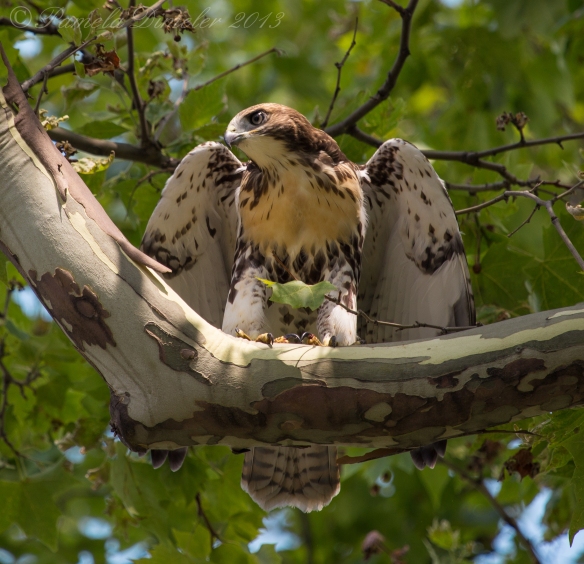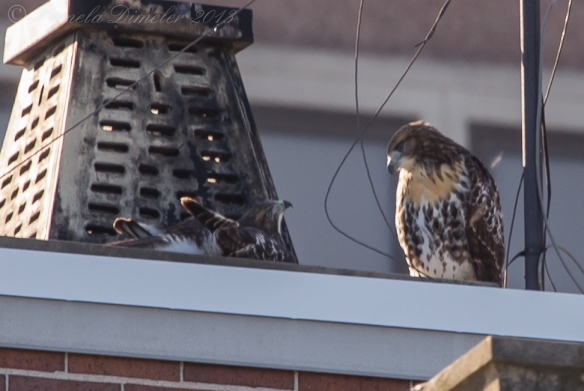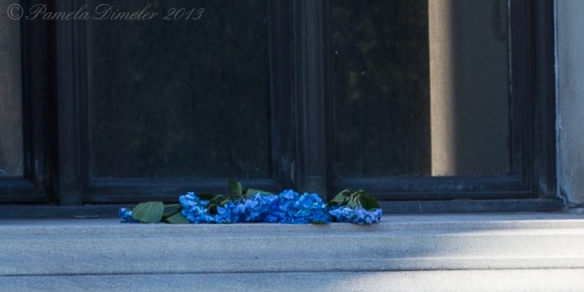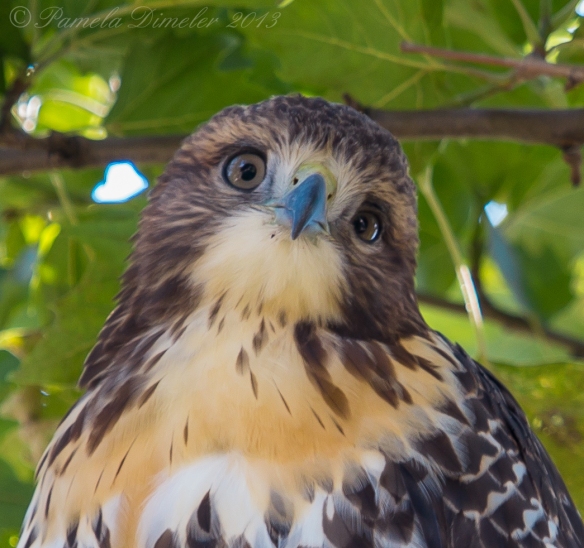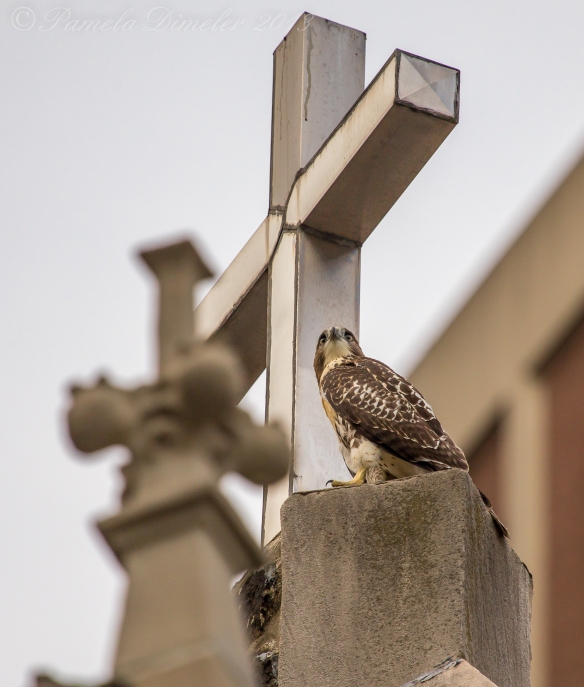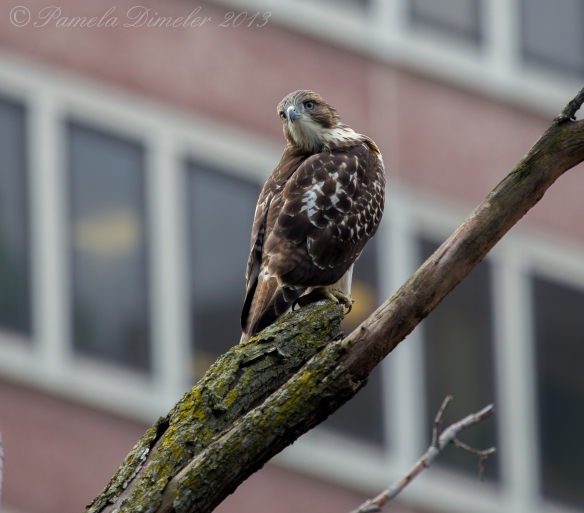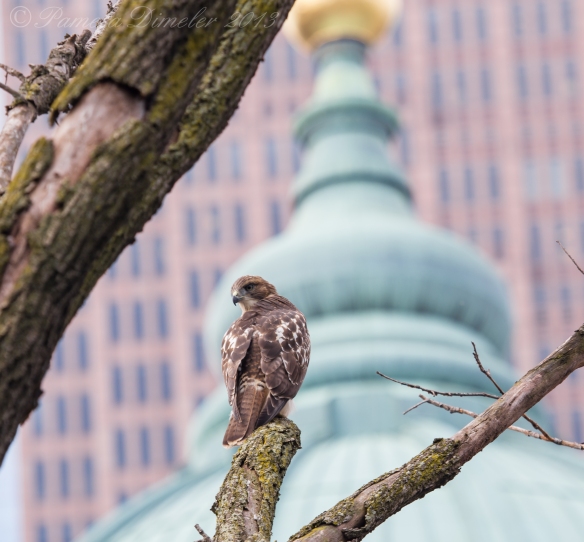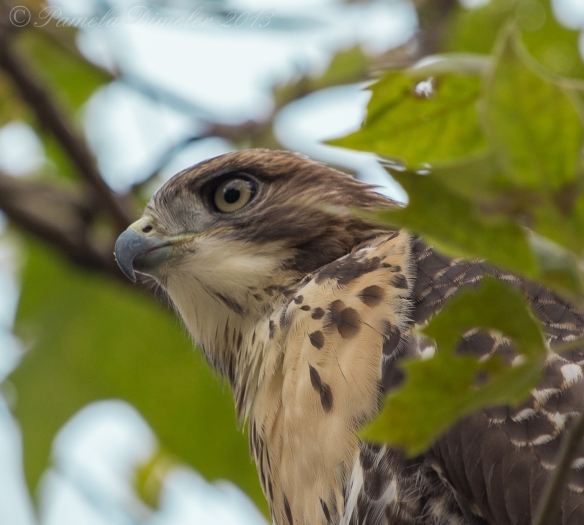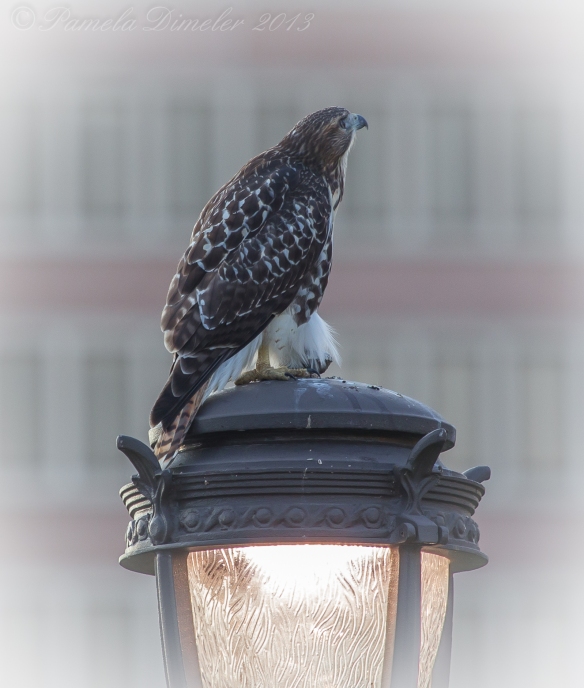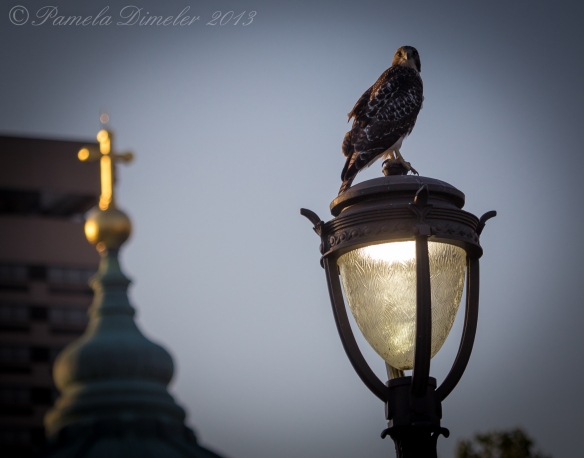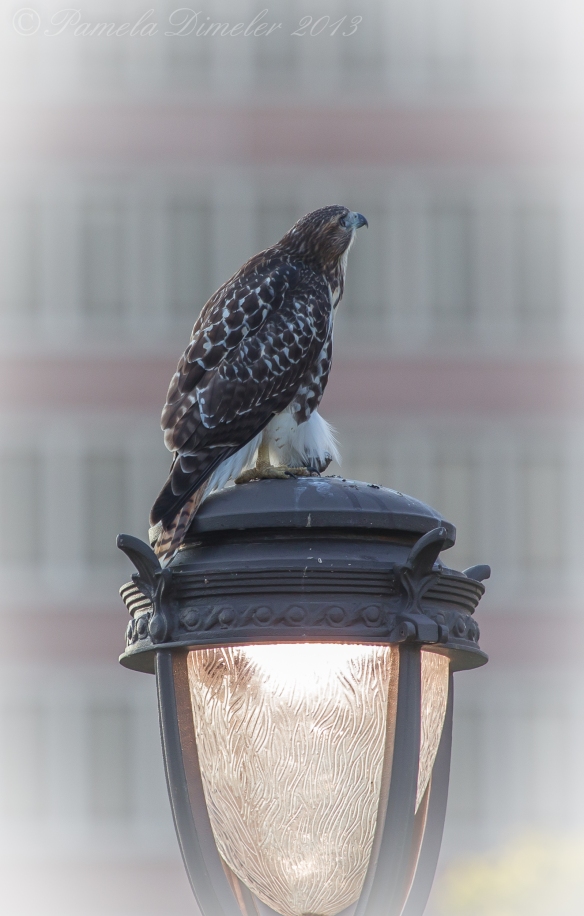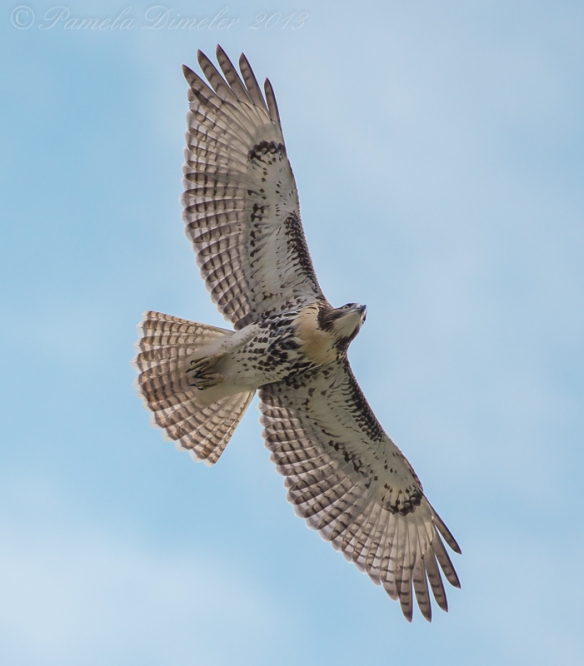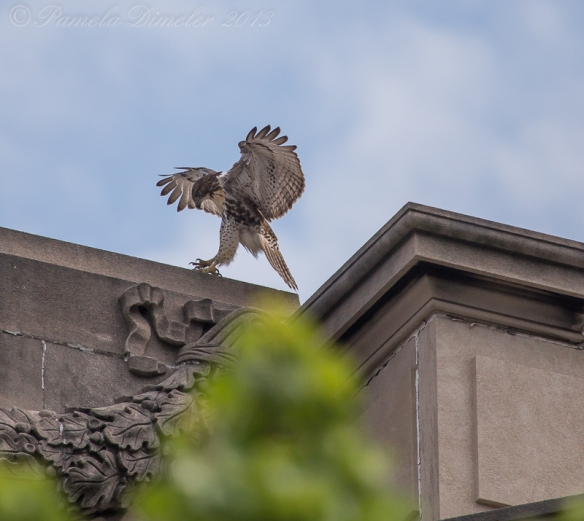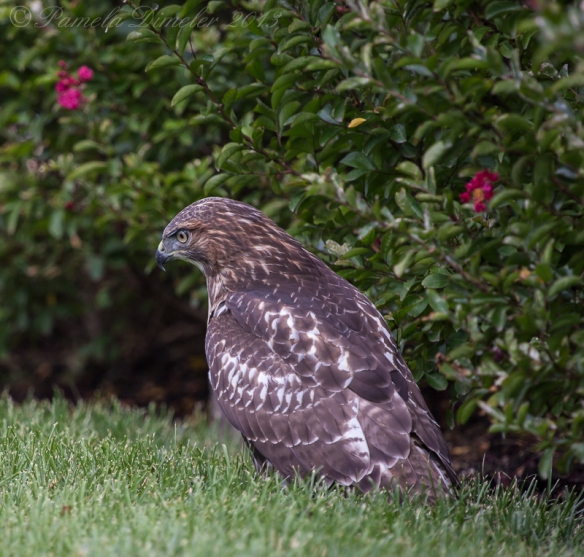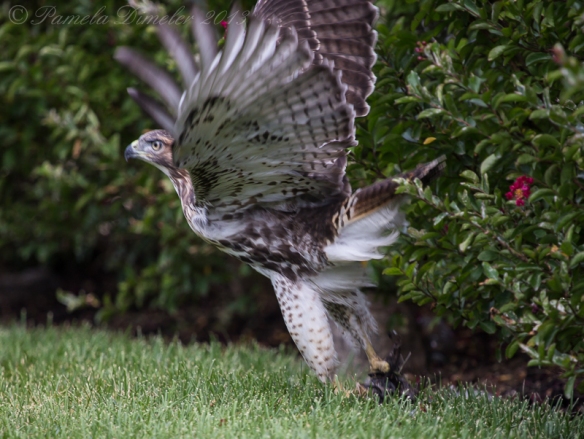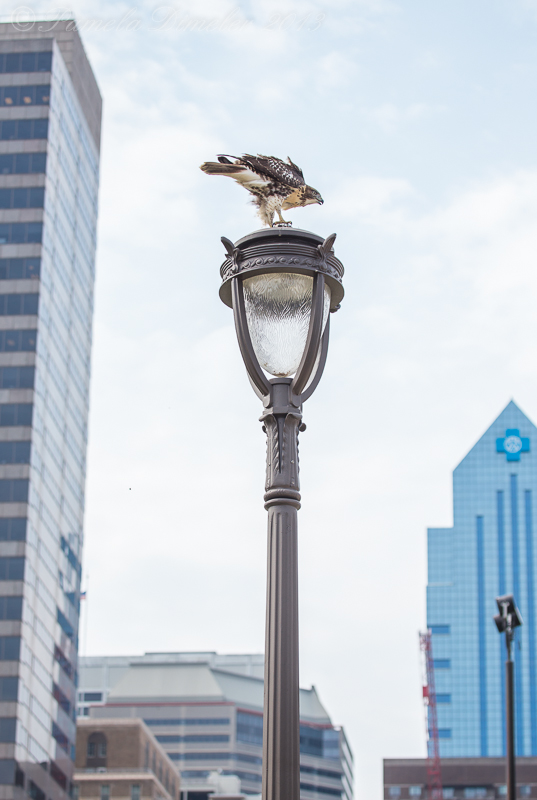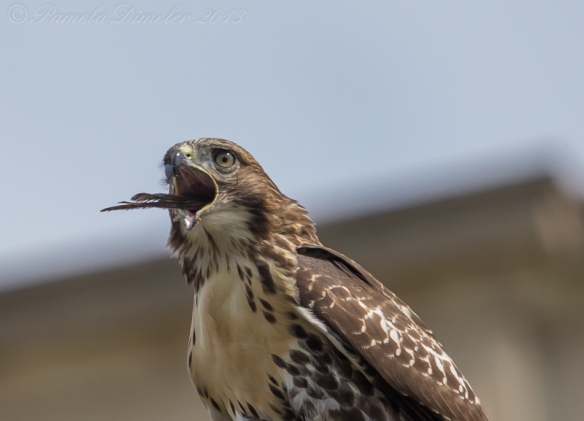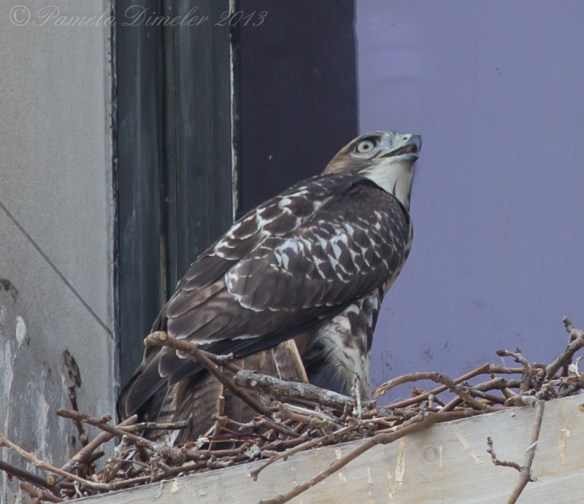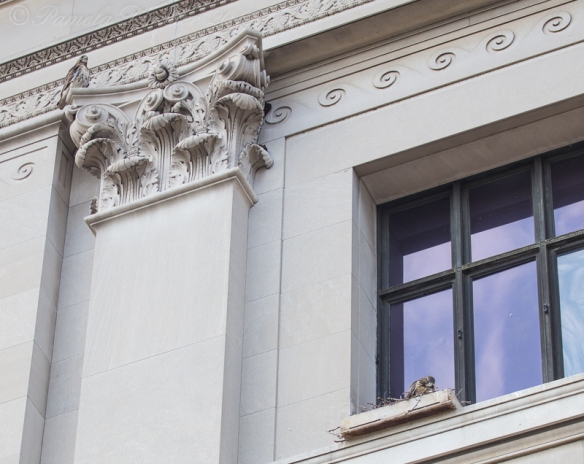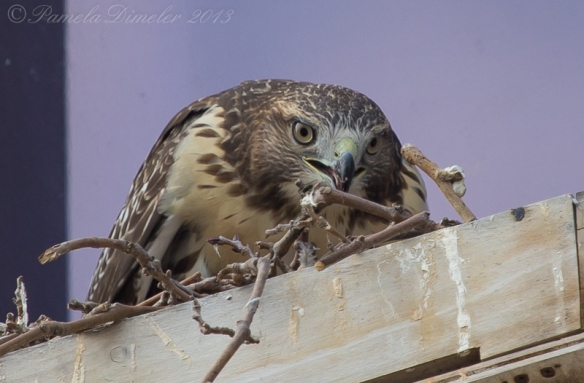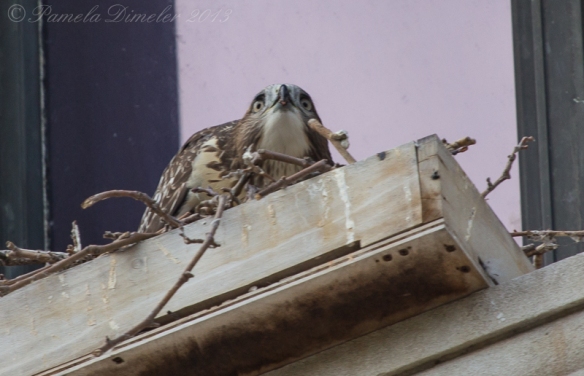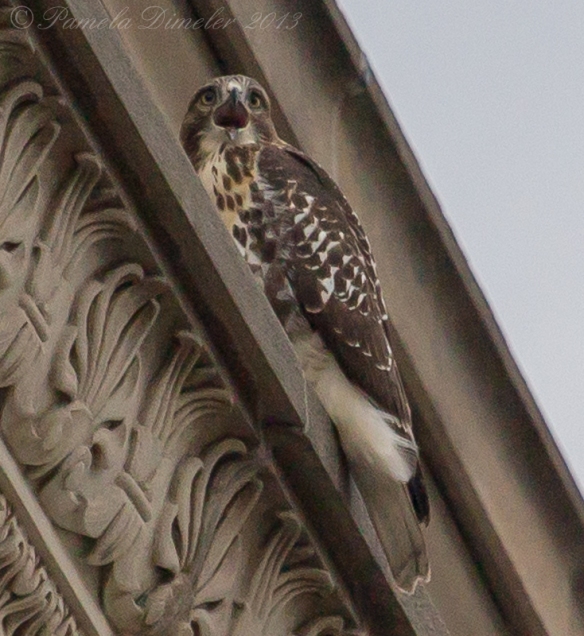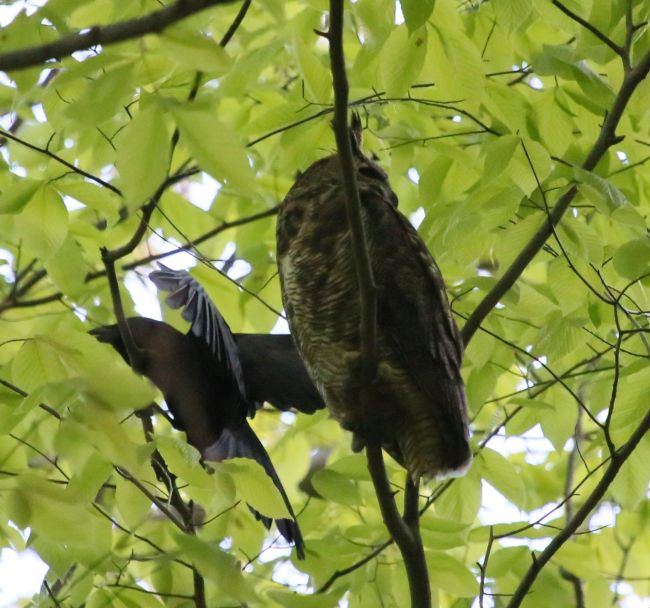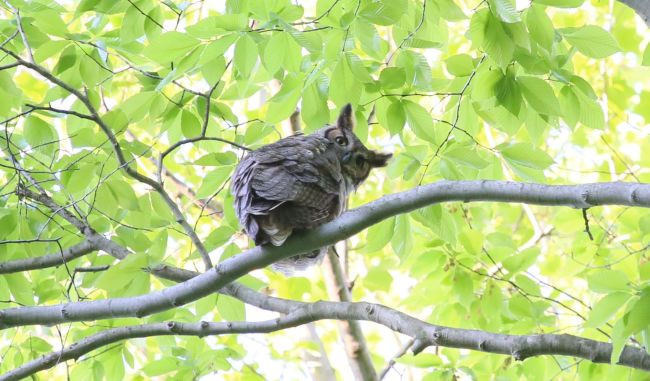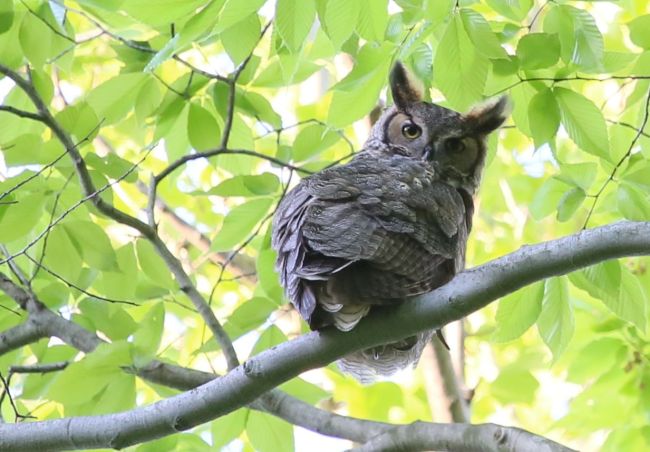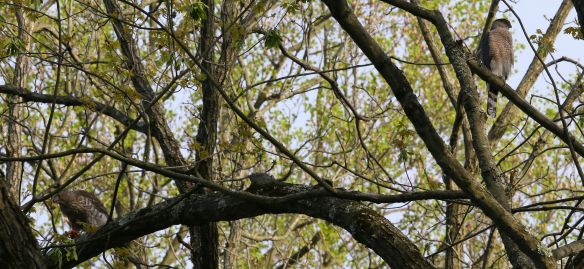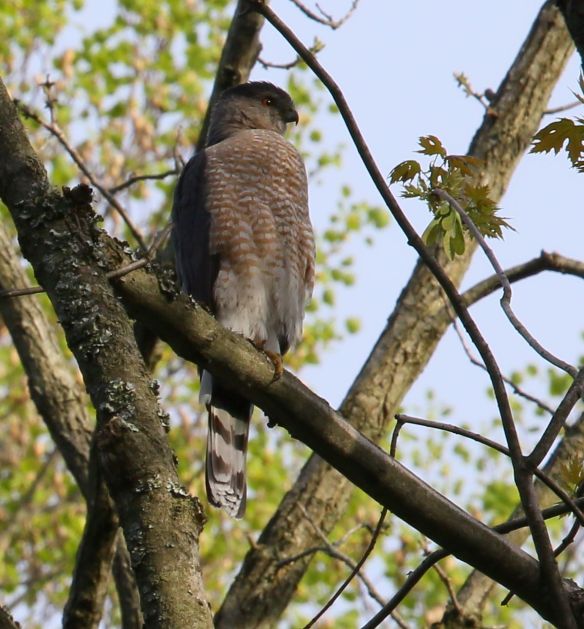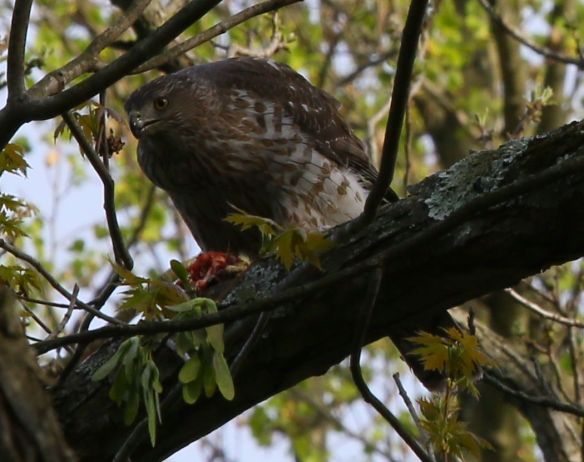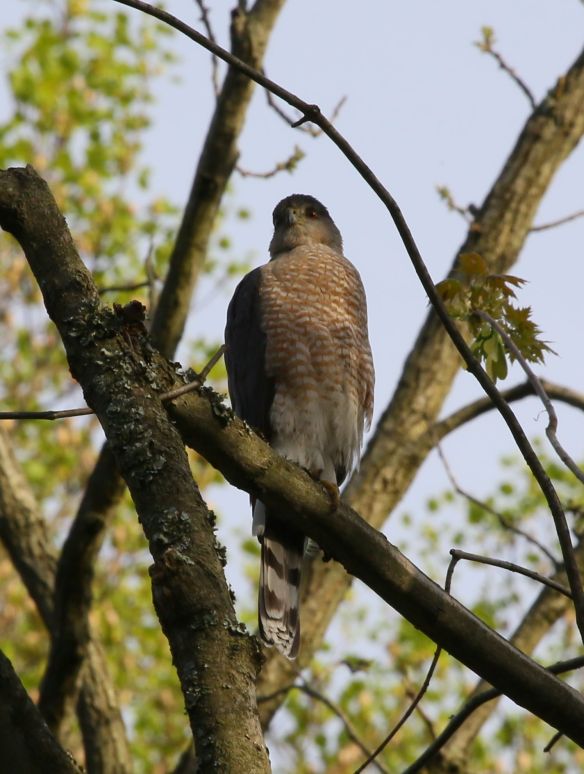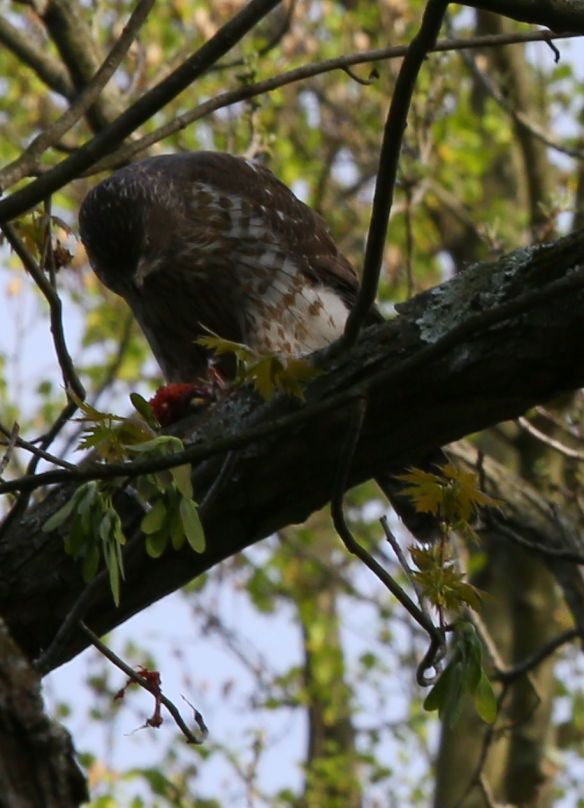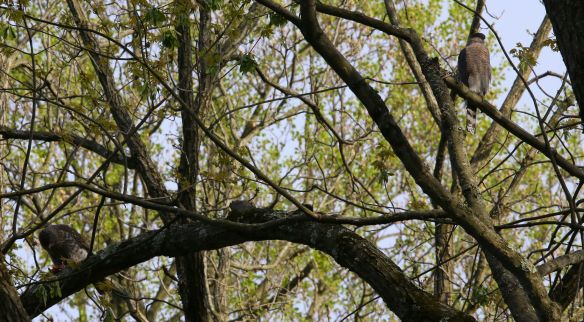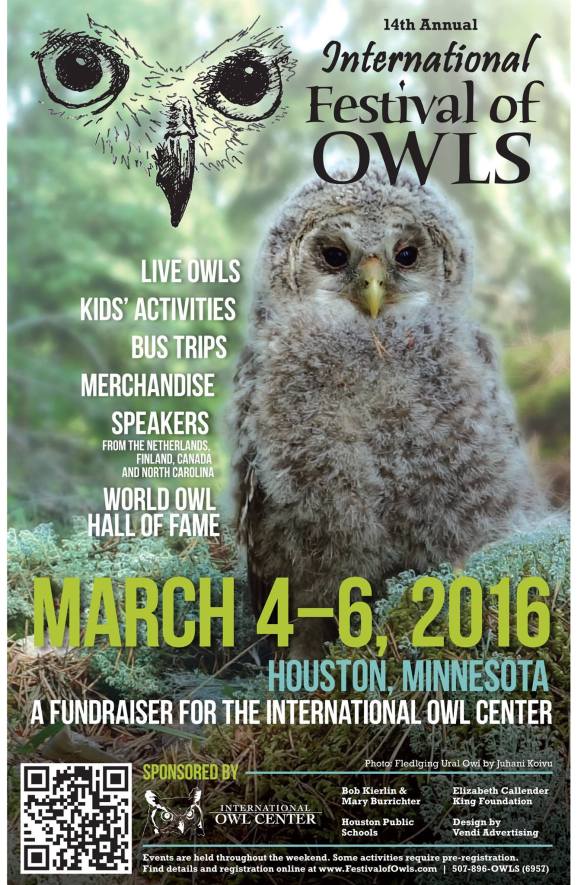 March 1 – 3 Prequel to Festival
March 1 – 3 Prequel to Festival
I had the wonderful opportunity this year to spend a few days in Wisconsin. Rick Schultz, a good friend of mine was and excellent “tour guide”. Rick, his faithful companion Punky, a sweet pup and myself visited the small town of Freedom, WI. Freedom is a perfect habitat for Snowy Owls in winter.
Snowy Owls spend their summers breeding in the Arctic, but migrate during the winter into parts of lower Canada and northern United States. Snowy Owls have made it into Wisconsin for the past few years and it is a real treat to be able to see them in the wild. For the most part, Snowy Owls like to spend their winter months in areas similar to the tundra where they breed. Areas such as agricultural fields, marshes, along beaches, harbors, expanses of ice and even airports. The agricultural area of Freedom Wisconsin was where Rick and I photographed and observed about 6 different Snowy Owls.
Snowy owls are very easy to recognize. Adult males are predominately white while adult females and juveniles are white with dark spotting. They are the heaviest owl in North America weighing 4 pounds and have a wingspan of 4 feet. They are Nocturnal (active at night) and Crepuscular (active at dawn and dusk). During the day in Wisconsin they spend most of their time roosting out in the fields. At about 4 P.M. they begin to fly up to perches such as fences, road signs, and telephone poles as they prepare to hunt.
Rick and I were in awe when we happened to see a Peregrine Falcon fly in and threaten one of the Snowy’s who was trying to roost on a roof. Here are a few pictures of the encounter. In the end the Peregrine flew off, leaving the Snowy to continue roosting in peace once again.
On the last evening we happened to spot a young Snowy perched on a “Stop Ahead” Road sign. One of the last Snowy’s I saw during the two-day unforgettable visit.
One more exciting event that we witnessed was a Great Horned Owl Mom on her nest and the male roosting very nearby the nesting tree.
Friday March 4th – Day 1 International Festival of Owls
I finally arrived at my favorite Inn, the Loken’s Sawmill Inn, Cedar Street, Houston MN! After unpacking my bags, I quickly made my way to the International Owl Center. What a joy to see the live owls on display: Uhu (the Eurasian Eagle Owl) and Ruby and Rupert (the Great Horned Owls). I feel at home and in my element when I am at this event. All who attend are friends who love owls and care about making the world a better place for owls.
Uhu, the amazing Eurasian Eagle Owl
Ruby and Rupert, the Great Horned Owls
After a brief visit to the Owl center I walked to the reception held at the Houston Community Center. A great time was had by all who attended and delicious “owl themed” food was served. At this reception I had the privilege to meet and talk with a few of the 2016 World Owl Hall of Fame winners. I also met and reconnected with several friends that I have made over the past 4 years.
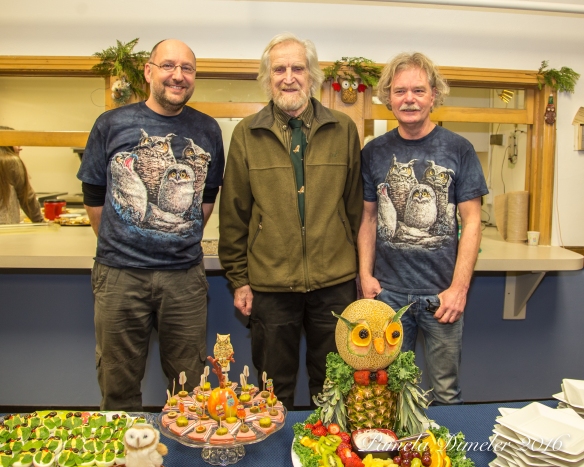
Following the reception I returned to the Center as the snow was falling. It was a gorgeous evening in Houston. International Owl Center
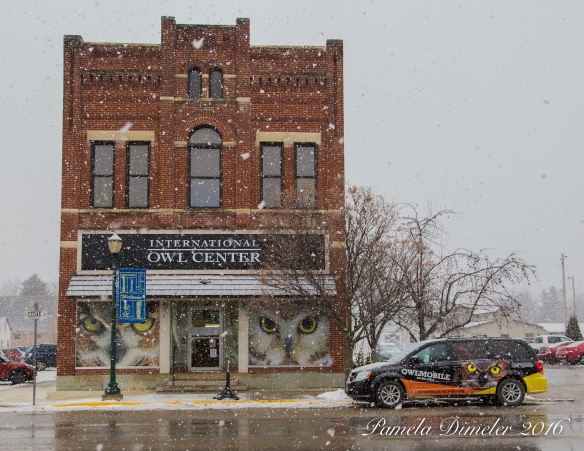
Karla was thrilled with the Owl Center’s new van, the “OWLMOBILE” which the center was able to purchase with donations from supporters of the International Owl Center! License plate: OWL CTR!
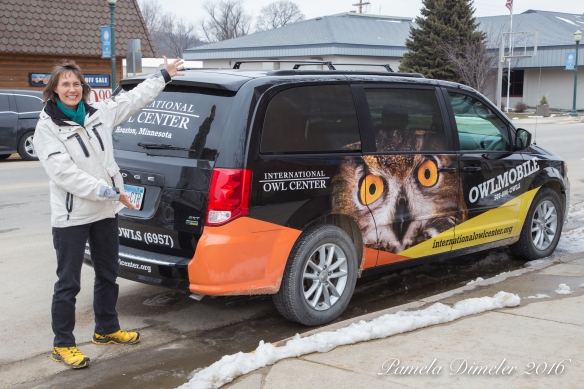
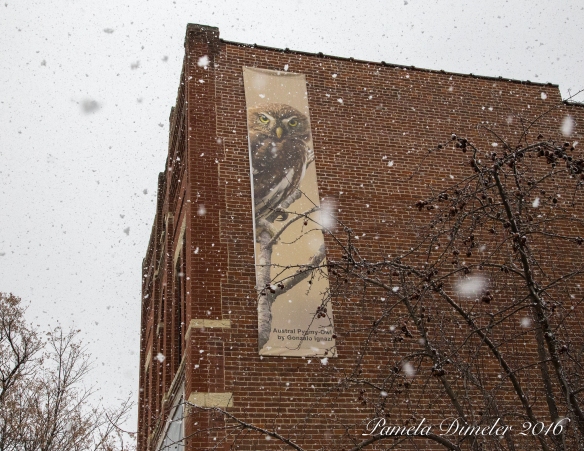
At the Owl Center visitors could vote on their favorite photo in the annual photo contest.
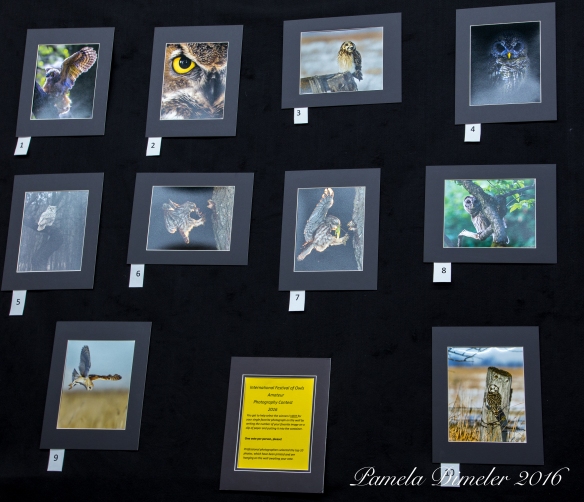
The above are the top 10 photos that were voted on by the visitors to the center during the Festival. And the winners are:
#10 What are you looking at? (Short-eared Owl) by Jeff Grotte, Minnesota, USA, 1st Place
#5 Subarctic Minnesota (Great Horned Owl, subarcticus subspecies) by Jeff Grotte, Minnesota, USA, 2nd Place
#4 African Wood Owl by Alan Jonker, South Africa. 3rd Place
Two of my photos made the top 10 and that I was quite happy about that. Can you guess which two are mine?
There is also a coloring Contest and children from all over the world participate in this. Below are a few of the beautiful and award winning entries.
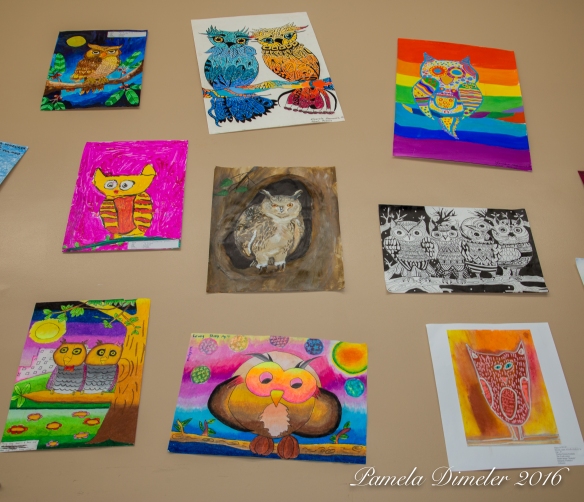
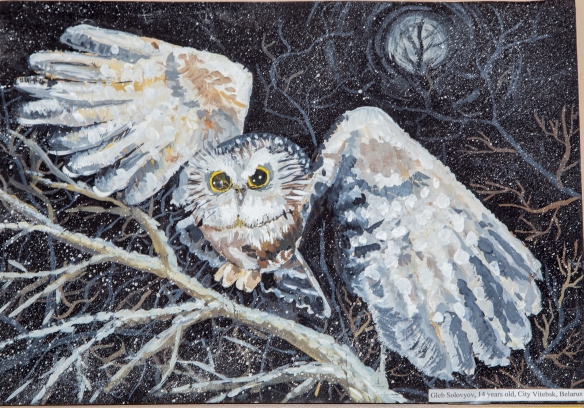
Pictured here is the inside of the Owl Center on Friday March 4th. Jo Severson was about to present a live owl program as the audience waited with anticipation!
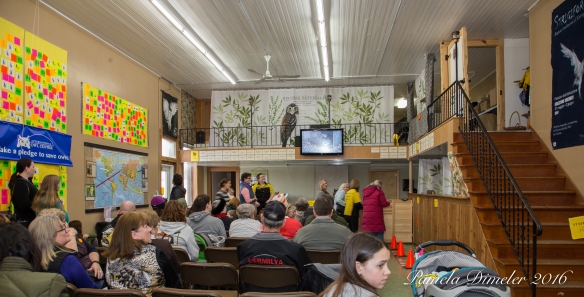
This evening at 7 P.M. there was a Live Owl Program at the Houston High School by the Illinois Raptor Center: Nest-Cues (renesting young owls). Here are a few pictures from this wonderful and educational program featuring Eastern Screech-Owls, a Barn Owl, and Barred Owls. Illinois Raptor Center
Friday evening immediately after the Live Owl program, I went on an Adult-Only Owl prowl for 2 hours. It was extremely fun and educational. It was led by David H. Johnson, Director of the Global Owl Project .
Saturday March 5 – Day 2 International Festival of Owls
Saturday morning I always look forward to the “Owl face” Pancake Breakfast held at the local Lutheran Church. It was delicious as usual and a great way to begin day 2 of our festival.
The Illinois Raptor Center presented another excellent program Saturday morning entitled: “Rescue, Research, Rehab and Technology. This live Owl program featured Snowy Owls and Great Horned Owls.
Also on Saturday afternoon was a wonderful program by Ronald van Harxen and Pascal Stroeken from the Netherlands: The Little Owl: A Great Owl to Work On , and a program by Jim Duncan “25 years of Citizen Science Nocturnal Owl Surveys”.
The annual Kid’s Hooting Contest was a big success as usual and very entertaining!
SATURDAY EVENING – Banquet and World Hall of Fame Award Presentations held at the Four Seasons in Caledonia.
This is the evening I always look forward to when the World Hall of Fame awards are presented to people (and owls) who have made the world a better place for owls.
From the International Festival of Owls Website:
“The purpose of the World Owl Hall of Fame is to bring public recognition to the owls and humans who have done great things to make this world a better place for owls. Three types of awards are given out each year: the Lady Gray’l Award (for owls), the Champion of Owls Award (for humans), and the Special Achievement Award (for humans).”
Click on this link for more detailed information on the winners: 2016 Award Winners
The awards themselves are handmade and very beautiful. The Champion of Owls Award is one of my favorites!
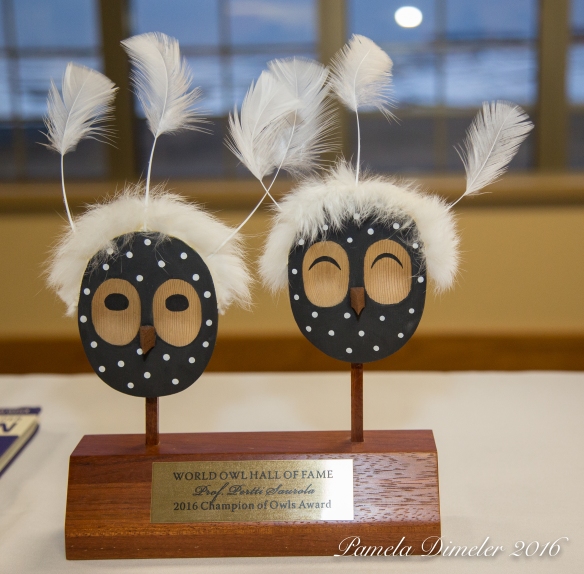
Ronald van Harxen and Pascal Stroeken, were presented the Special Achievement Award. They are from the Netherlands and are the founders of the Dutch Little Owl Working Group. They began their work in the 1980’s when they put up many nest boxes, monitored them, banded the young and recorded data. Hein Bloem together with Ronald and Pascal founded STONE “The Dutch Little Owl Working Group”. The goal of this group is to bring together everyone working with Little Owls in the Netherlands to create a central knowledge base for research and protection. Ronald and Pascal work directly with the public and educate land owners about habitat management. Today, several hundred people are protecting and researching Little Owls supported by STONE.
The Lady Gray’l Award:
Dudley the Great Horned Owl, North Carolina
Dudley had a 28 year career as an educator at the Carolina Raptor Center in Huntersville, NC. Jim Warren, the executive director of the Carolina Raptor Center worked with Dudley and accepted his award. Dudley visited prison inmates, educated thousands of people, and was featured on television and on stage with Jack Hanna. Dudley, the Great Horned Owl made a huge impact on the world and helped raise thousands of dollars for conservation. Sadly he passed away at the age of 30.
Special Achievement Award
Friedhelm Weick, Germany
Friedhelm Weick has worked as a professional illustrator since 1965 and his most recent work “Fascinating World of Owls” features the rarest and most beautiful owls of the world. Most biologists own a copy of his book “Owls, A Guide to the Owls of the World” and “Owls of the World” which illustrate all of the owl species in the world! He was unable to attend the festival. Below David H. Johnson is giving us a glimpse of Friedhelm Weick’s beautiful book with Karla Bloem.
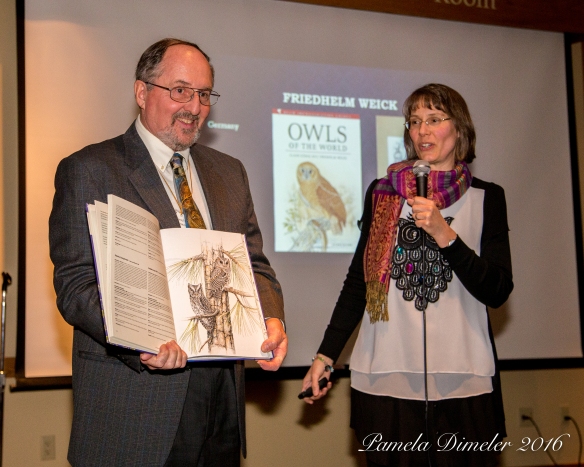
Lady Gray’l Award – Nemo, the Long Eared Owl
Jim Duncan, Director of the Wildlife Branch of Manitoba Conservation in Canada.
Nemo’s main work as an educator reached over 12,000 people and raised over $50,000 for graduate students and owl conservation efforts. Thousands of his pellets were given to schools to dissect. He most recently helped convince elected officials to revise the Wildlife Act in Manitoba to ban roadside feeding of wildlife, including owls. Nemo sadly passed away in 2015.
Champion of Owls Award – Professor Pertti Saurola from Finland
Professor Pertti Saurola has dedicated over 50 years of his life to studying owls. He has constructed hundreds of nest boxes that he mounted and monitored over the years. He has banded over 3,000 Ural Owls and over 3,000 Tawny Owls, among thousands of other birds. He is the head of the Finnish National Center of Bird Ringing (banding) and the President of the European Union for Bird Ringing. Pertti was the featured speaker at the banquet and presented “My Private Soap Opera: 50 Years as a spectator among Ural and Tawny Owls” Pertti is also an extraordinary musician and after his lecture he serenaded us at the banquet with his magnificent baritone voice.
It was a very lovely evening filled with good food, wonderful company and an excellent program.
Sunday March 6th, Day 3 International Festival of Owls
Sunday was a very wonderful day, starting out with an incredible sunset. I drove to the top of my favorite “hill” in Houston and stood in awe as the horizon moved down.
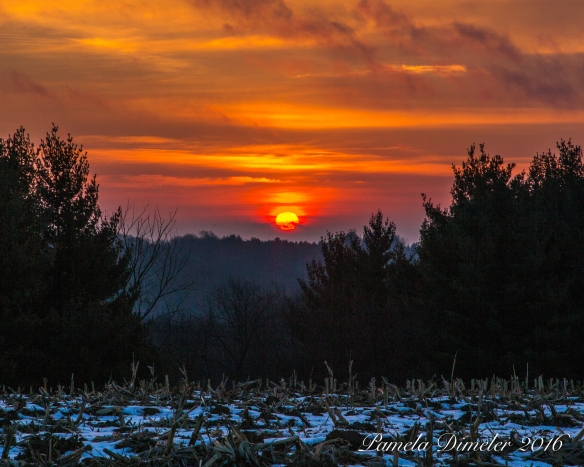
After the sunrise, I explored a little farther down the road and came across this magnificent American Bald Eagle perched in a pine tree.
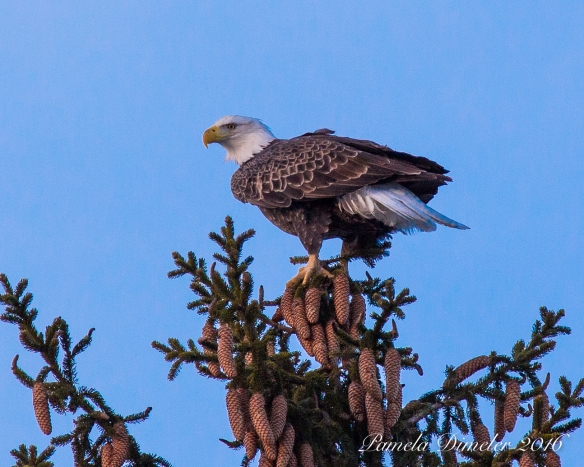
I had a lovely breakfast at my dear friend Marjorie Kitchen’s home. A wonderful time was had by all with great conversation.
Following a delicious breakfast we visited Marjorie’s goats in the barn. It is always so fun to hold the baby goats! It’s great to be kidding around!
The rest of the day on Sunday was very special. There were two more live owl programs by the Illinois Raptor Center, a Hatch Day party for Alice with lots of cake, Owl nest box building, Owl pellet dissection, and more kids activities! Jim Warren presented an excellent program about Dudley the Great Horned Owl and other owls of the Carolina Raptor Center.
I spent more time out in the field on Sunday afternoon looking for interesting birds to photograph and had success finding a Barred Owl and a beautiful American Kestrel.
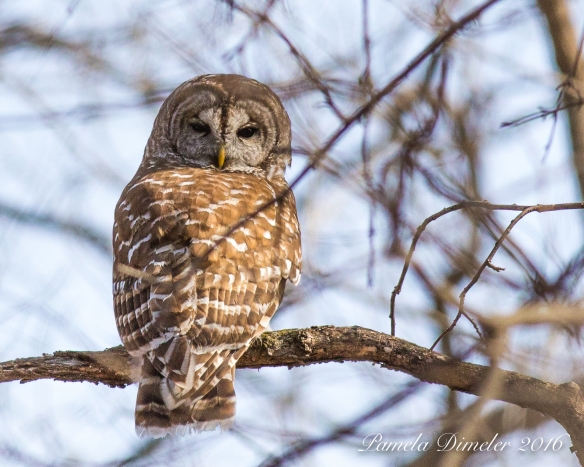
As the festival drew to an end, I was able to reflect on what a wonderful event this weekend is. If you have never attended this, I hope someday you will get the chance!
On Sunday evening I was happy to spend time with many of the new friends that I made of the three-day event. I want to thank Karla and Hein for their hospitality and kindness. Without them there would not be a Festival of Owls or an International Owl Center! The world is definitely a better place for owls because of Karla and Hein! I am thankful to you Karla, for all you have taught me about owls and thank you for making me feel at home in the wonderful town of Houston, MN.
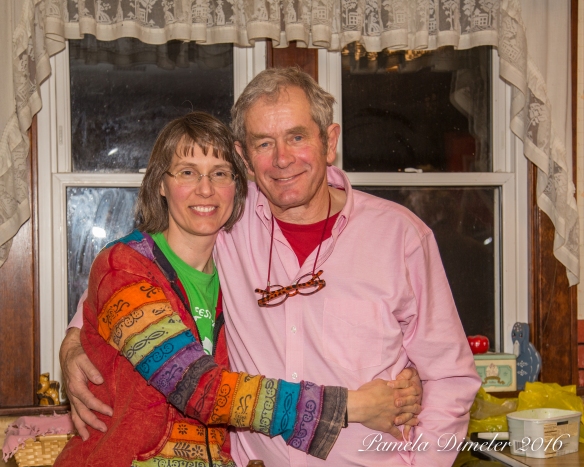
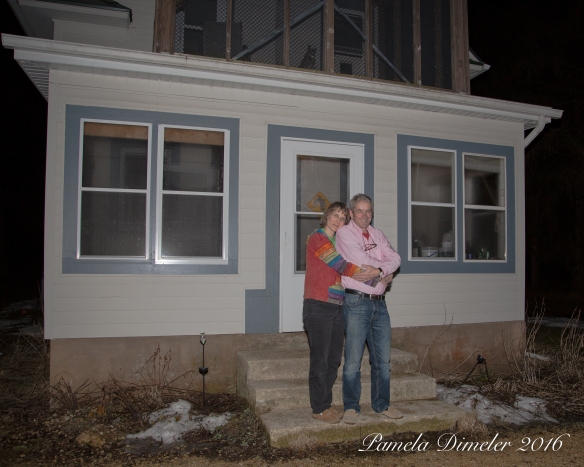
Thank you for taking the time to read my post and I hope to see you next year at the 2017 International Festival of Owls!
Fondly,
Pamela




















































































